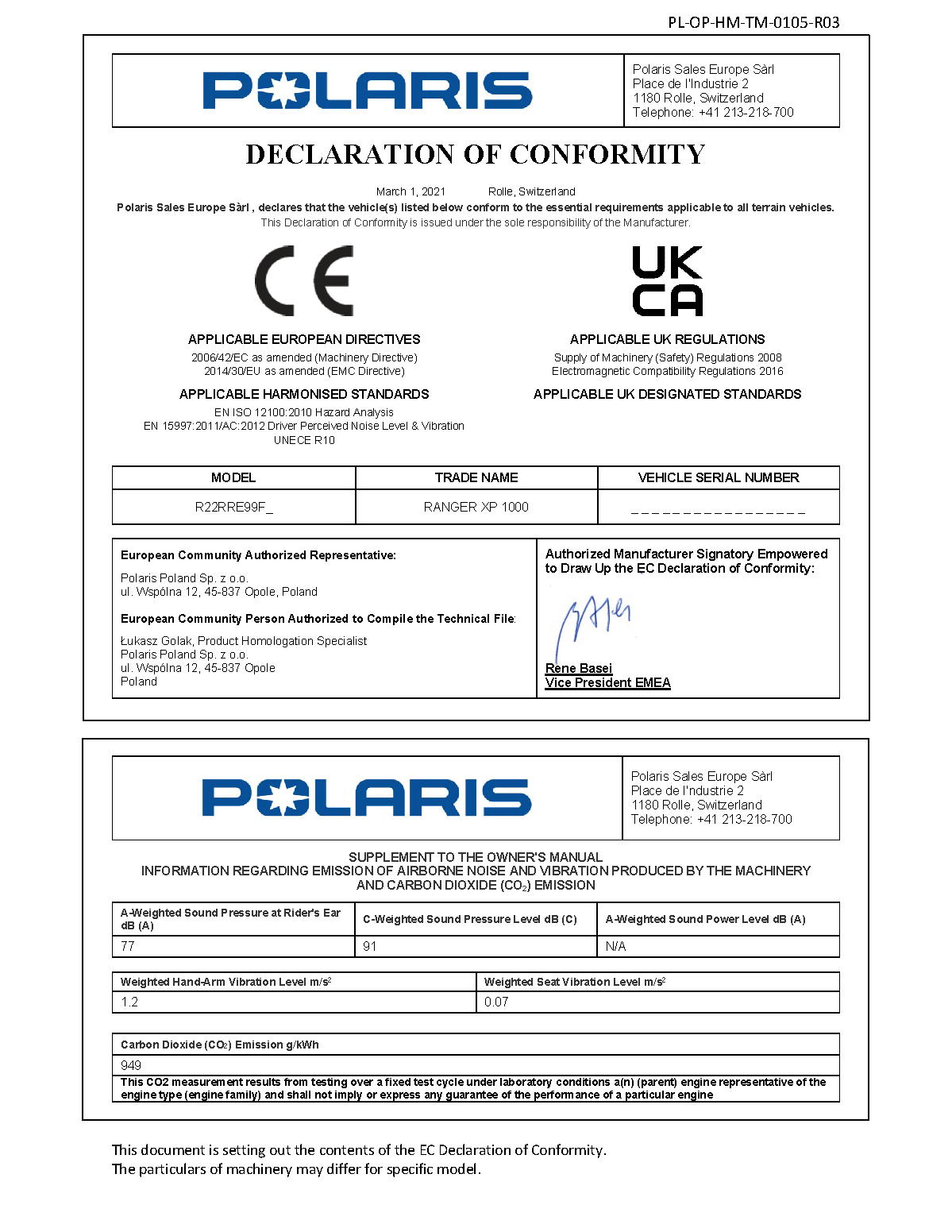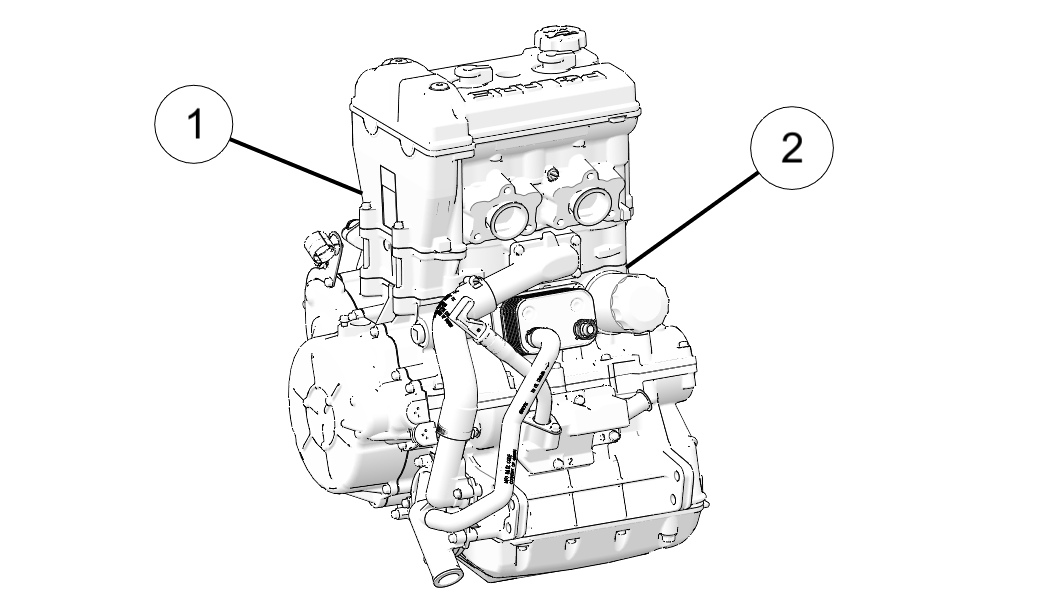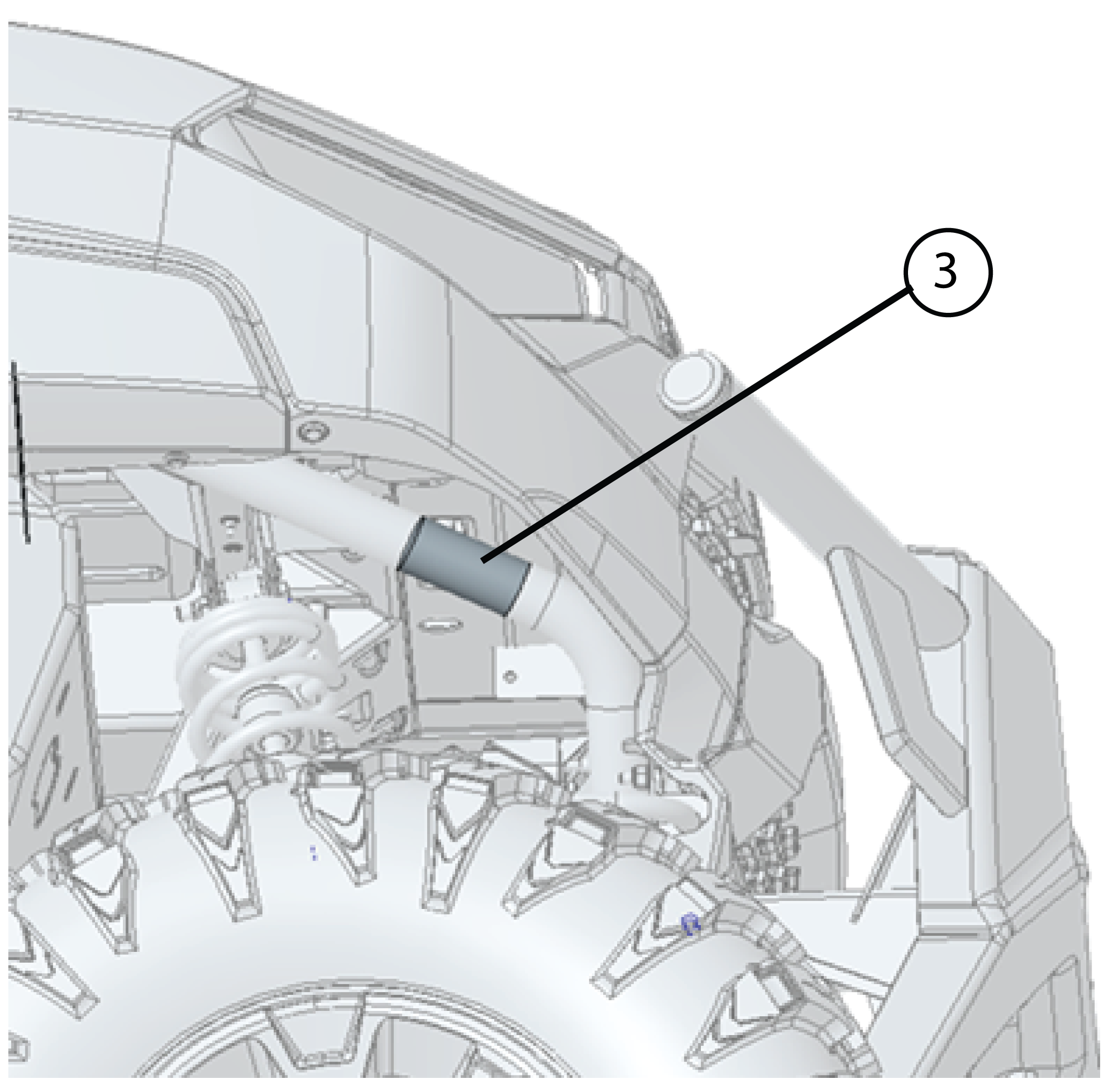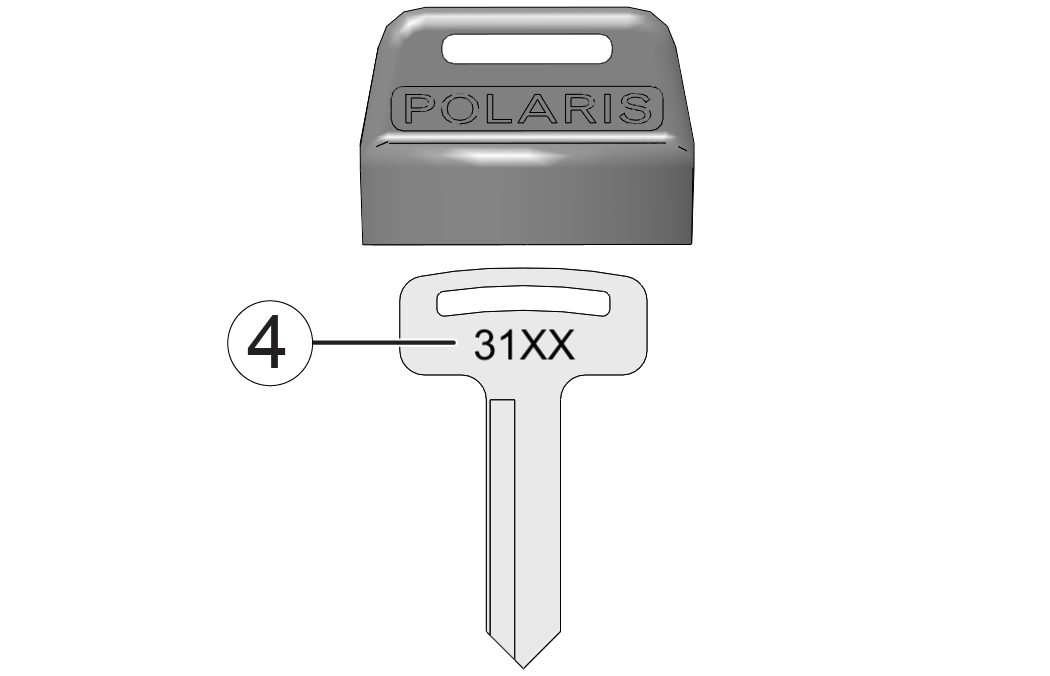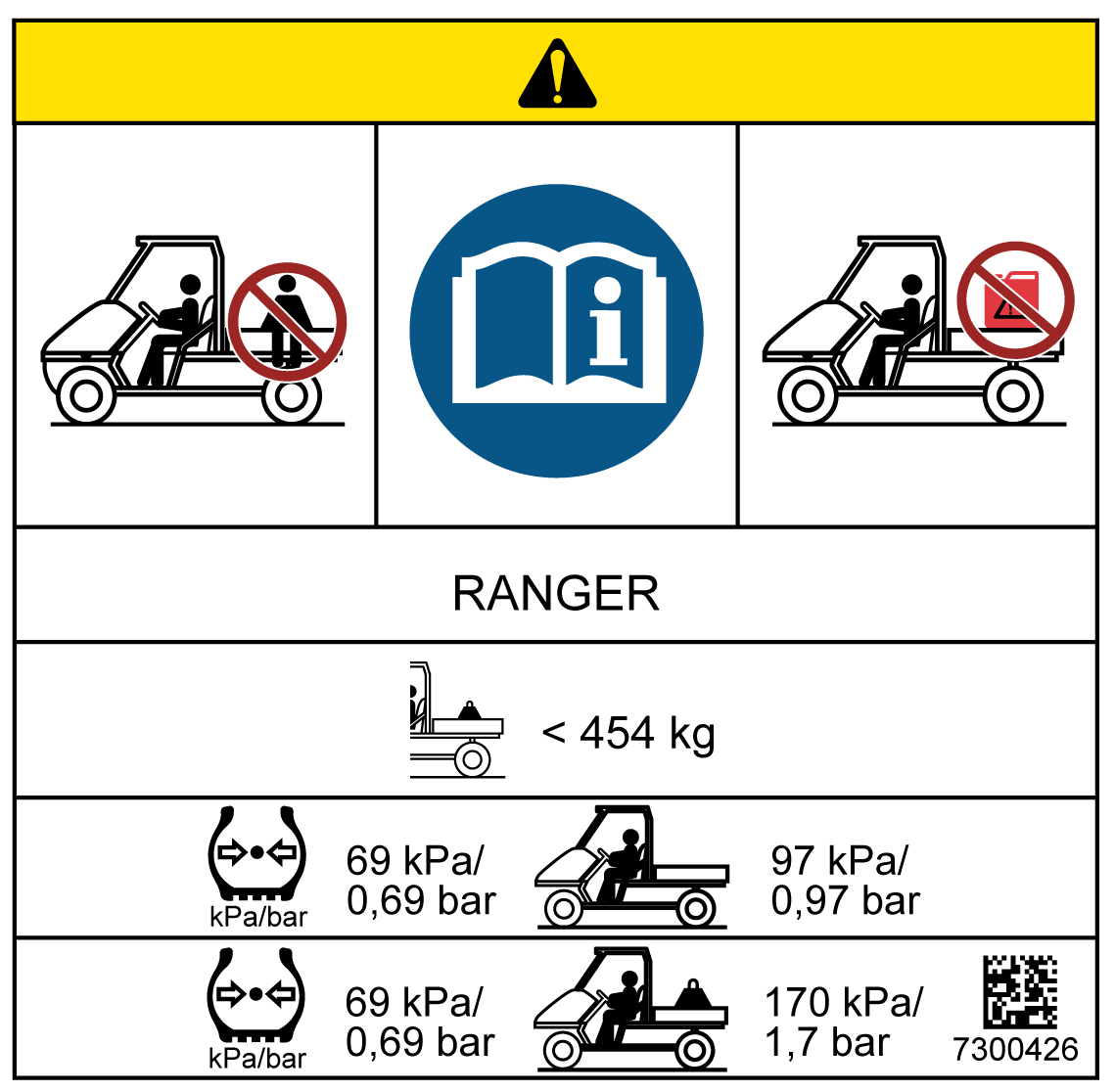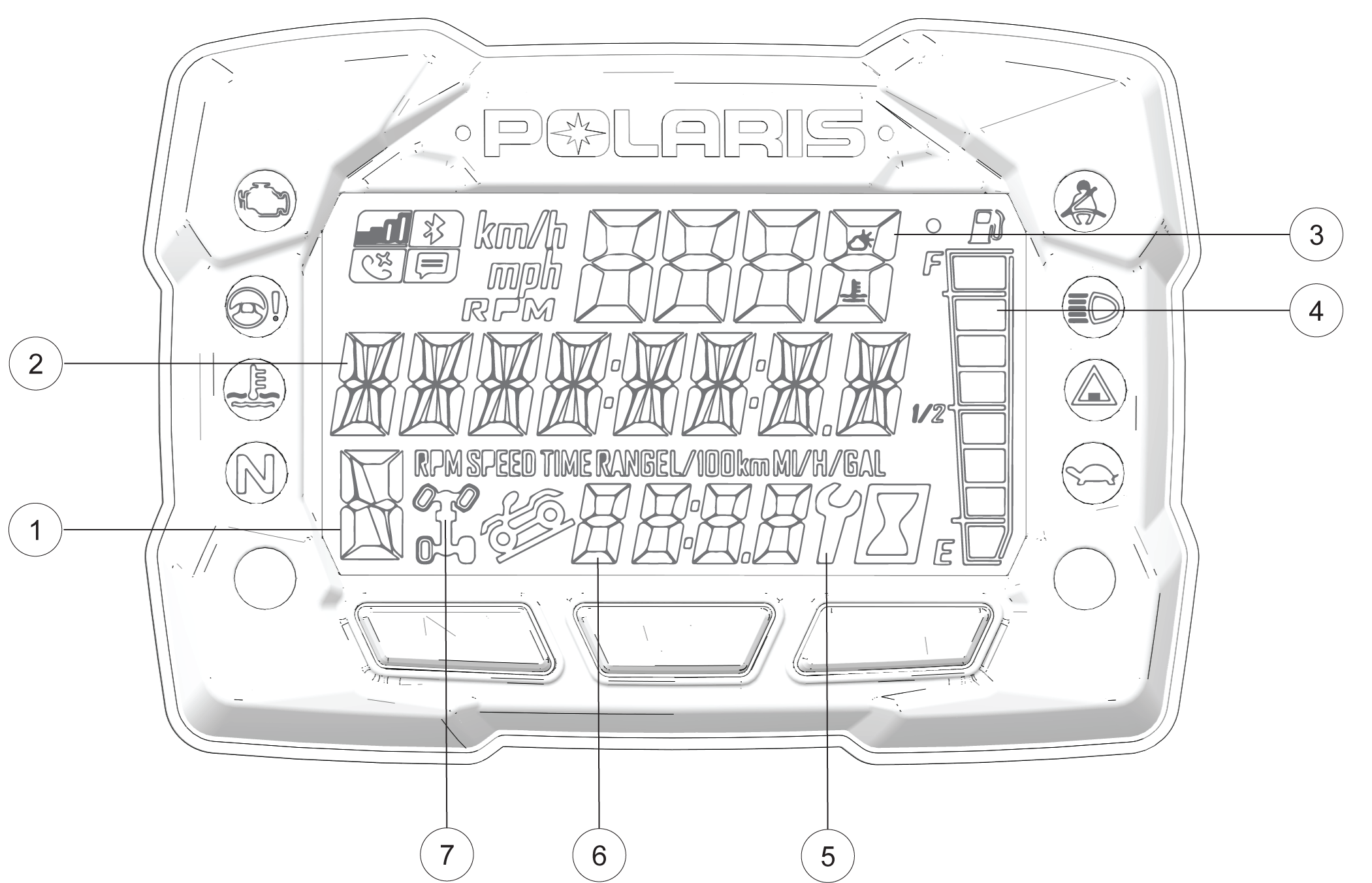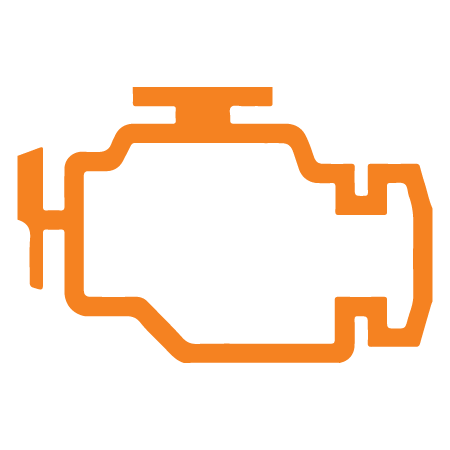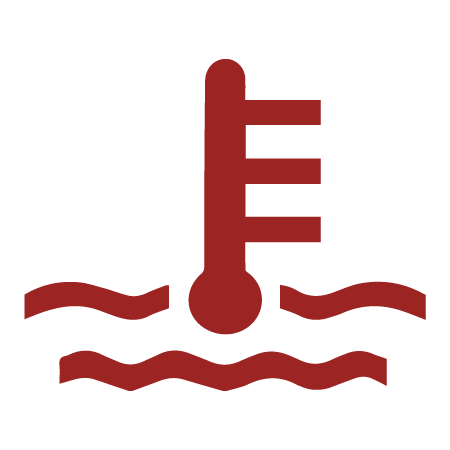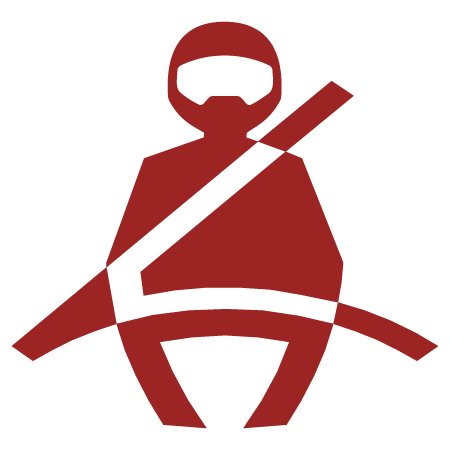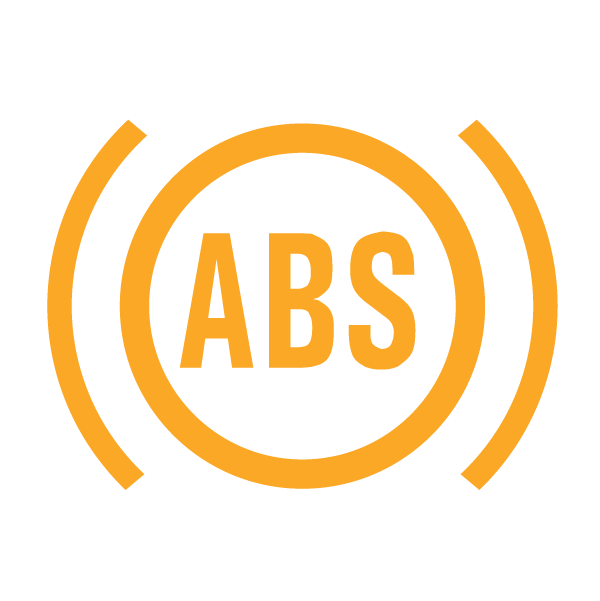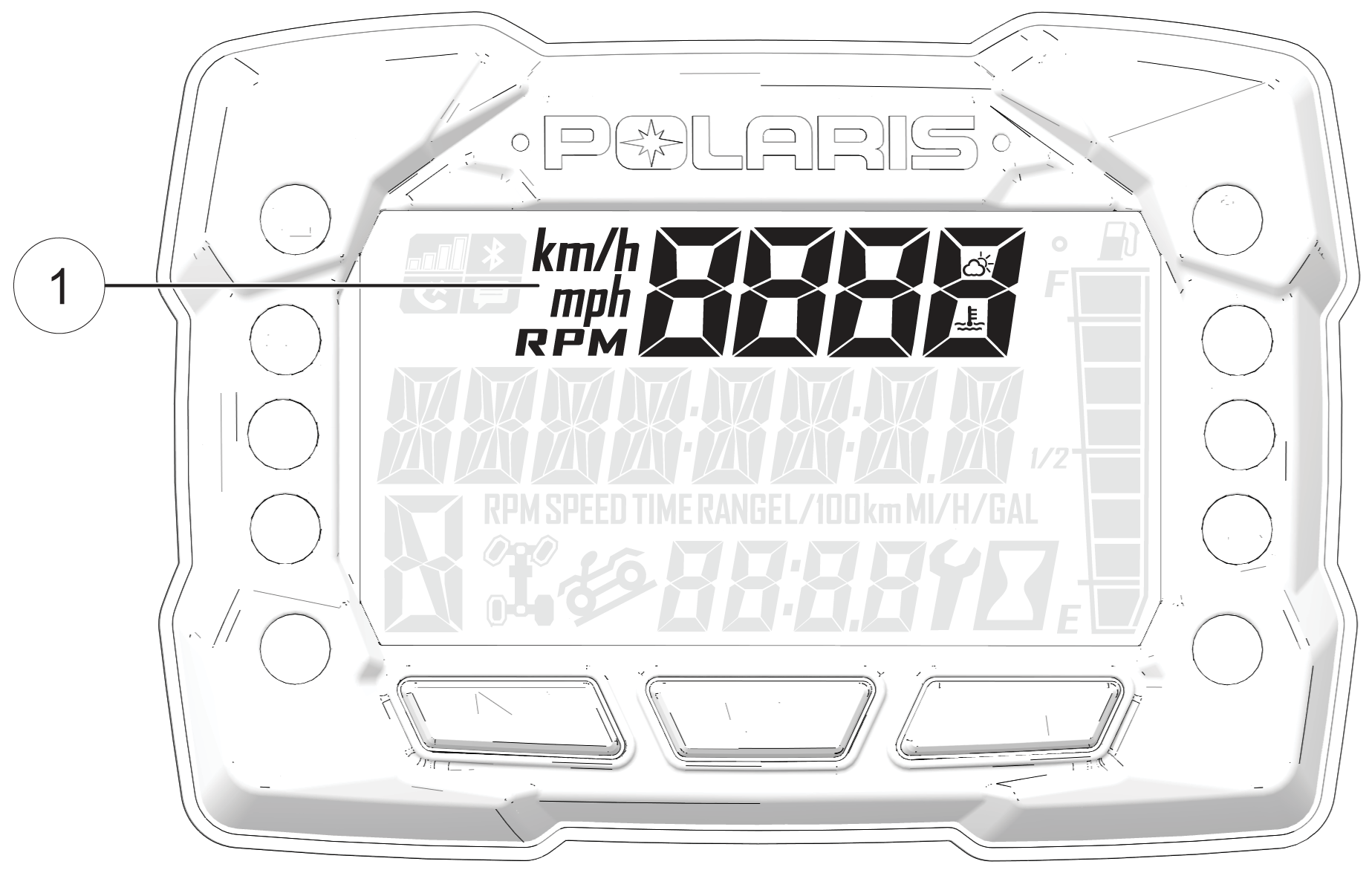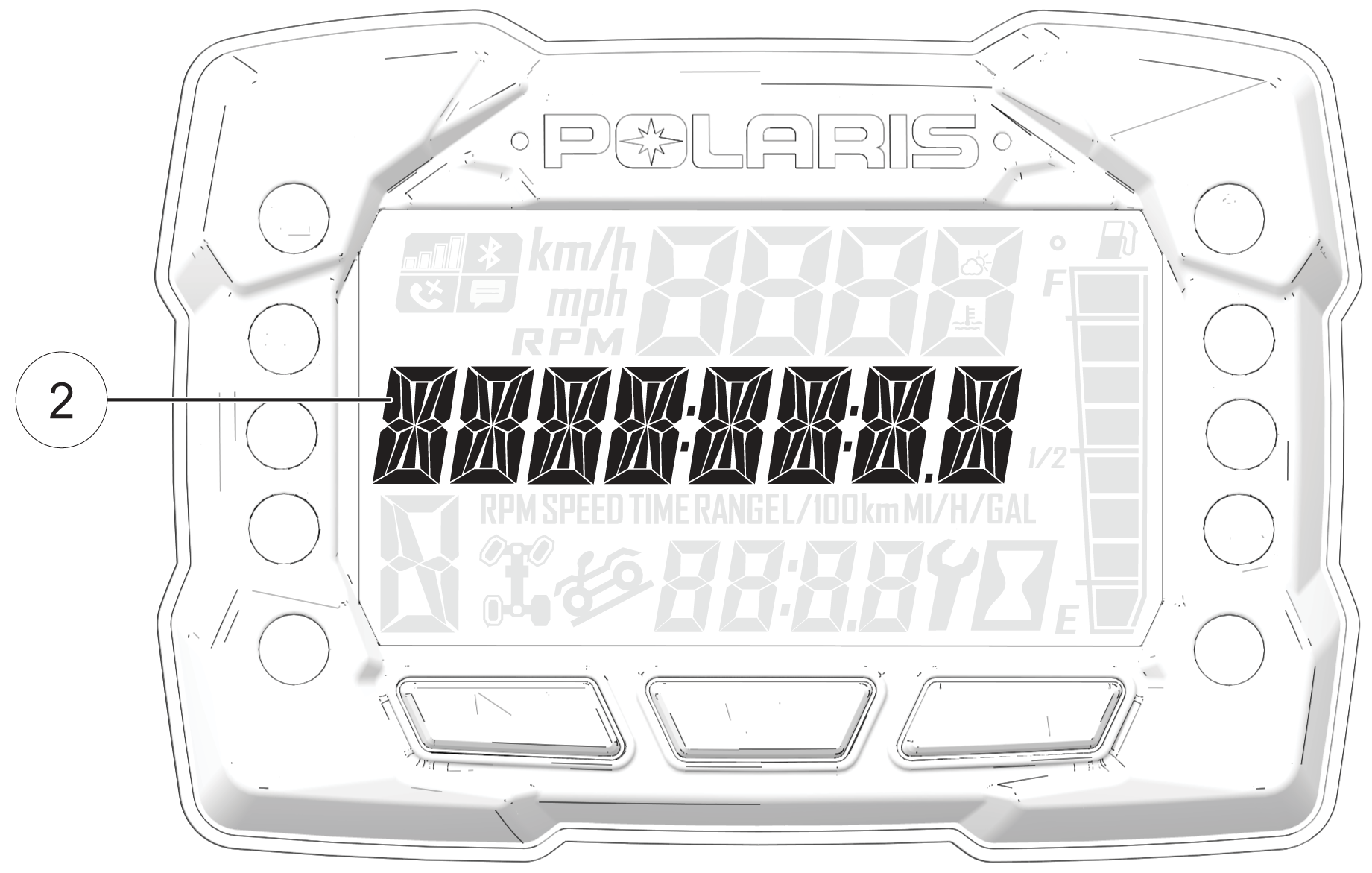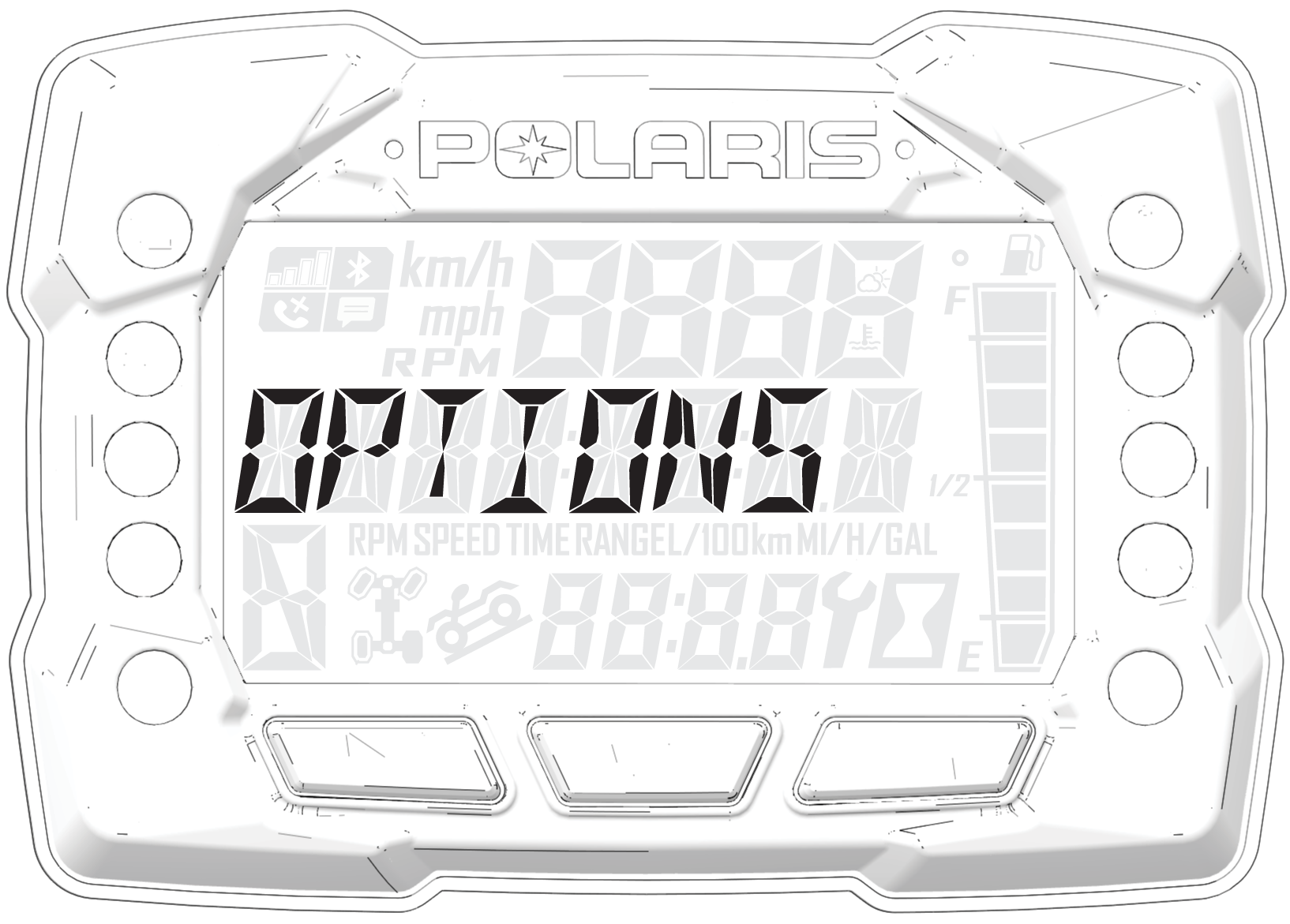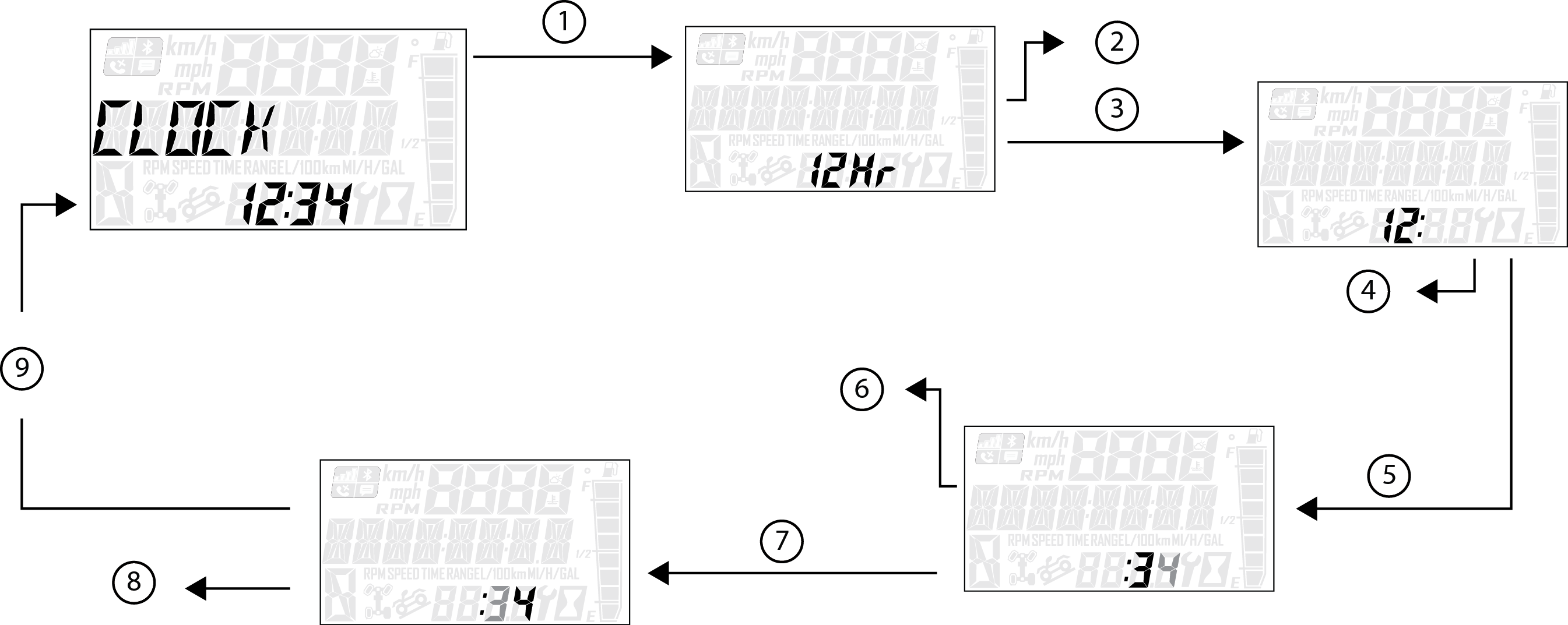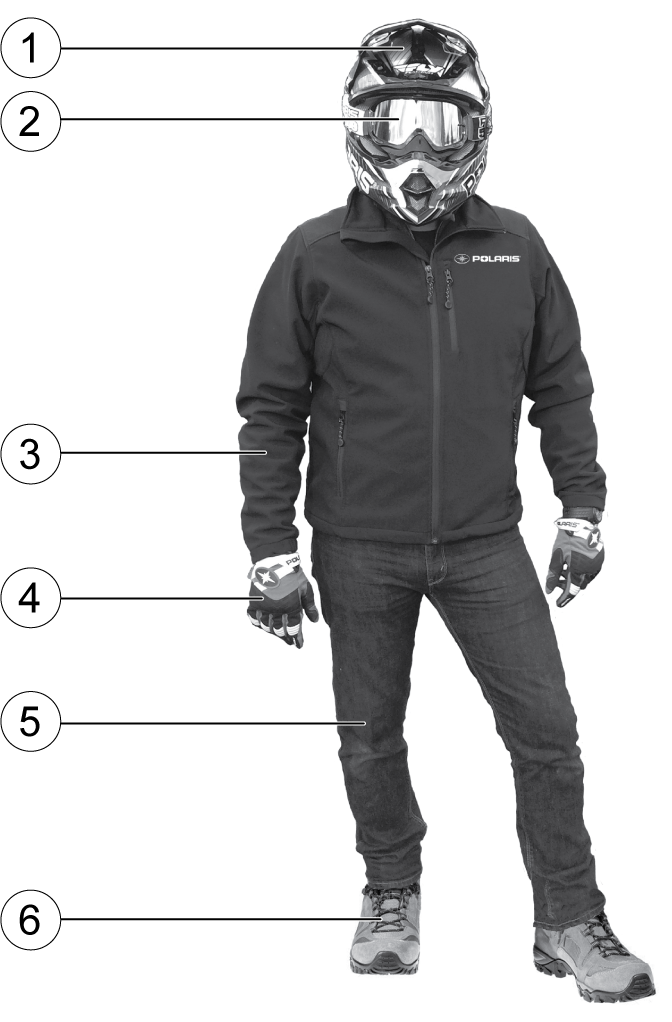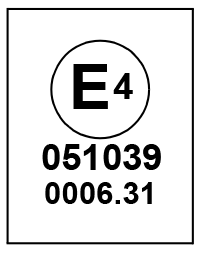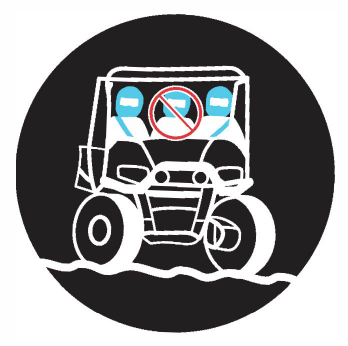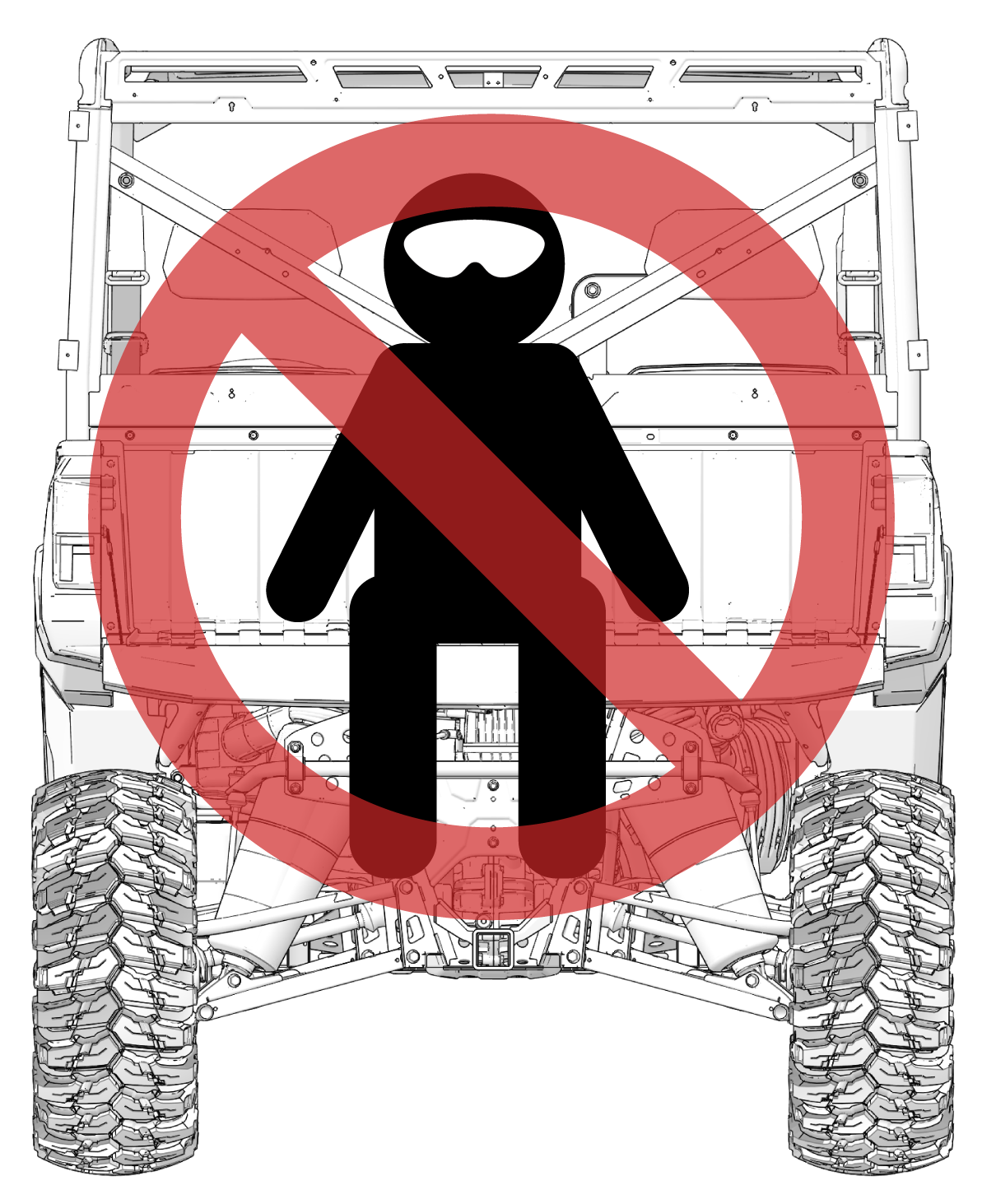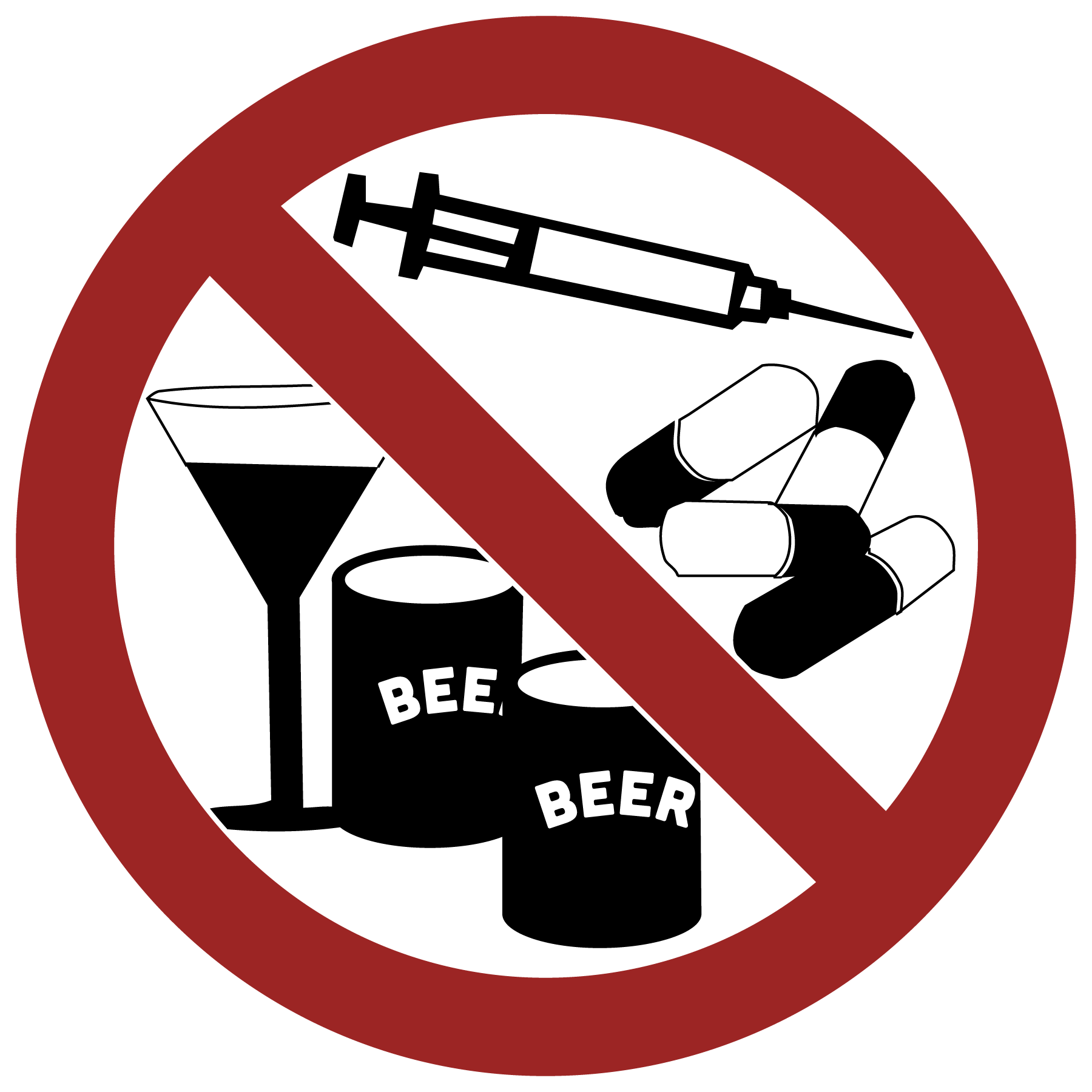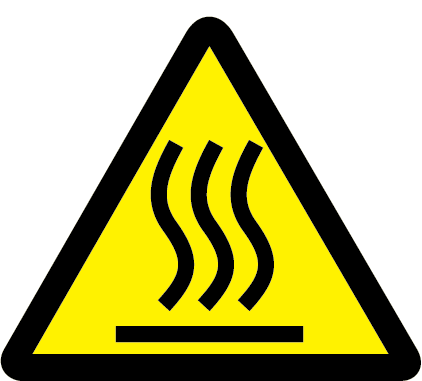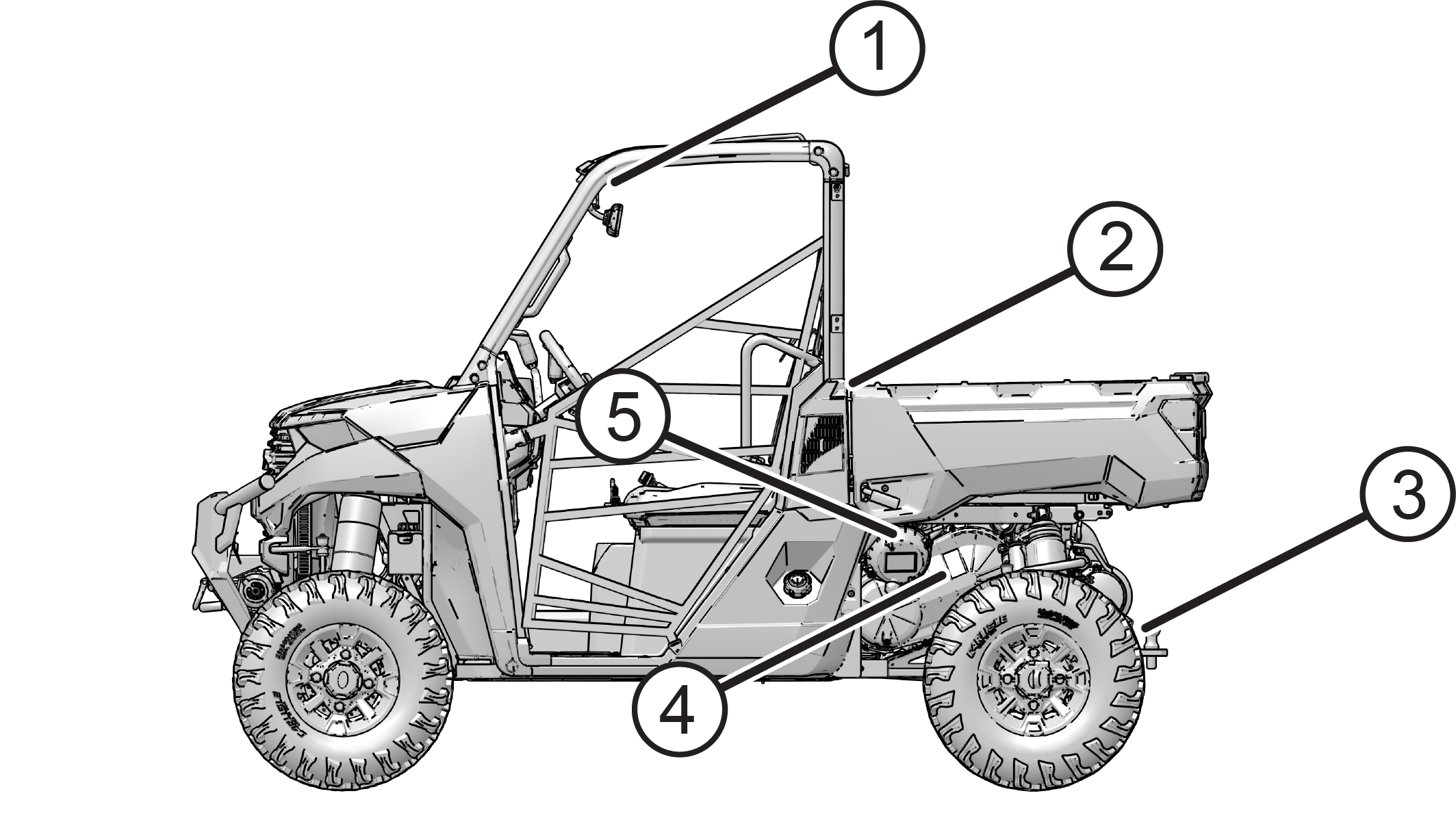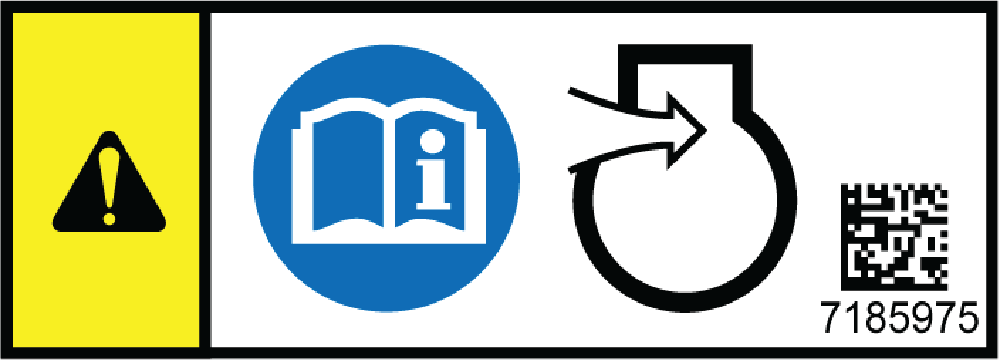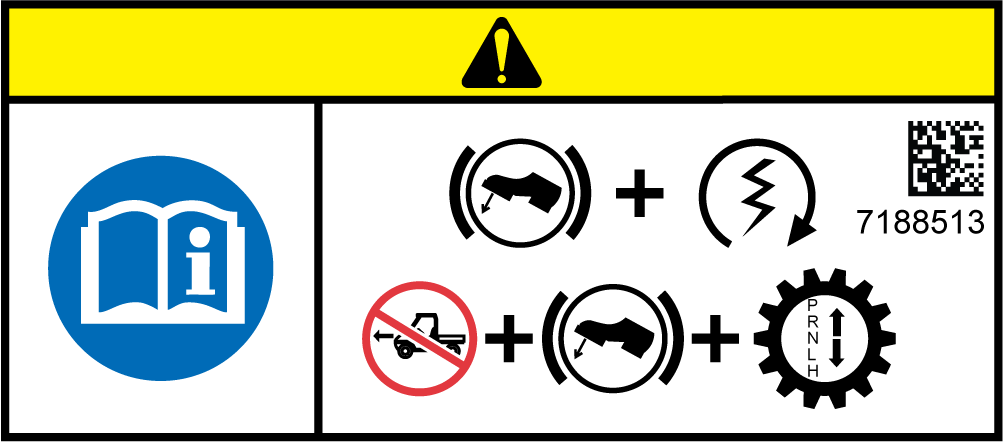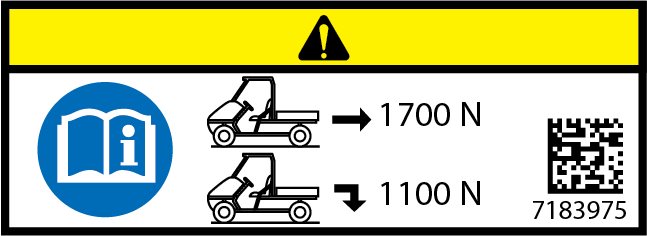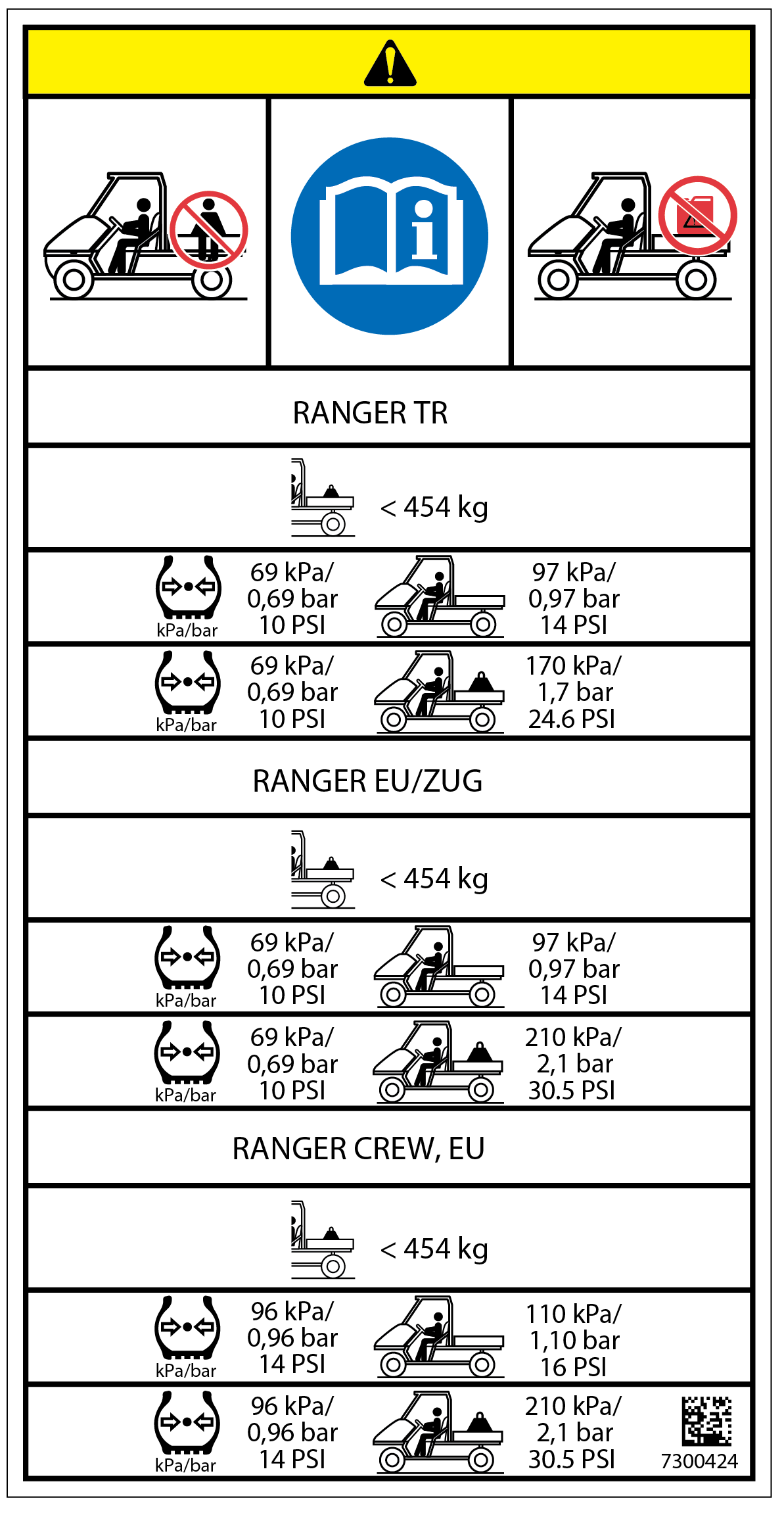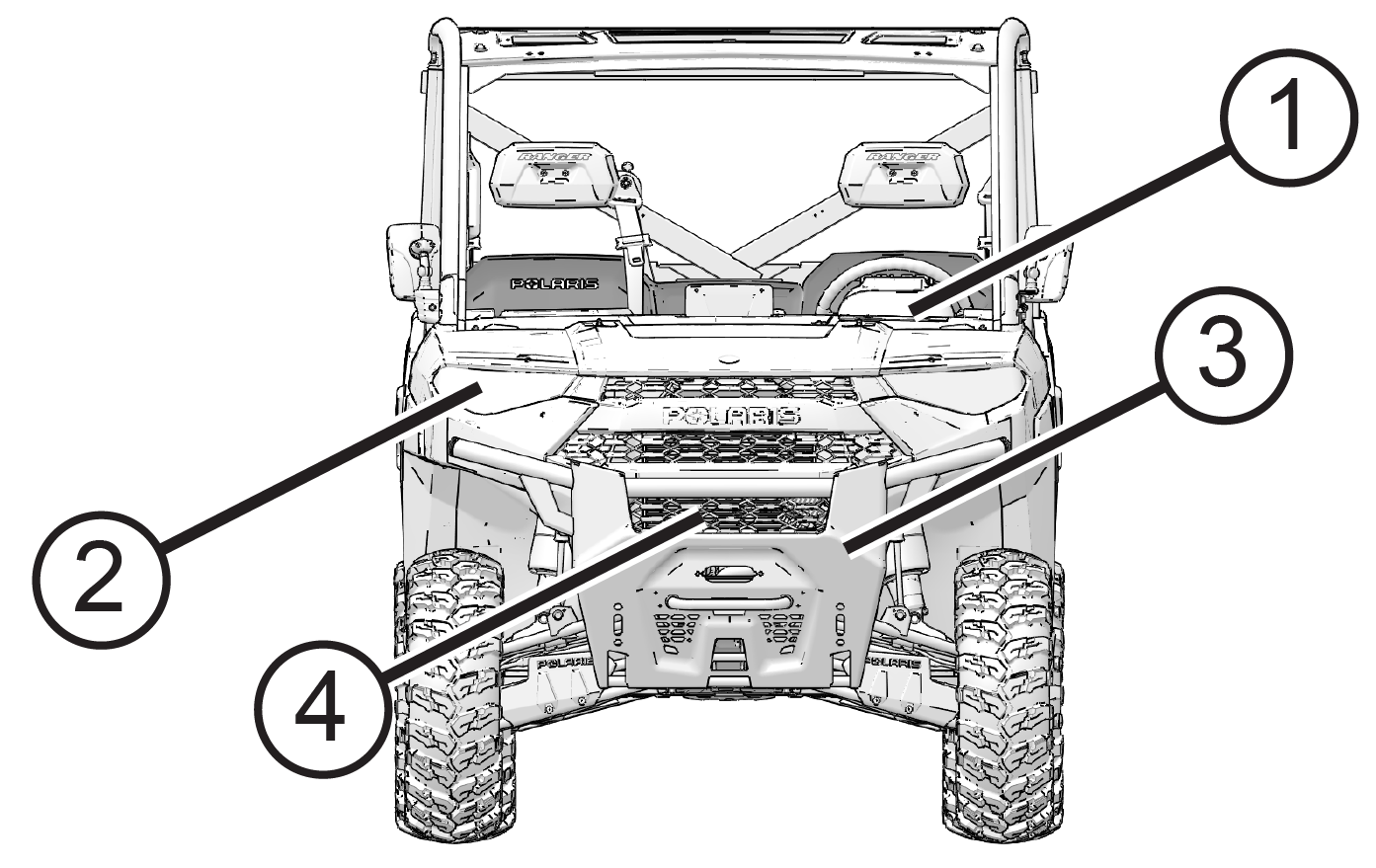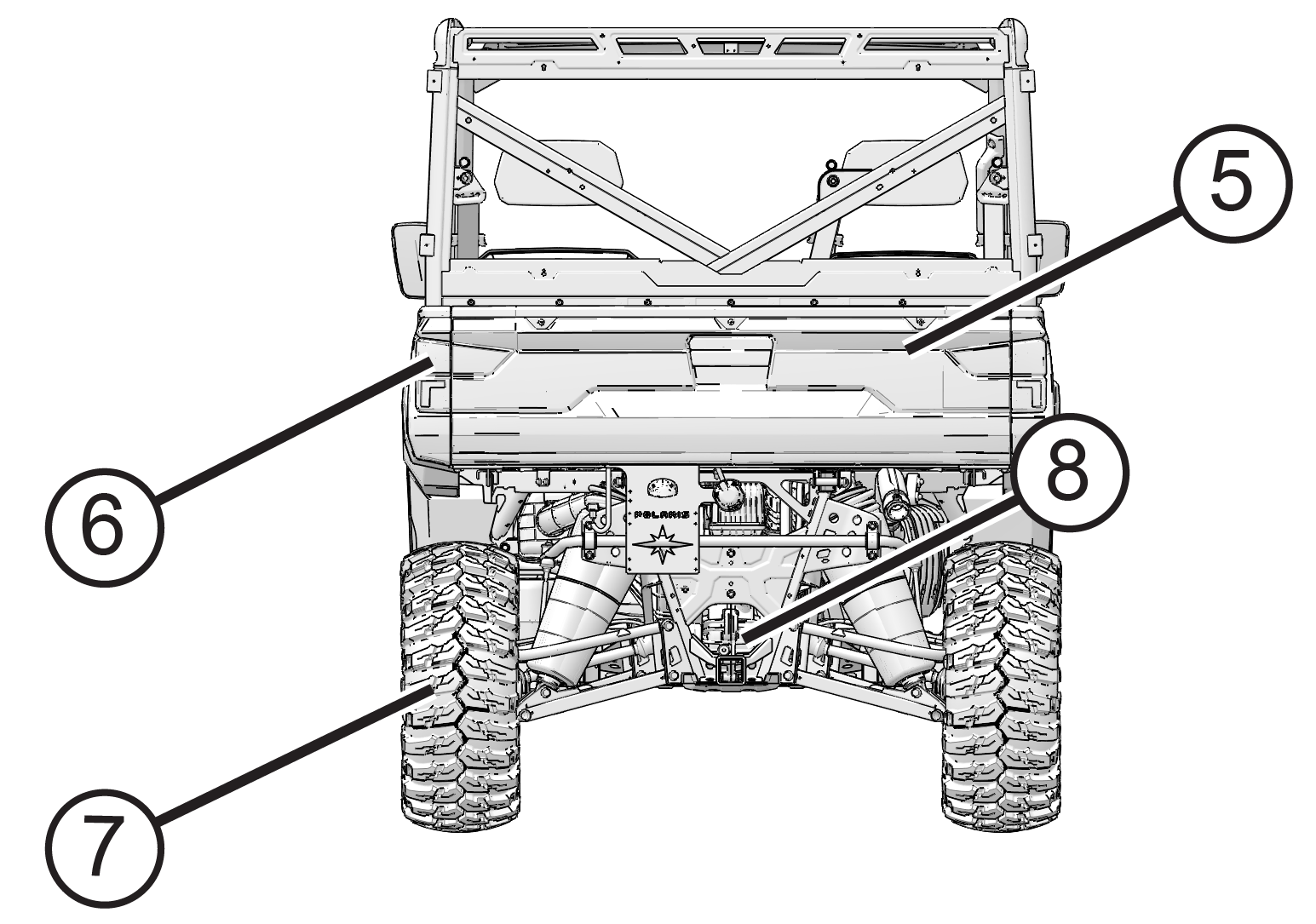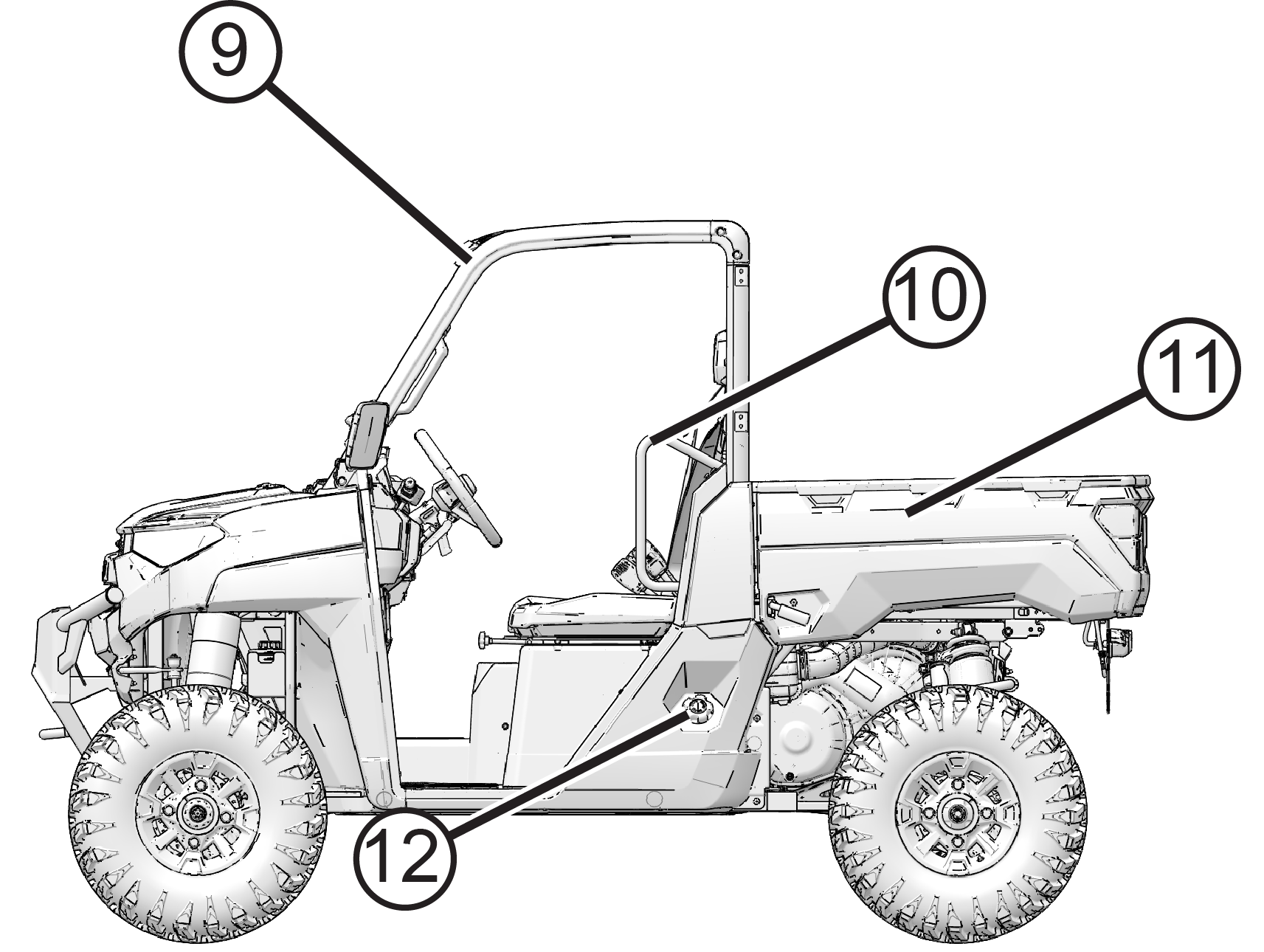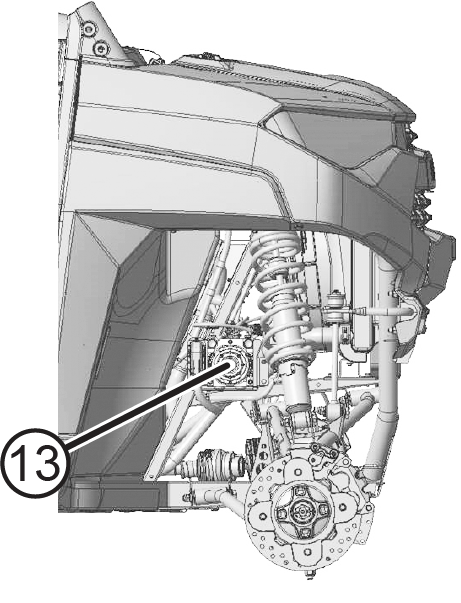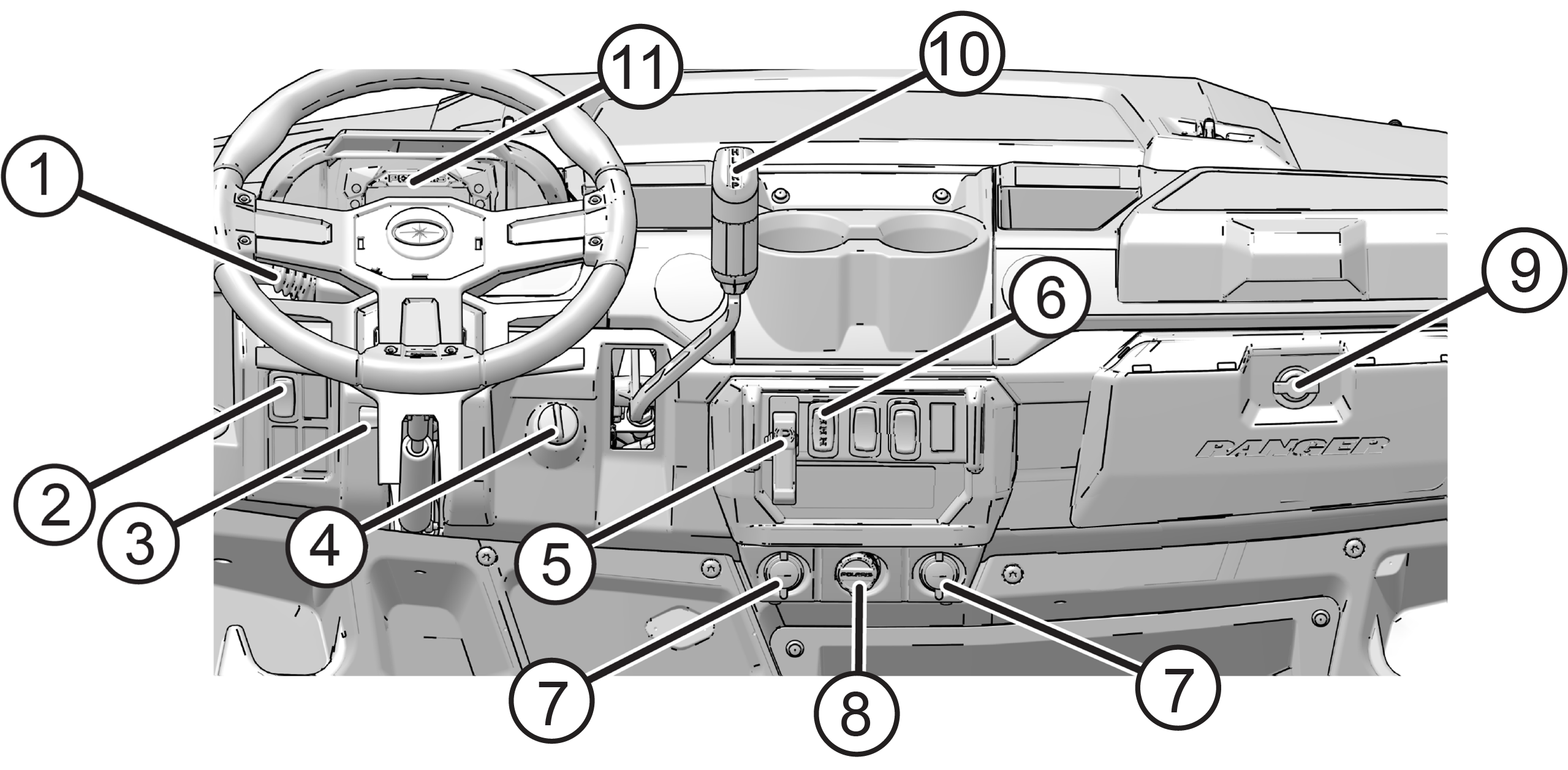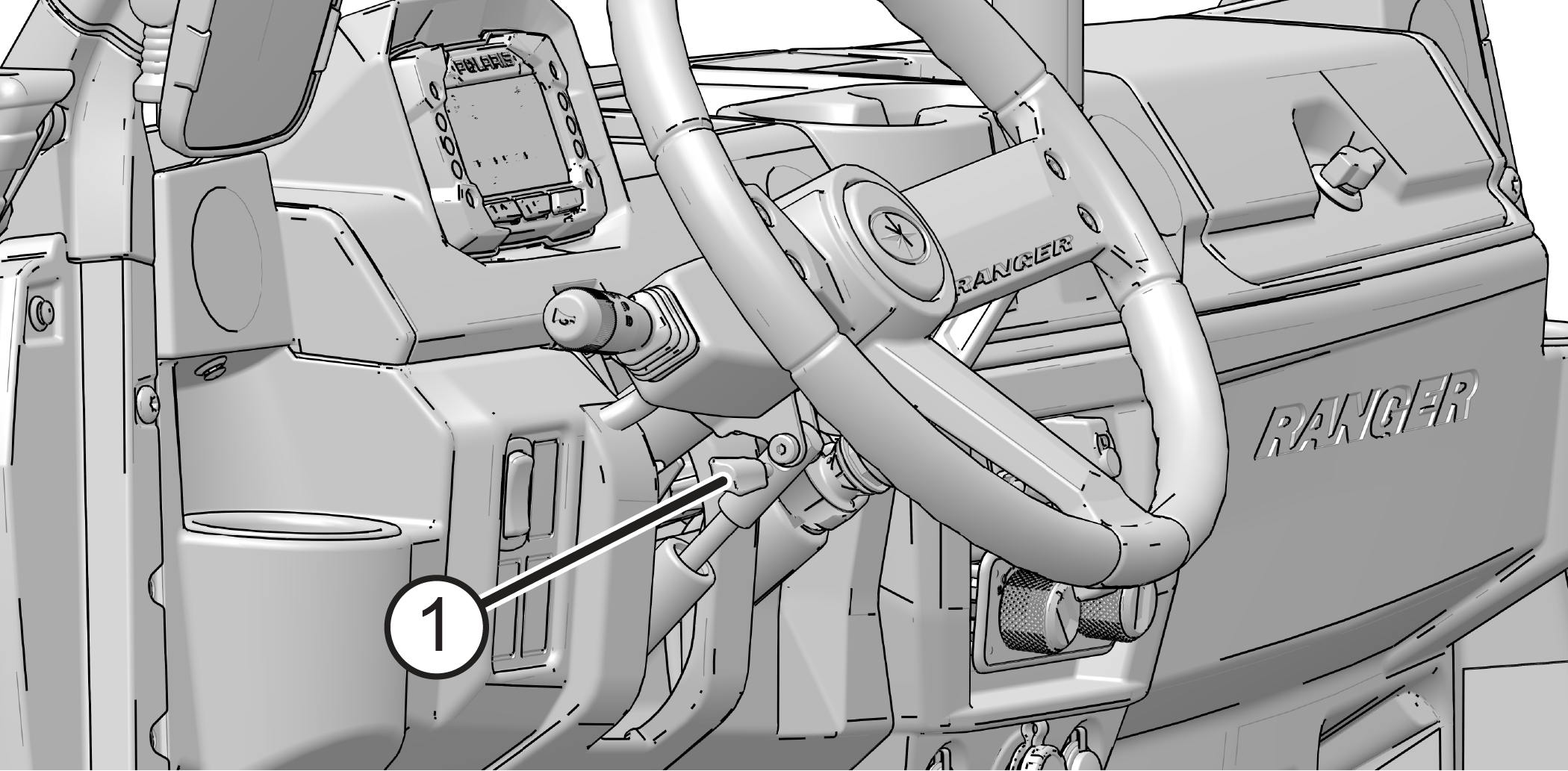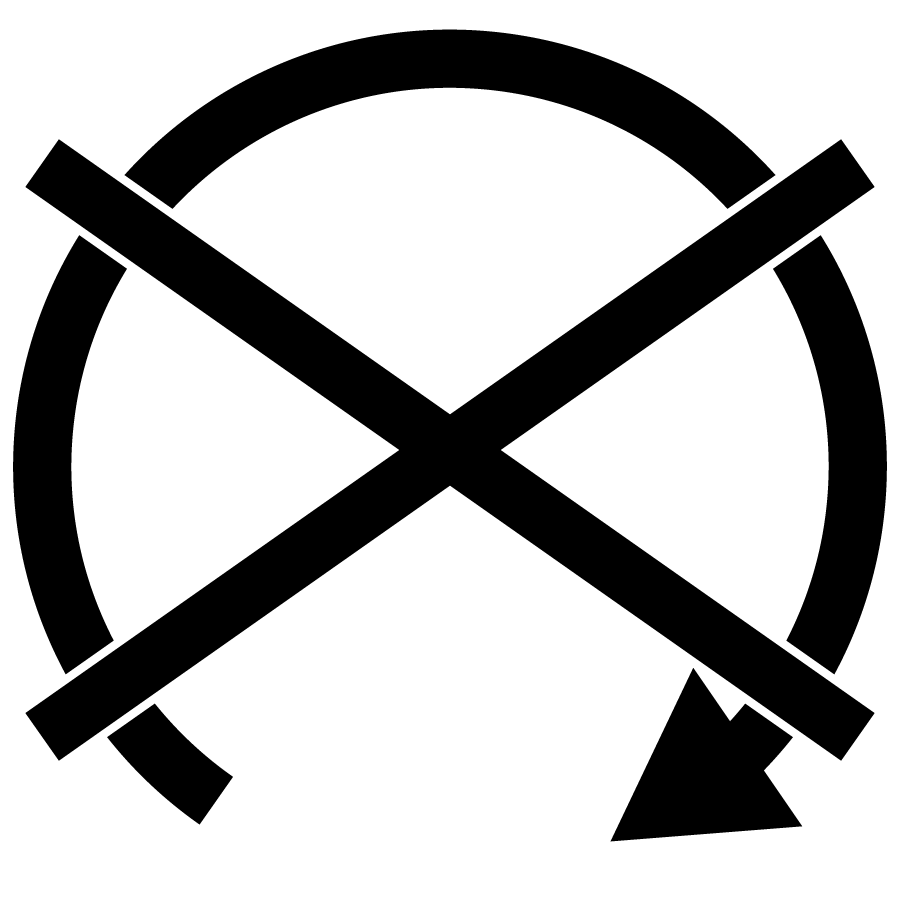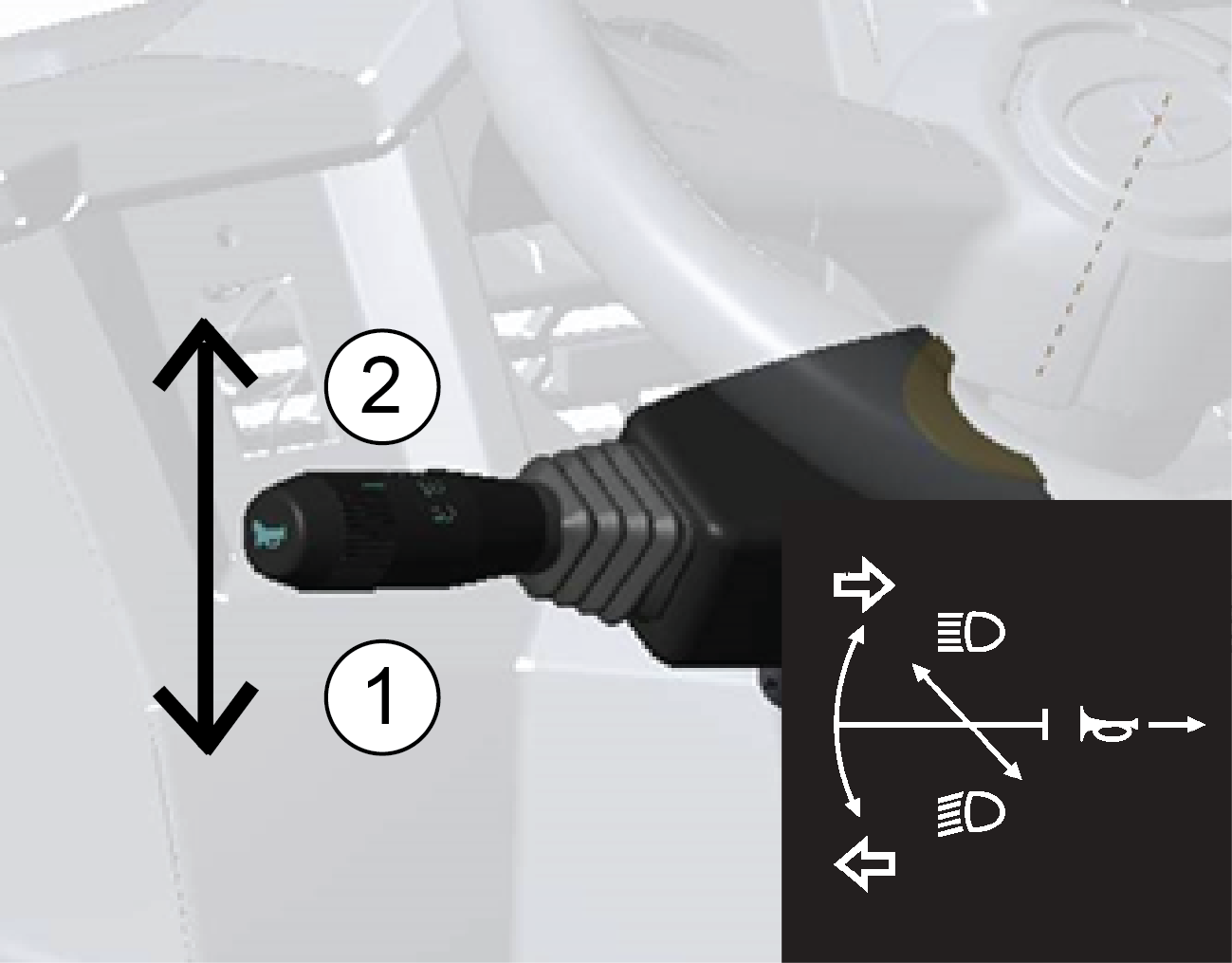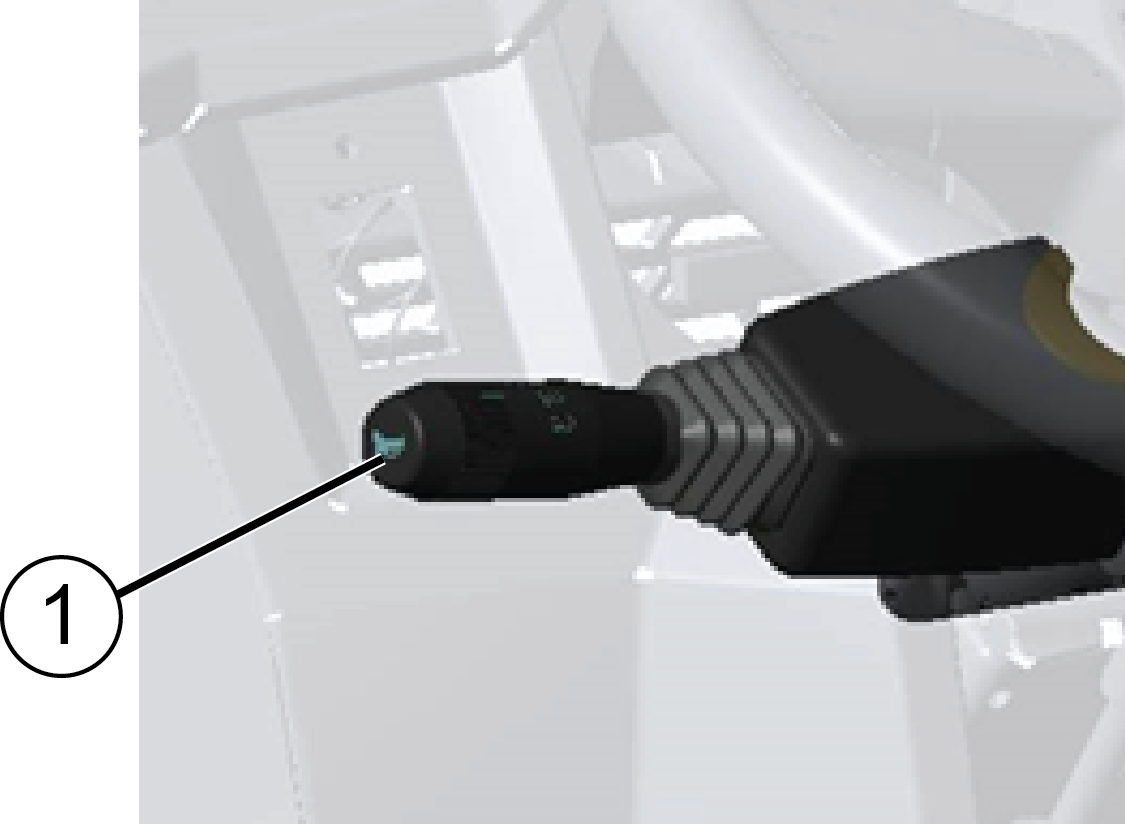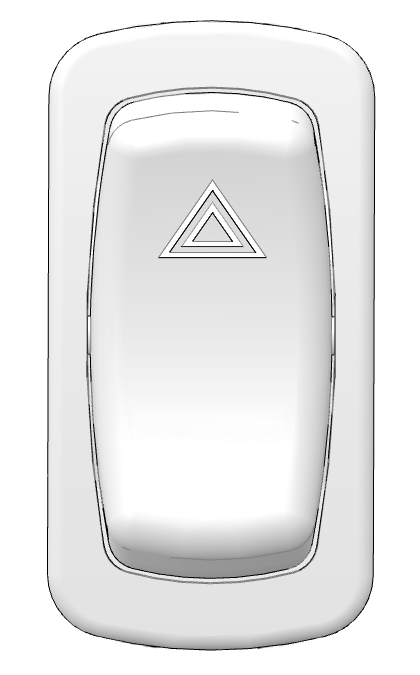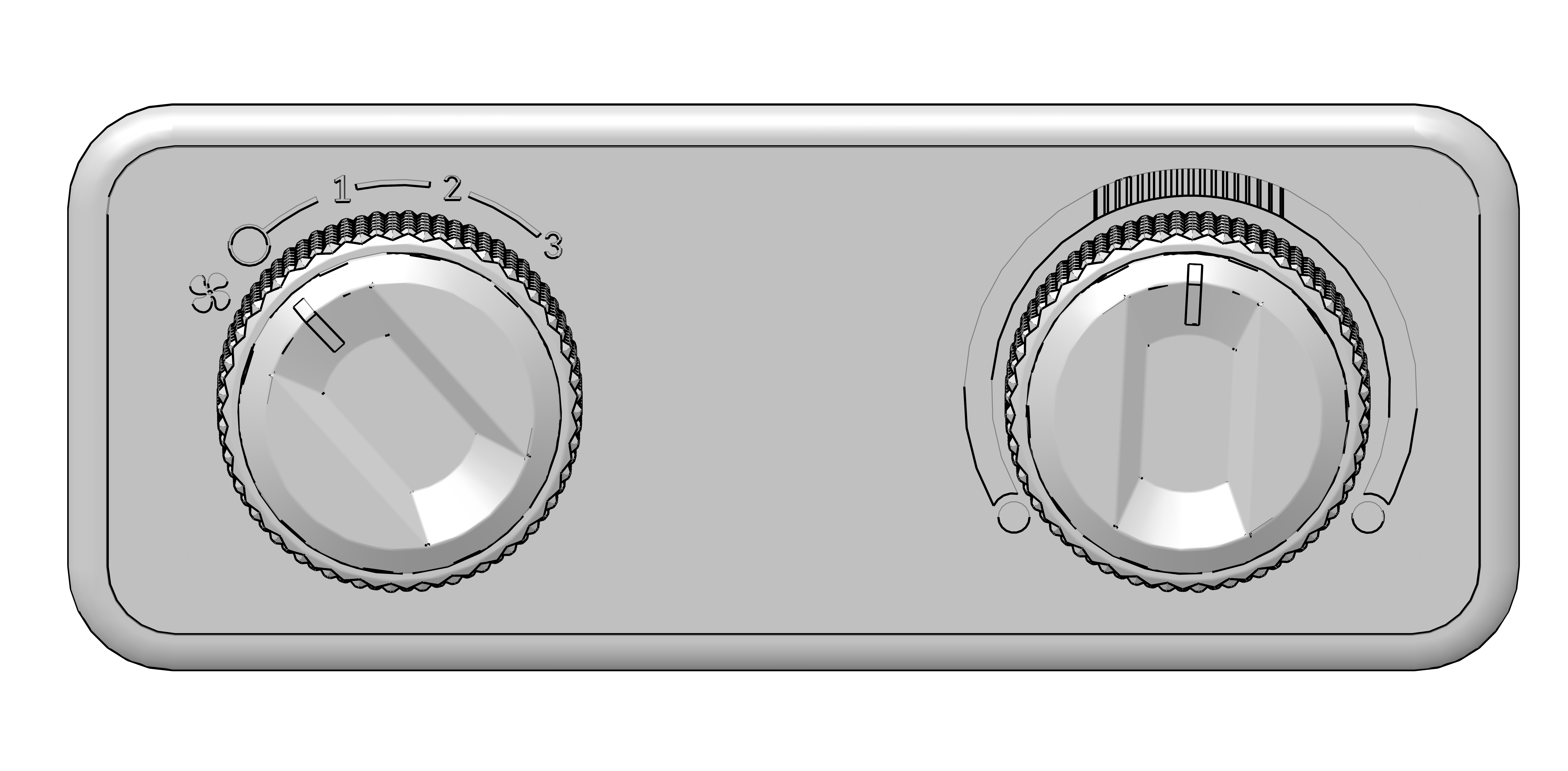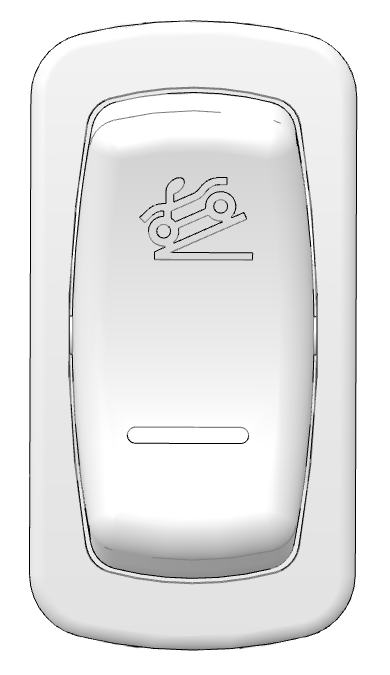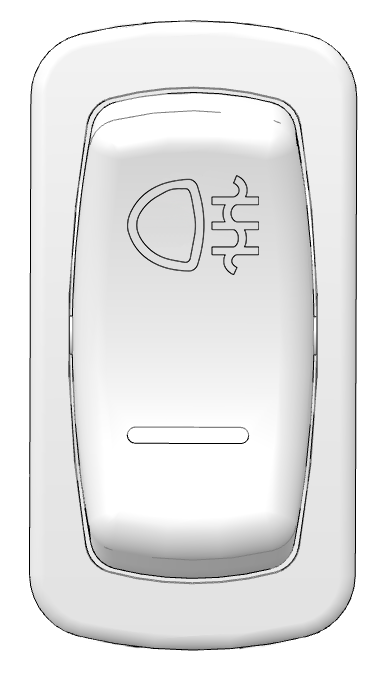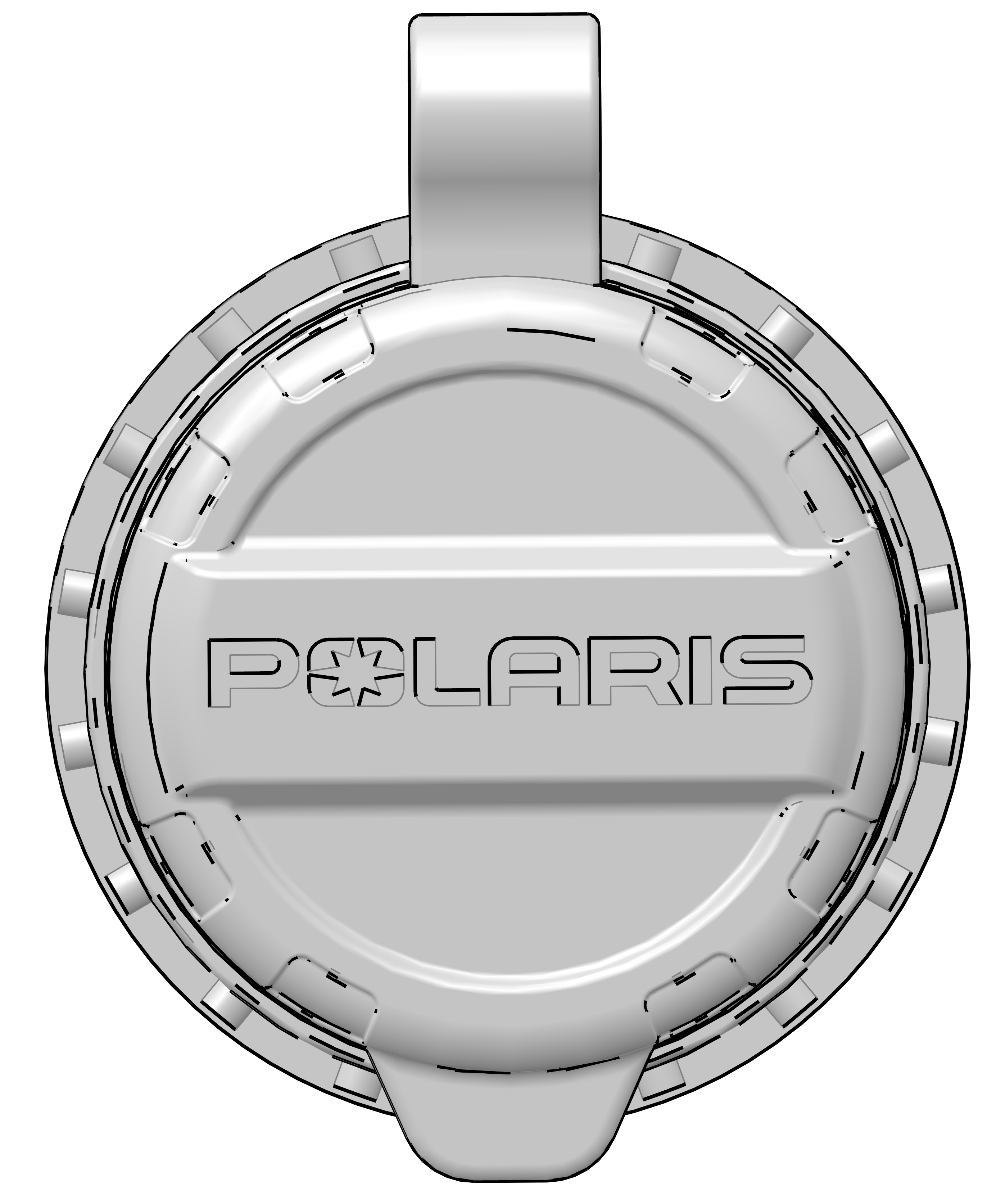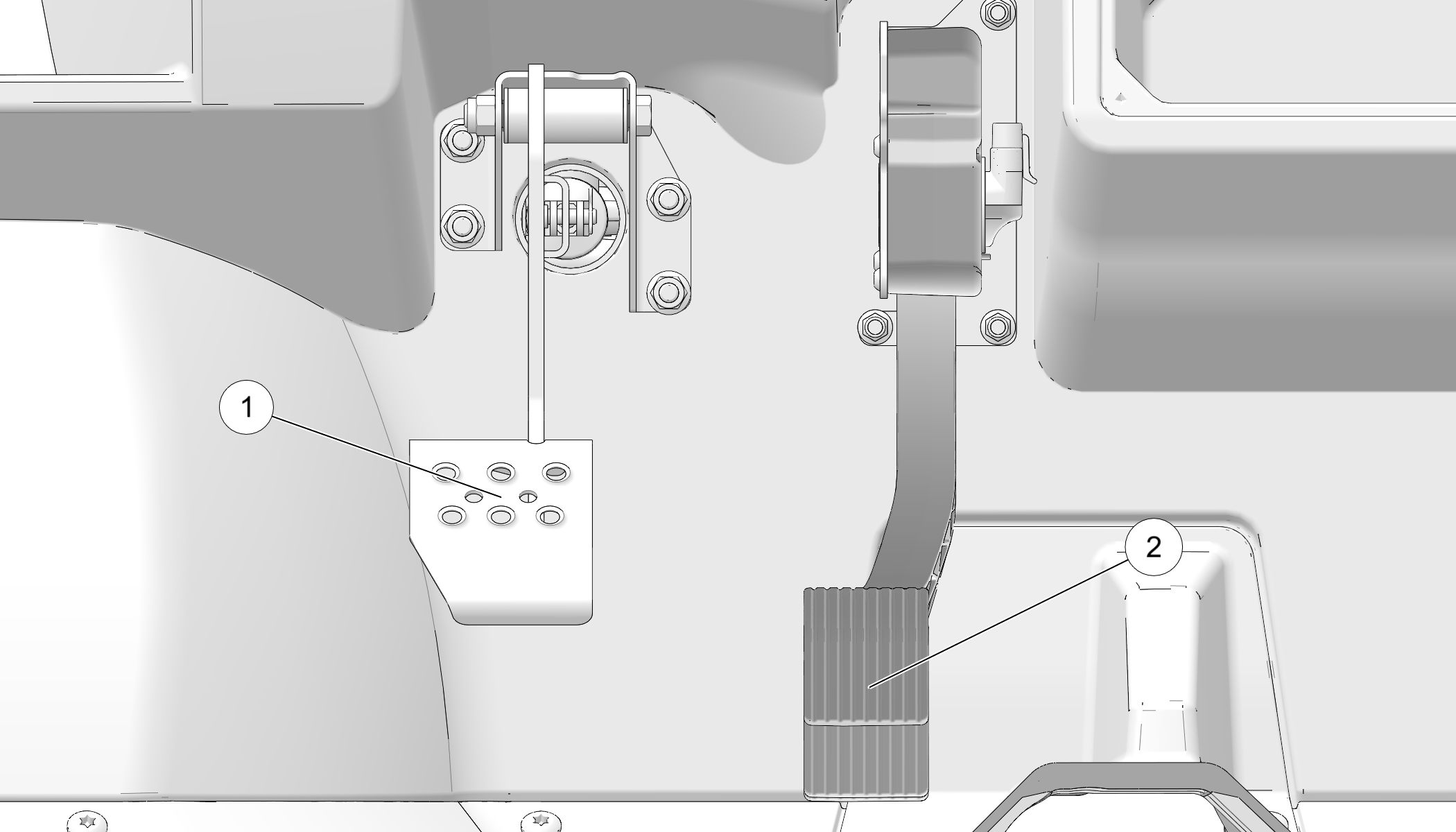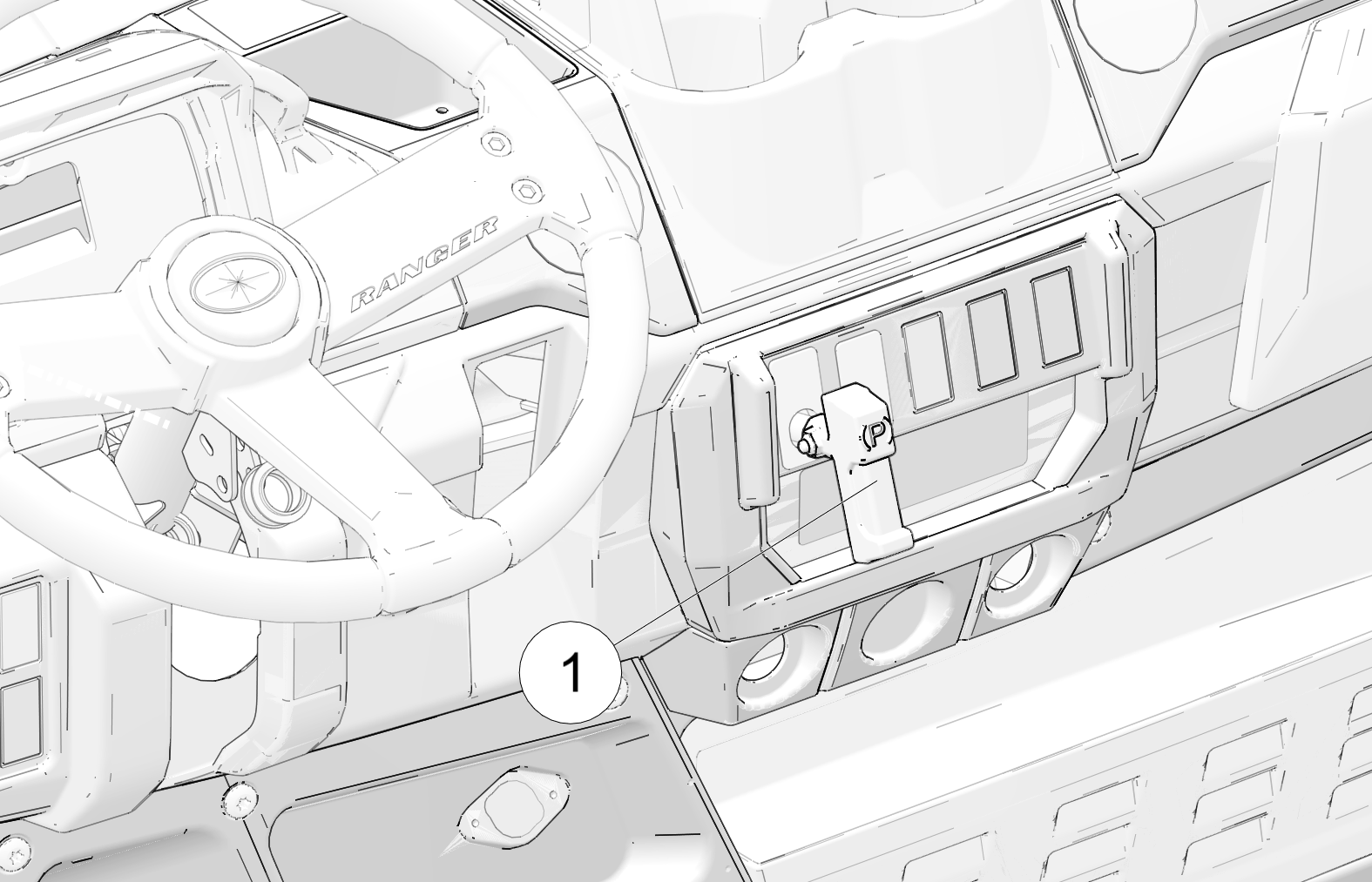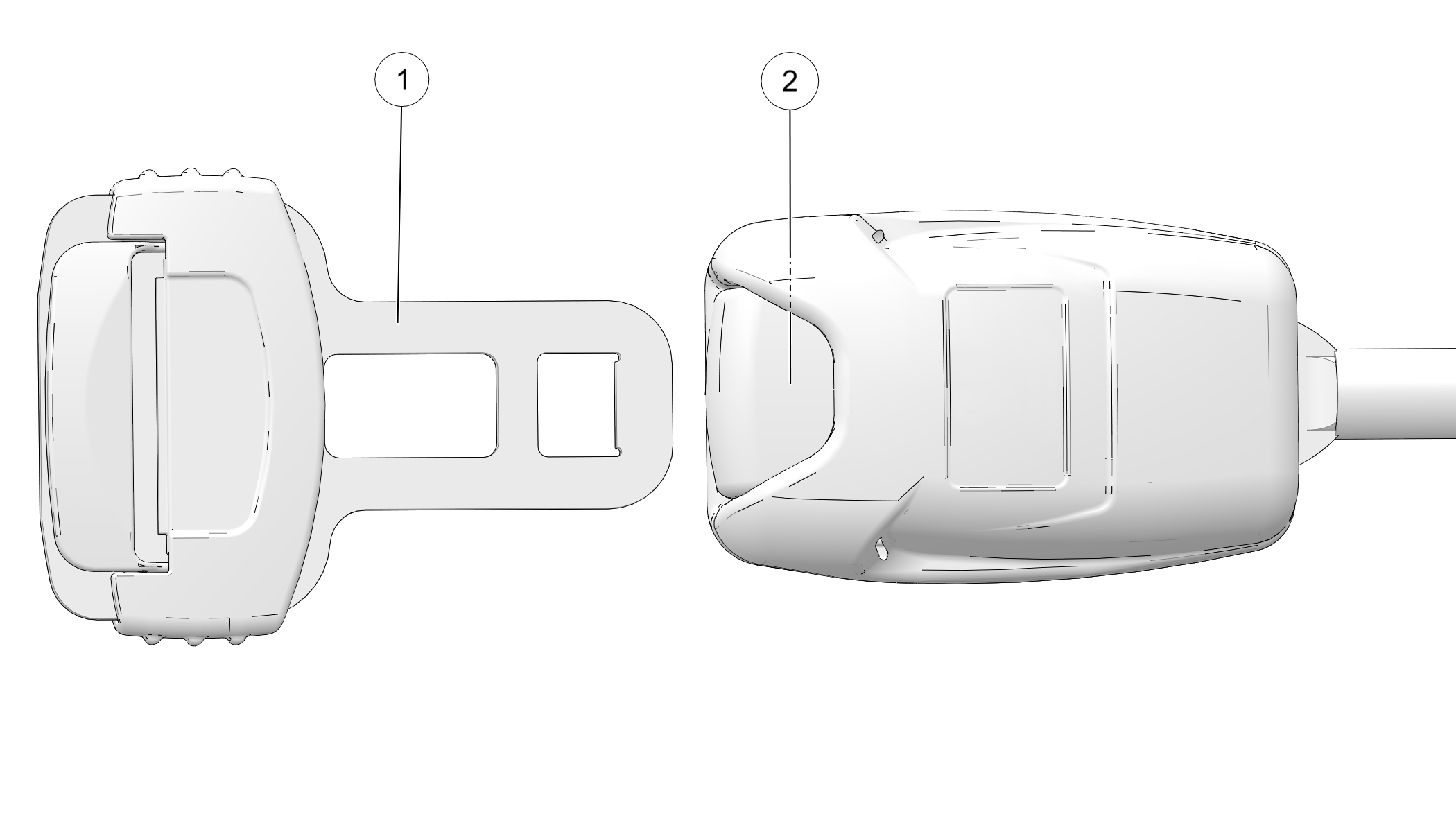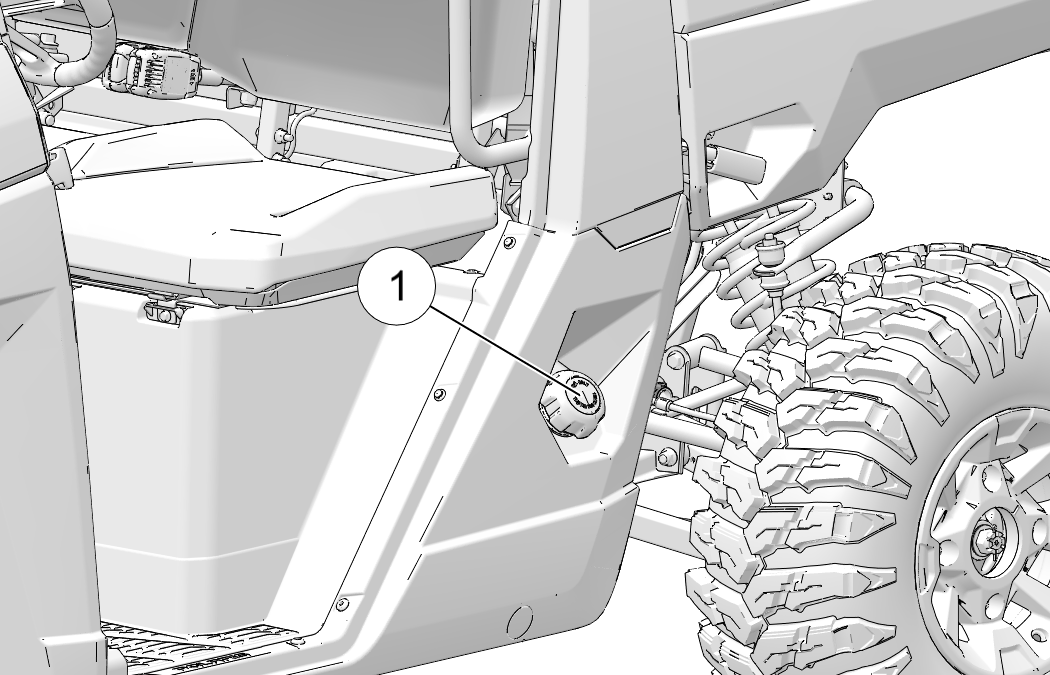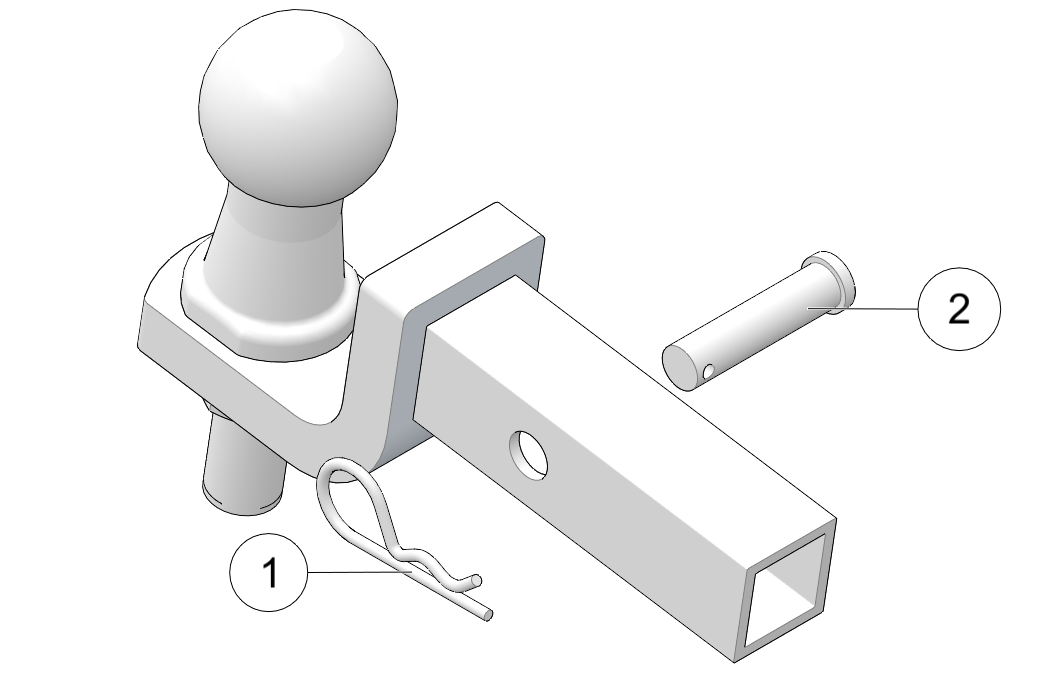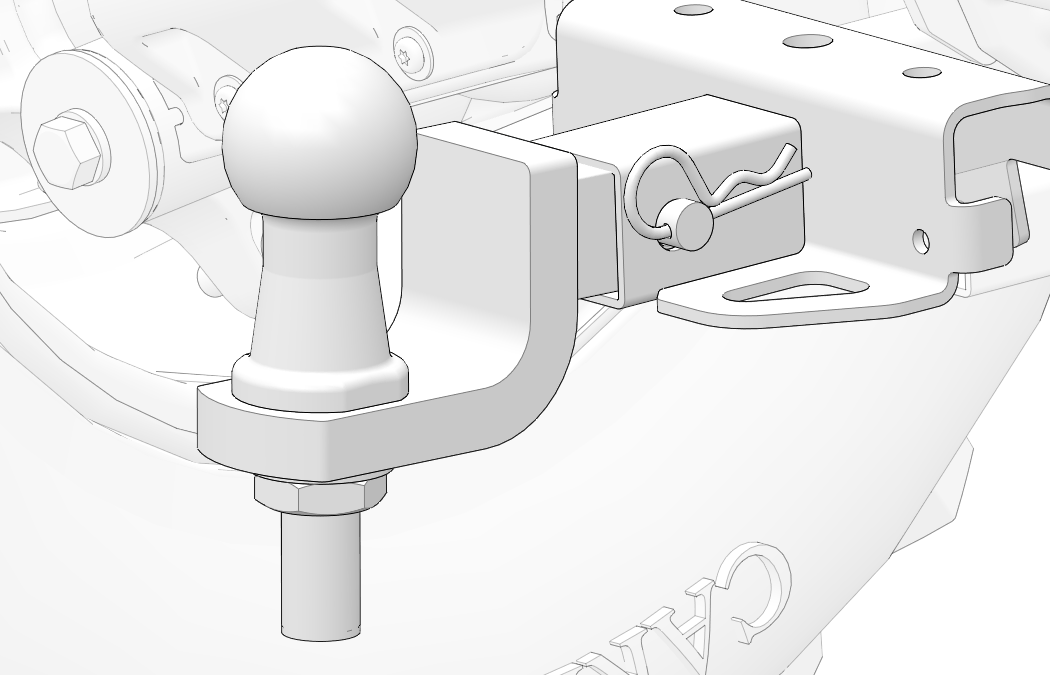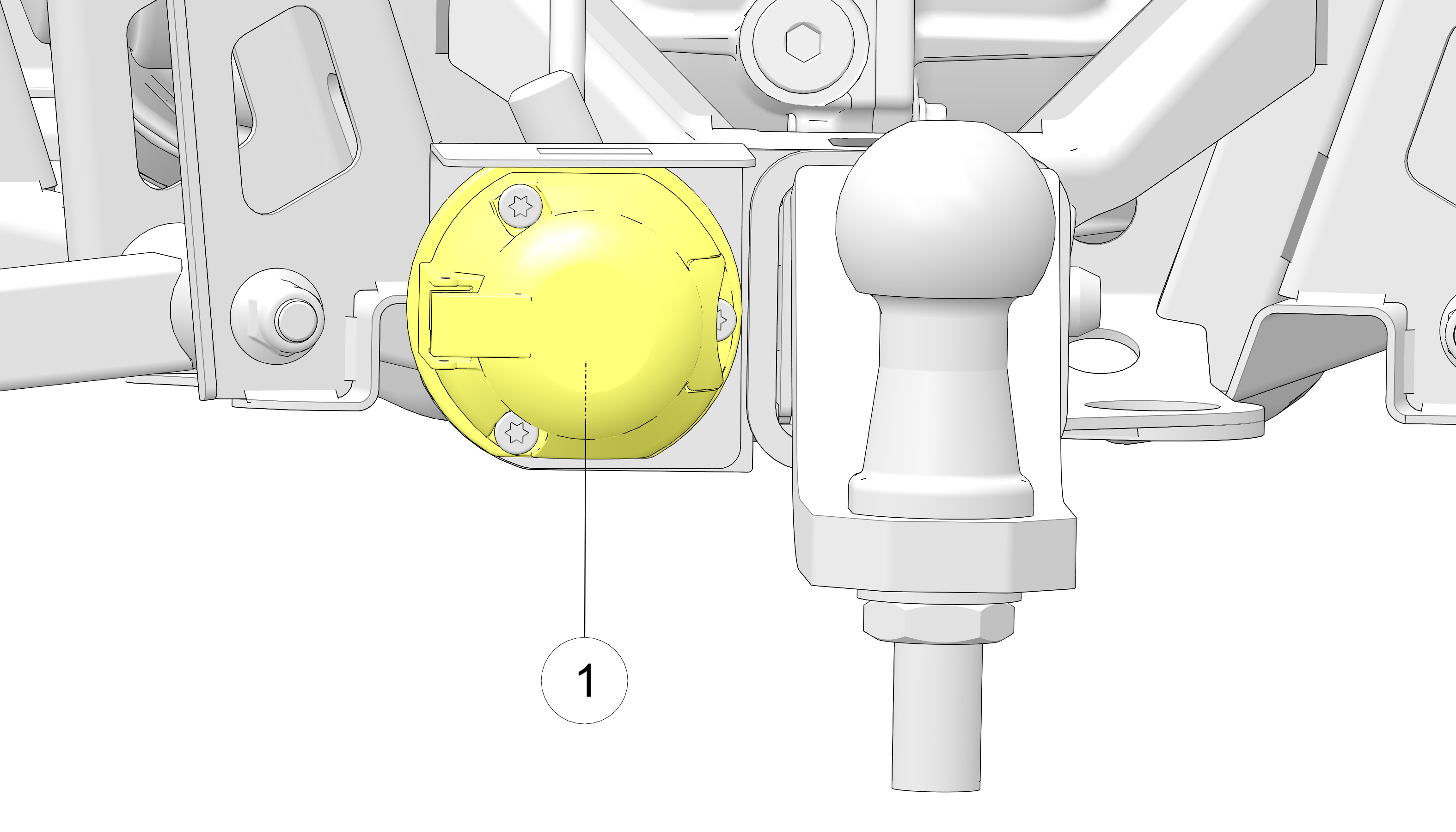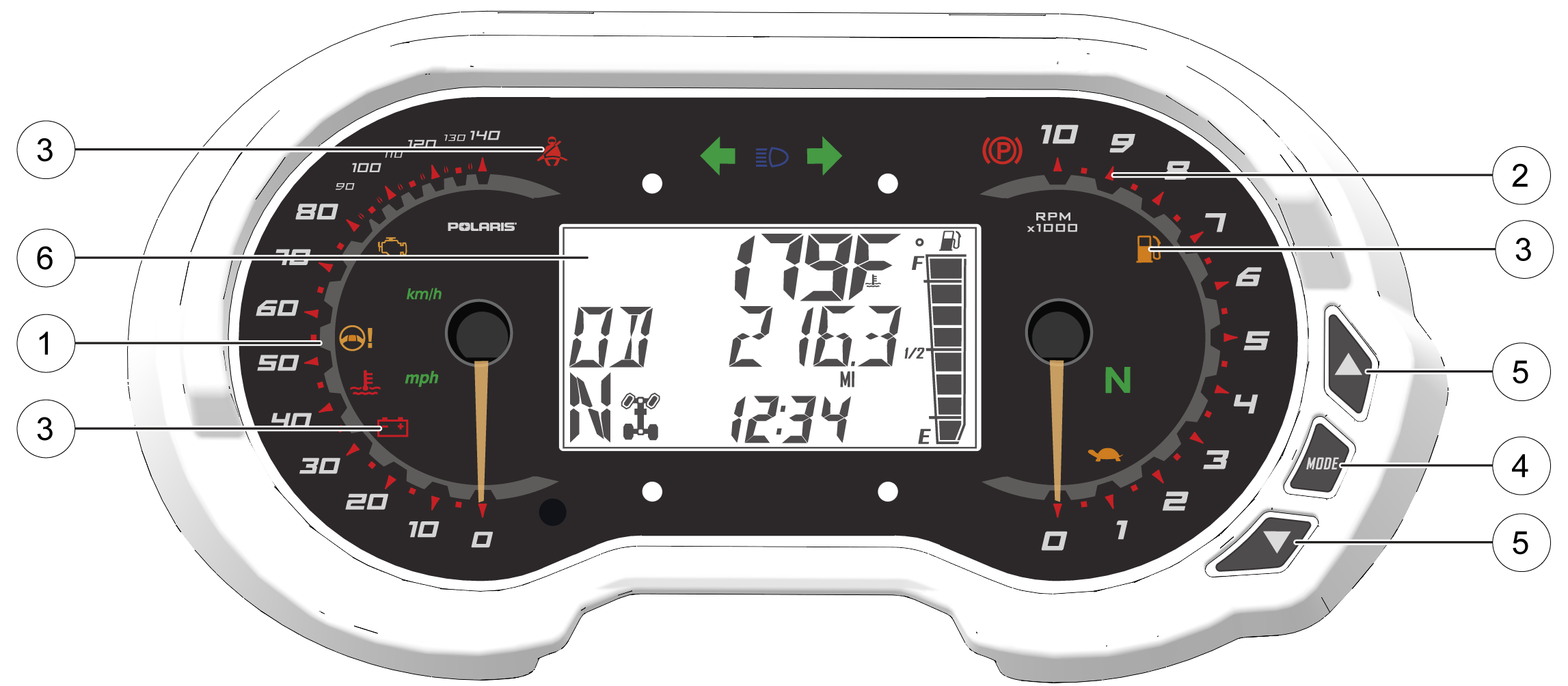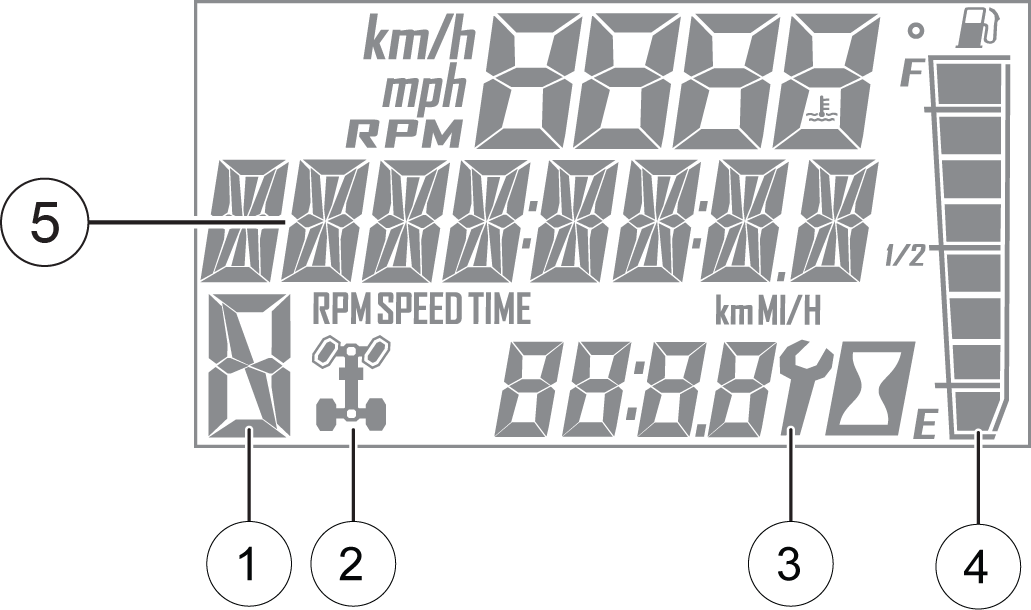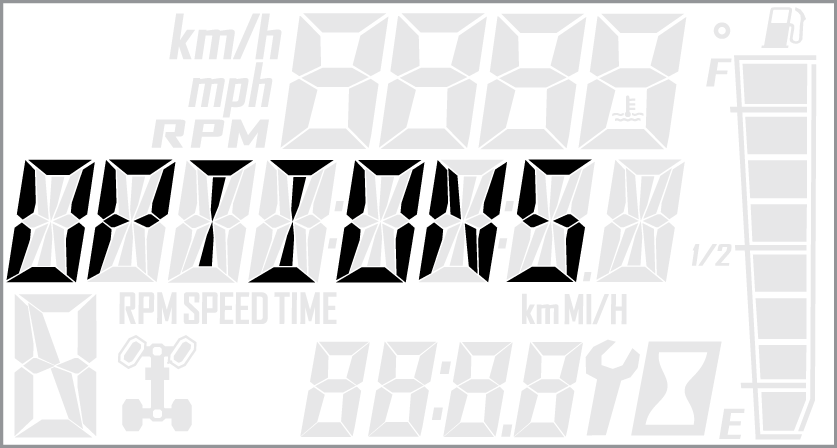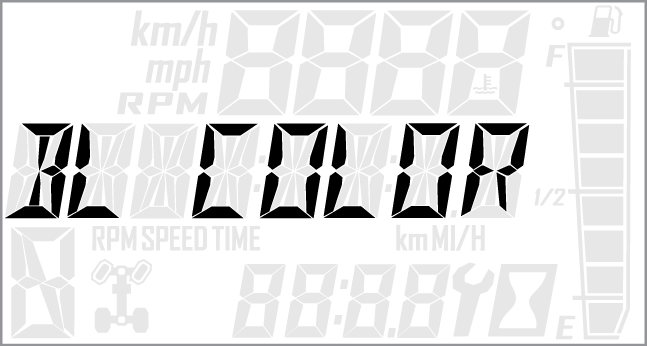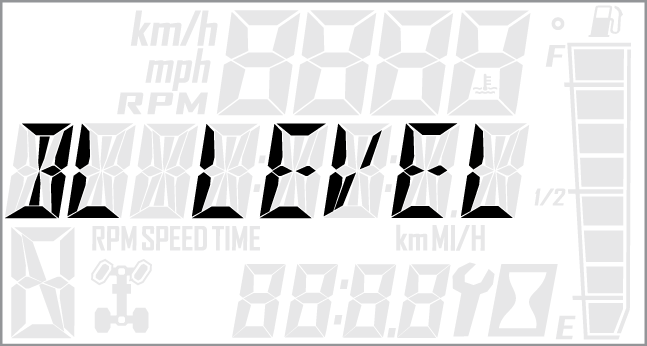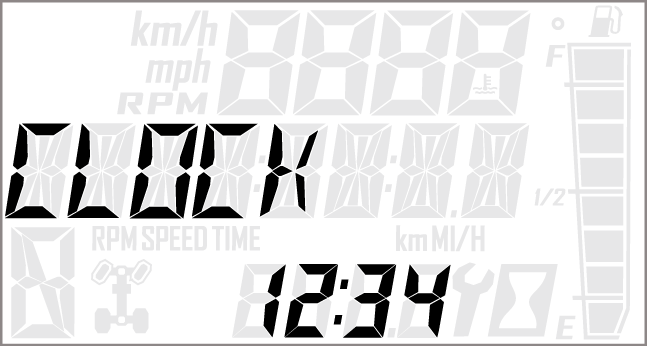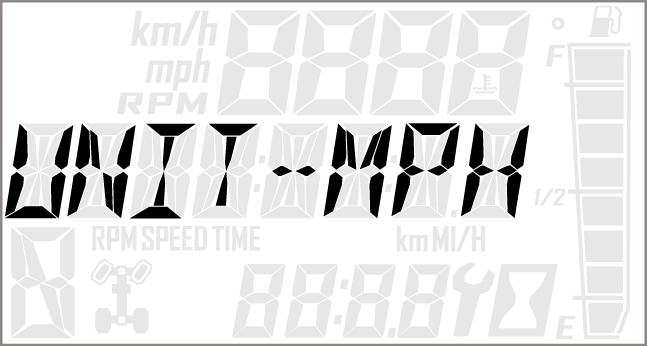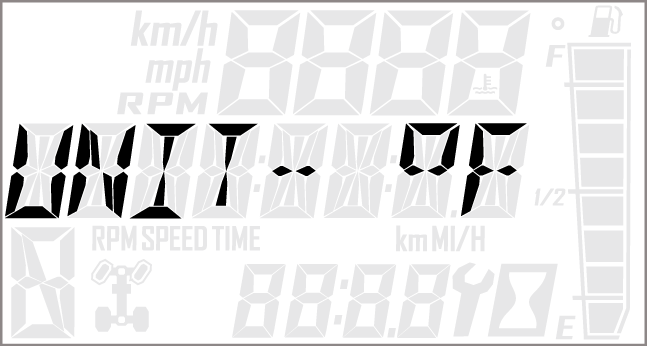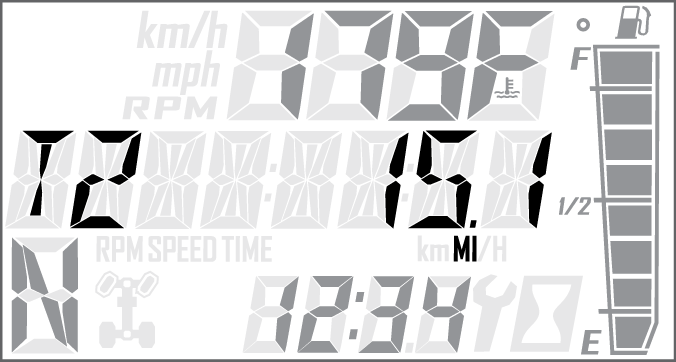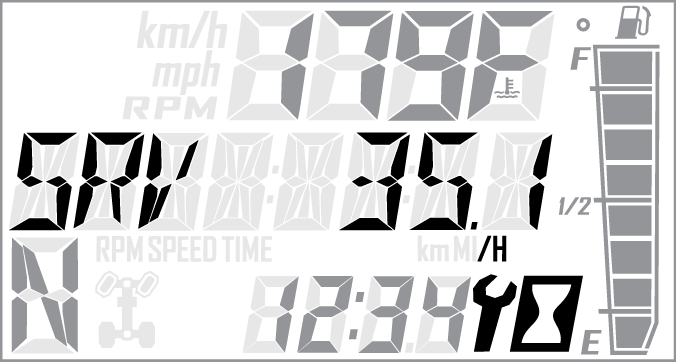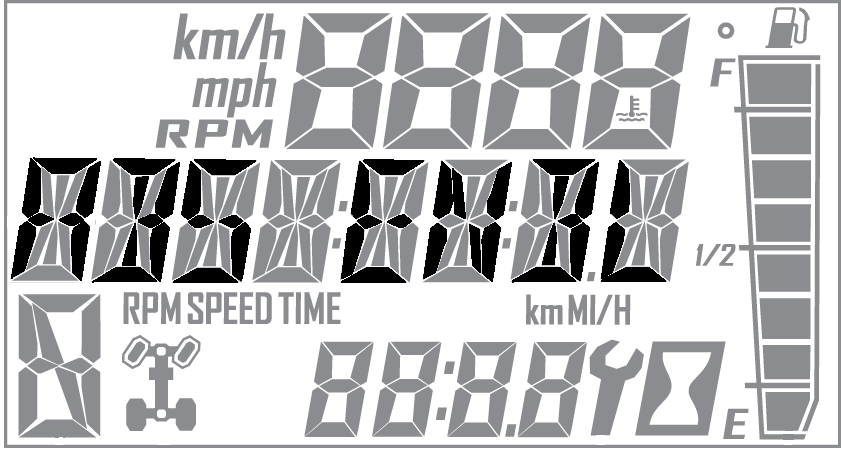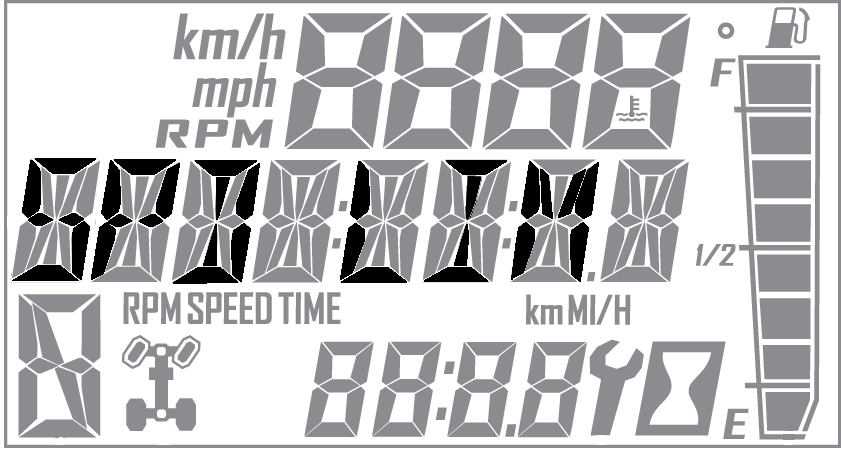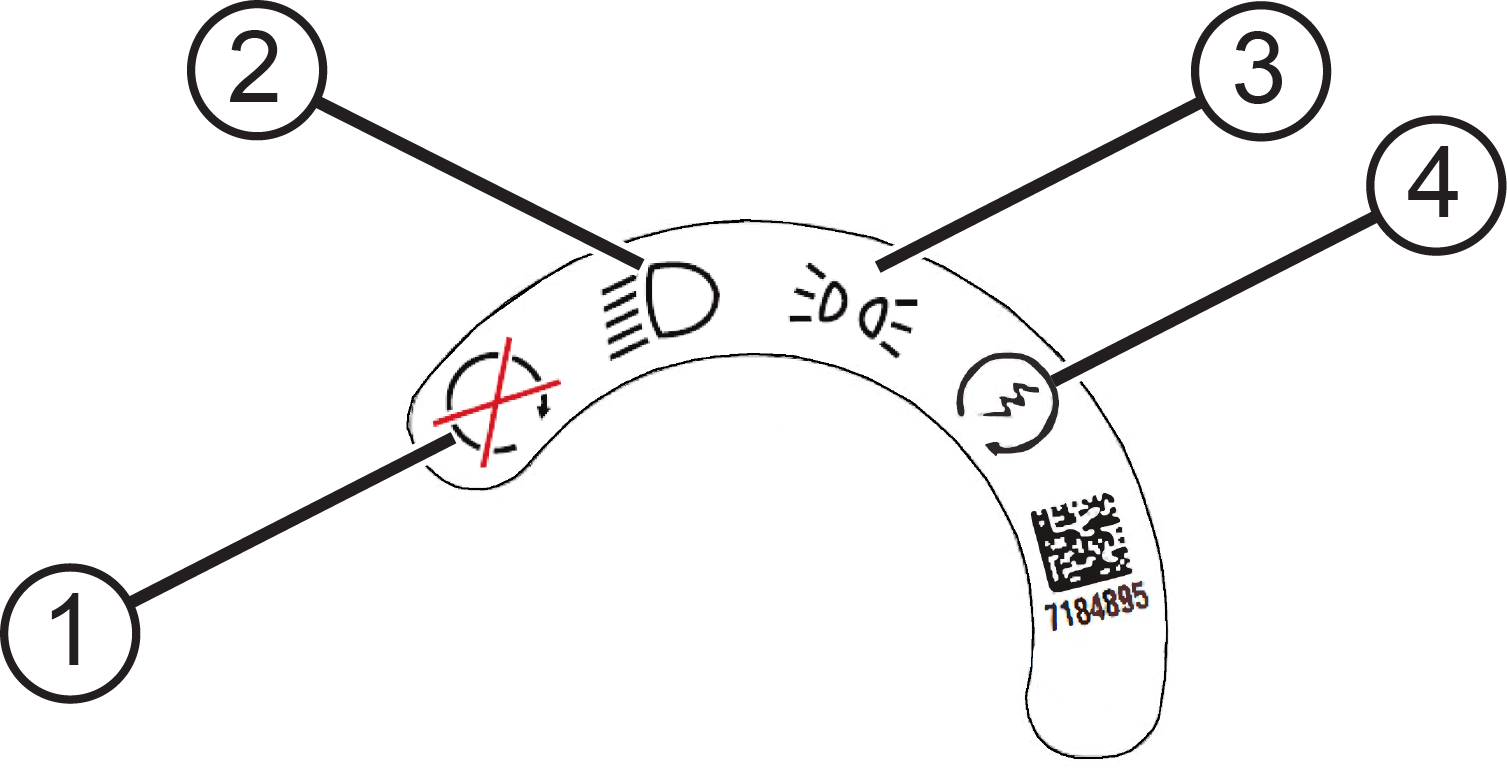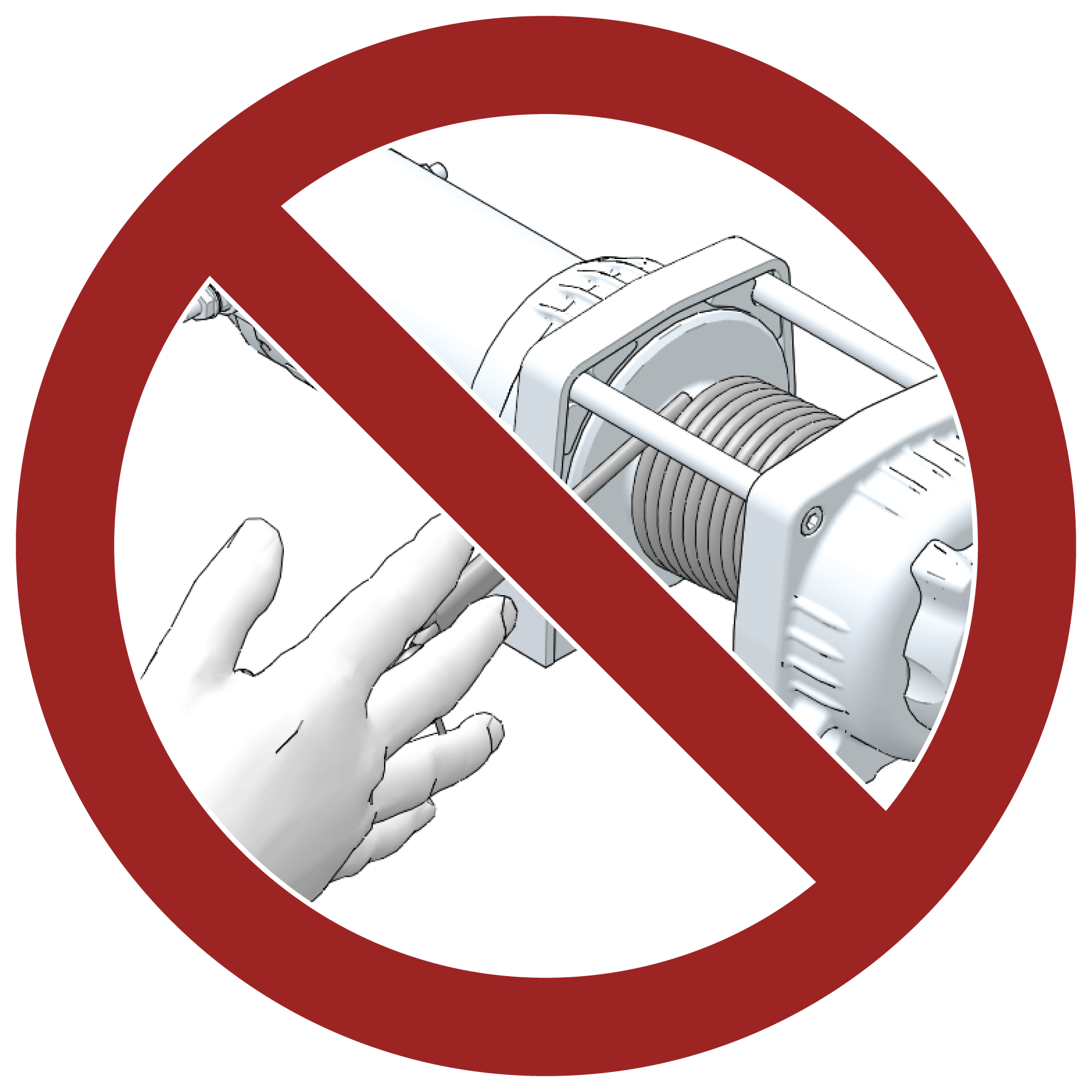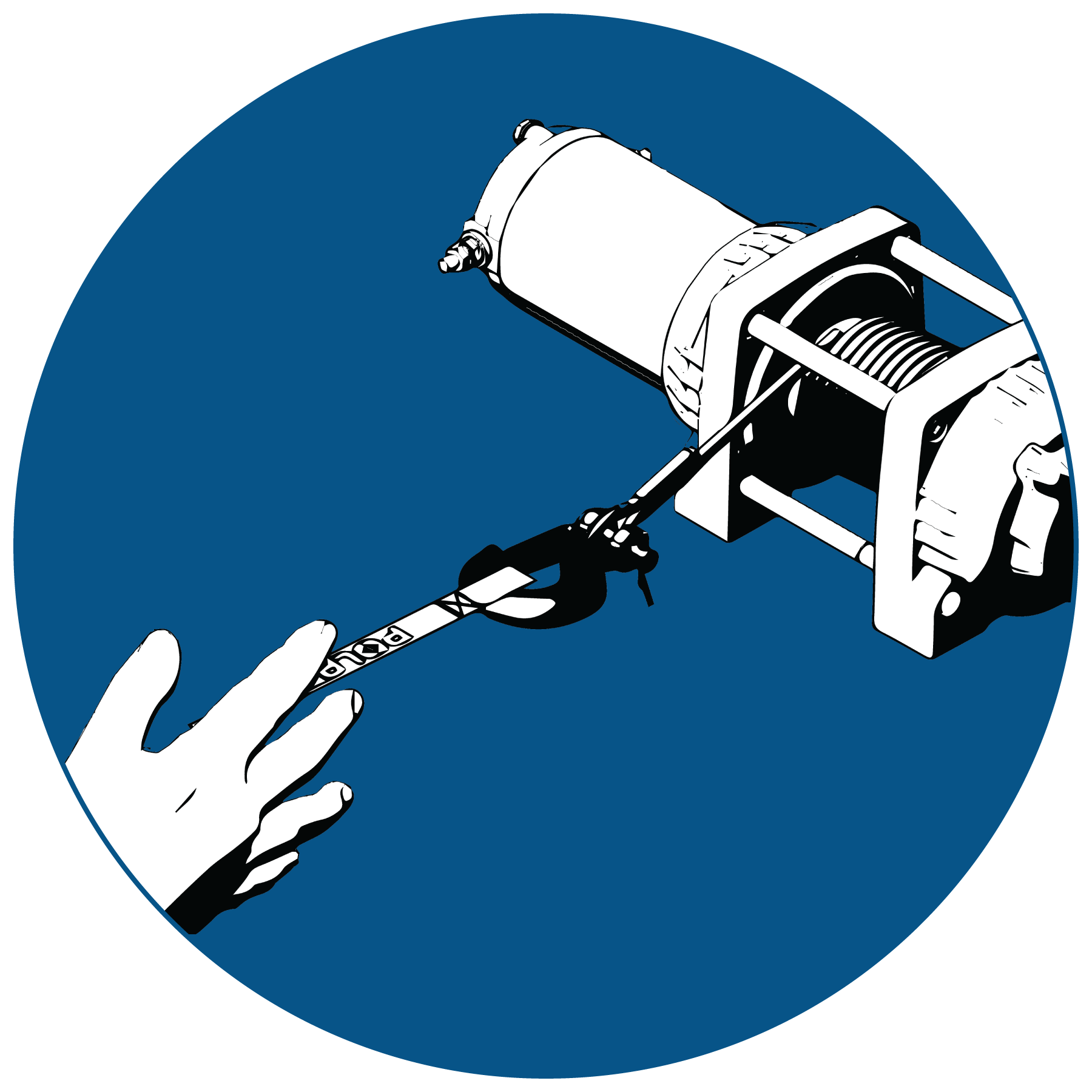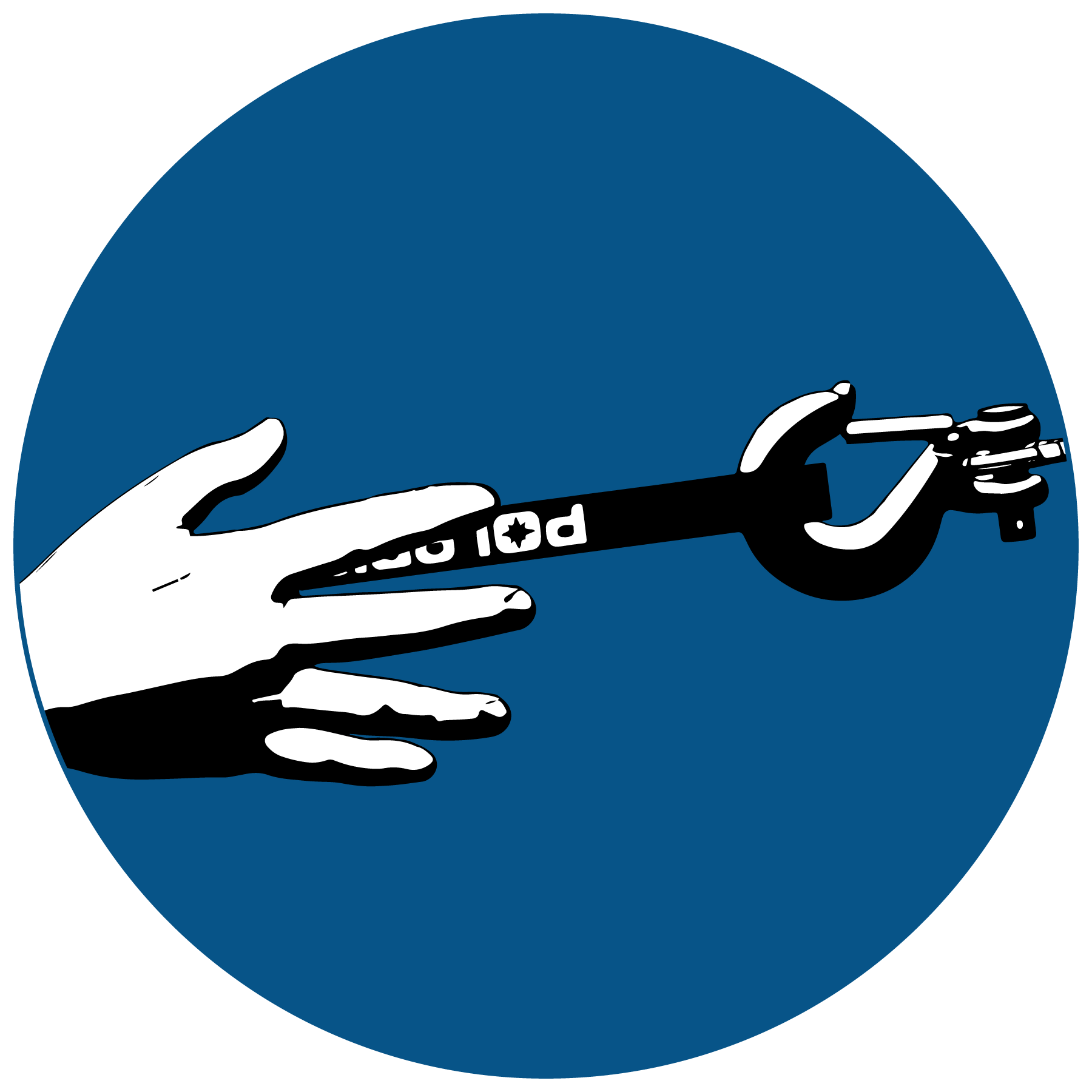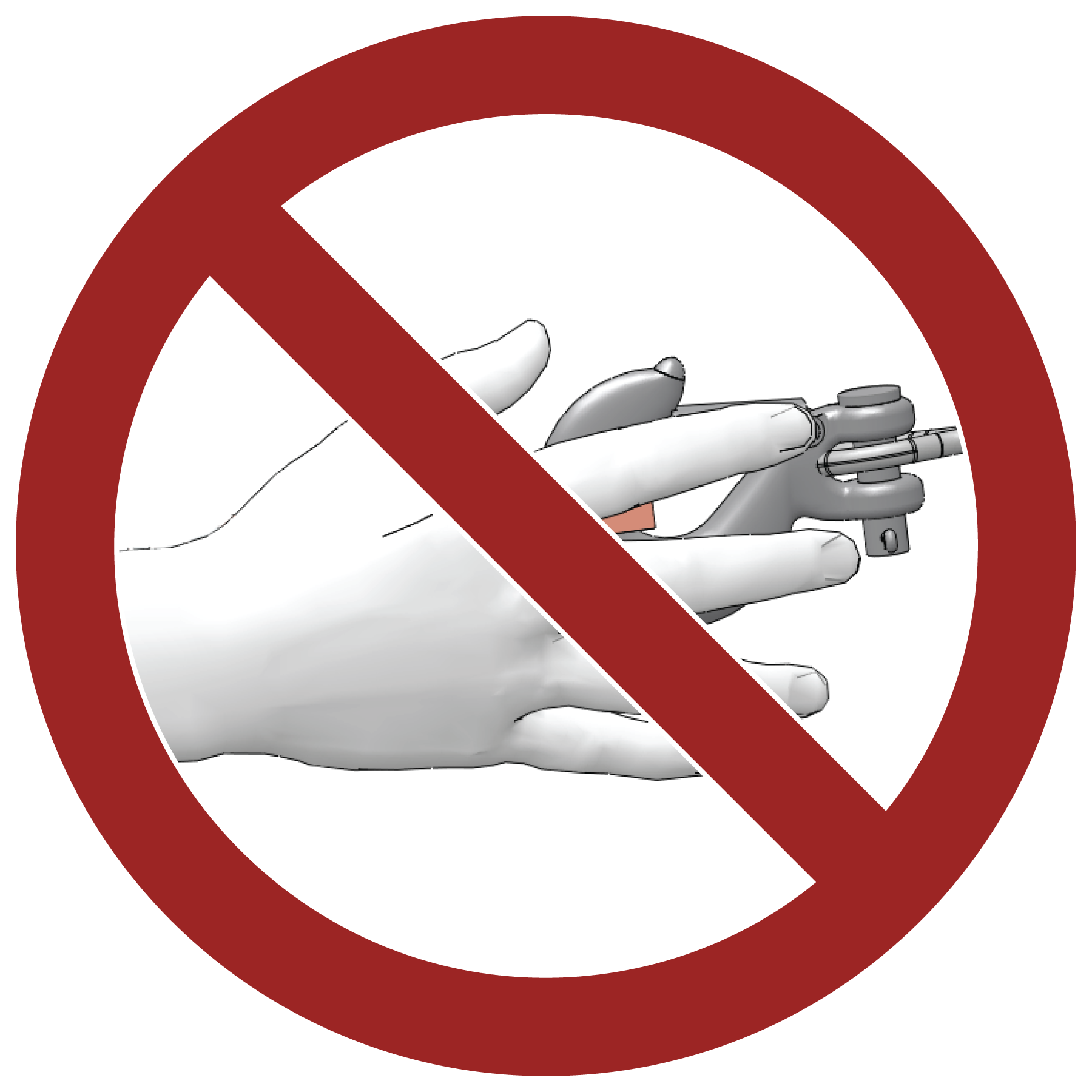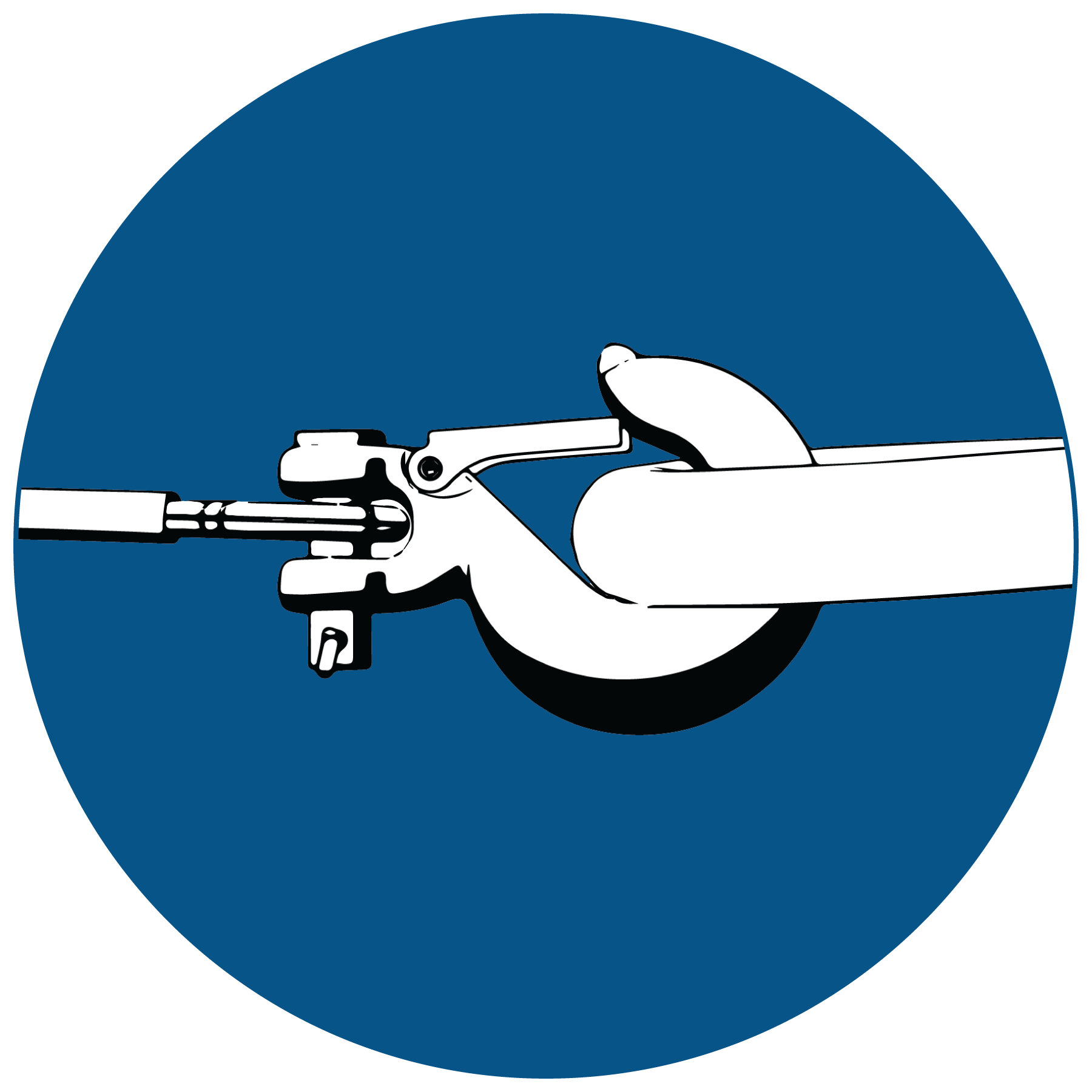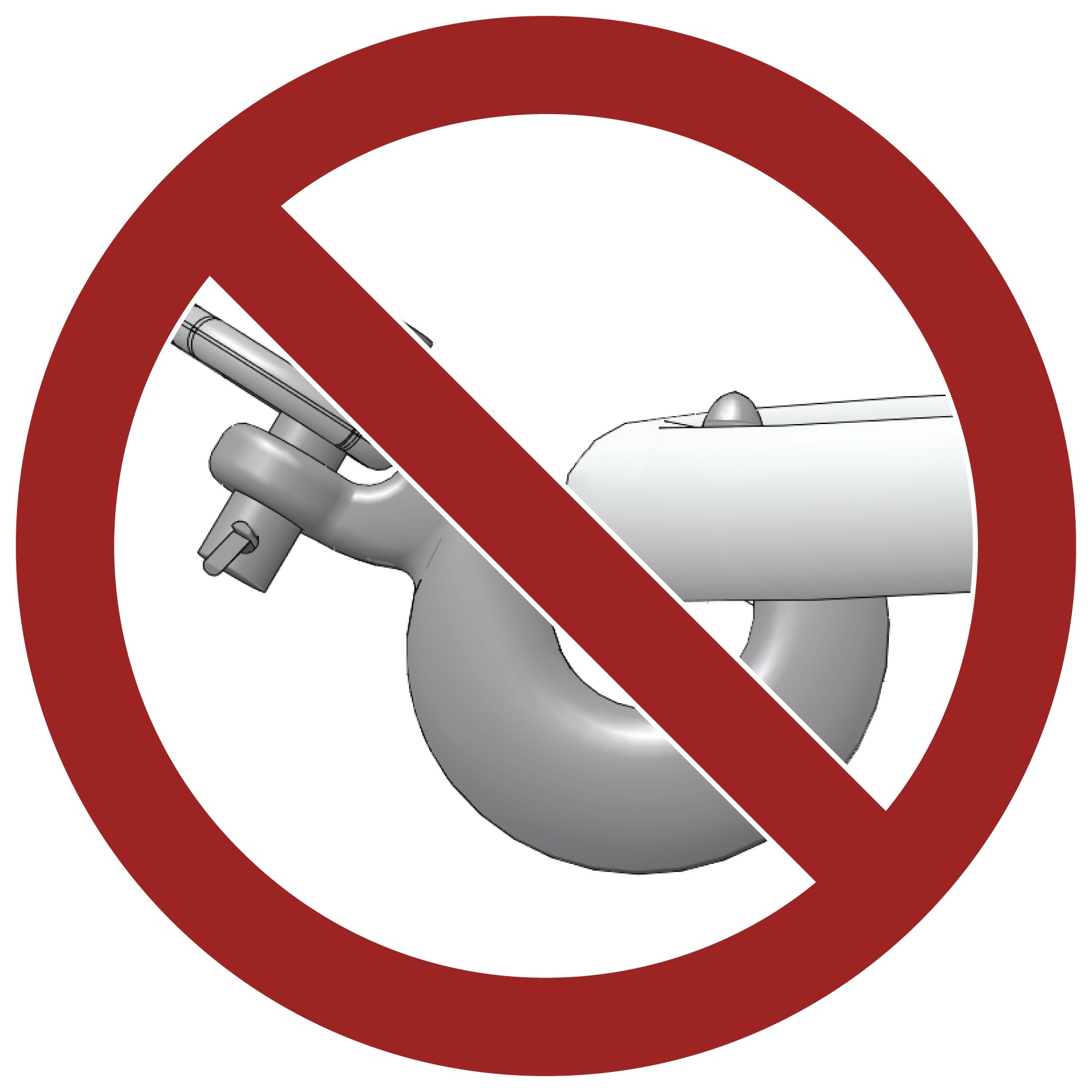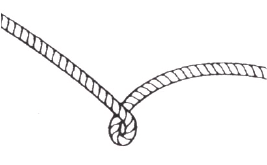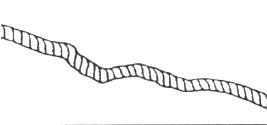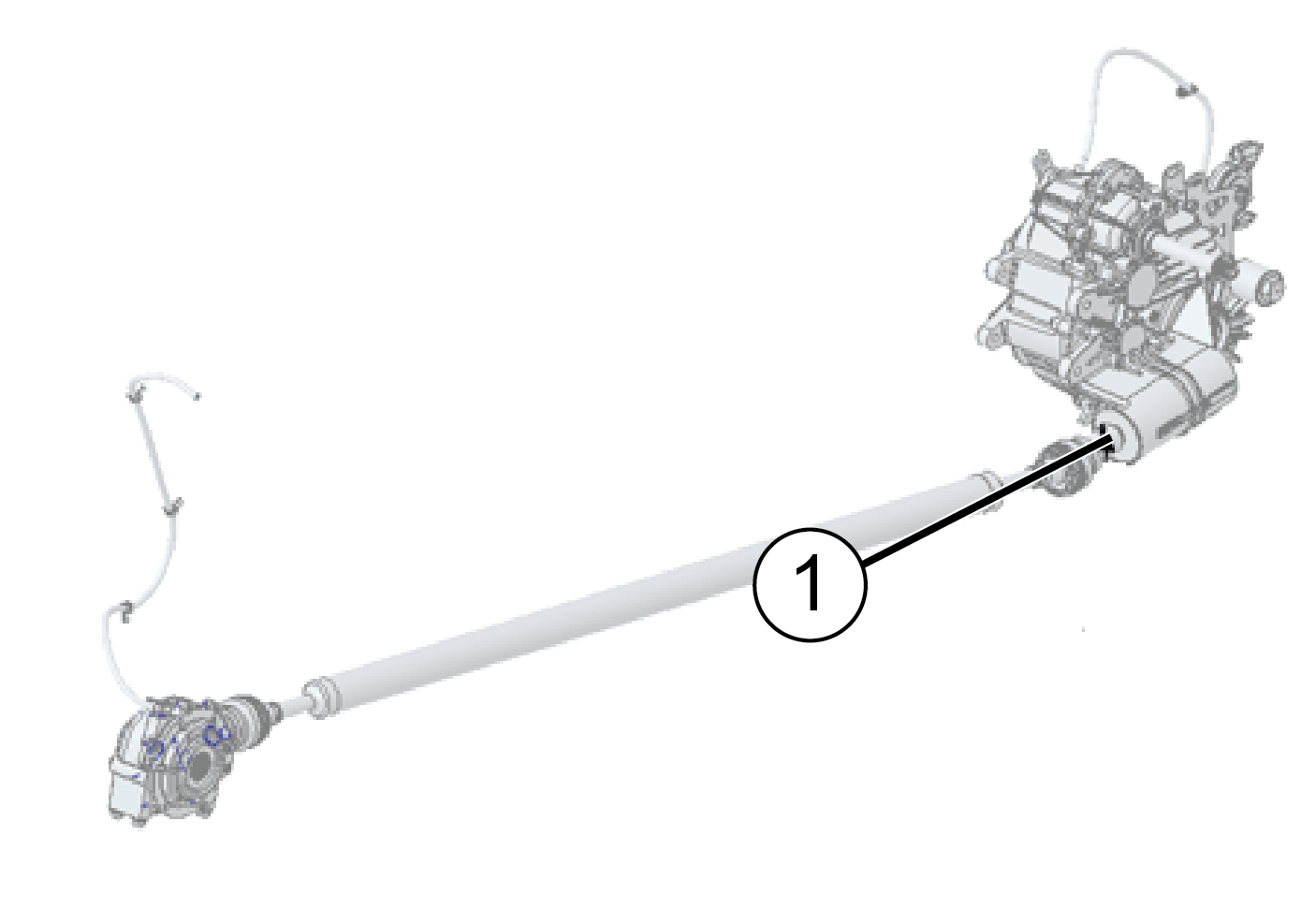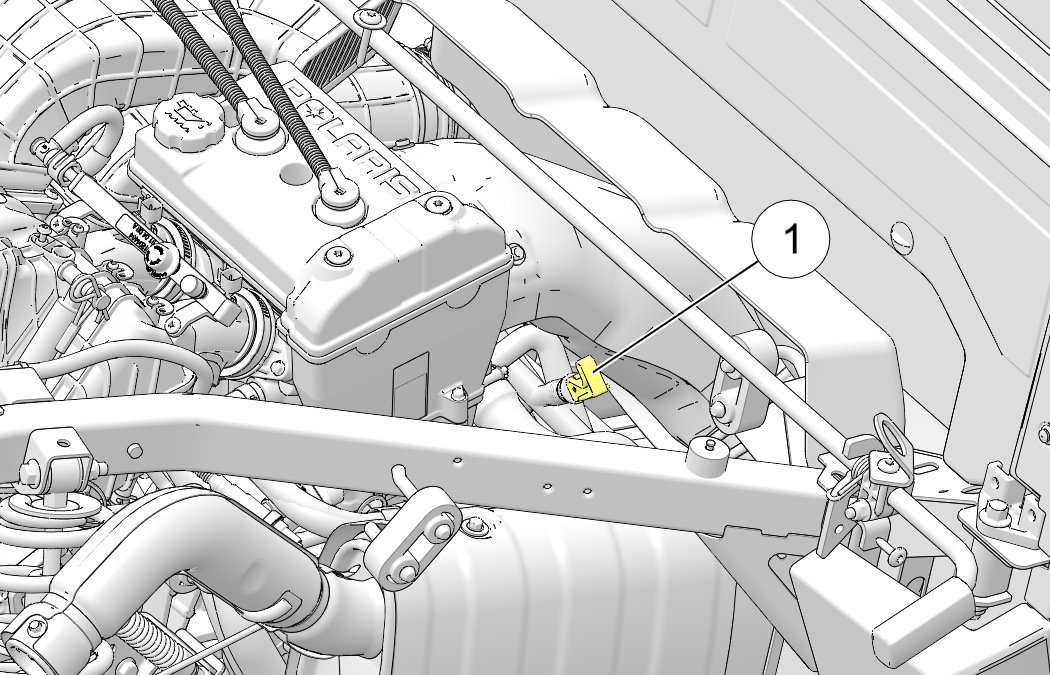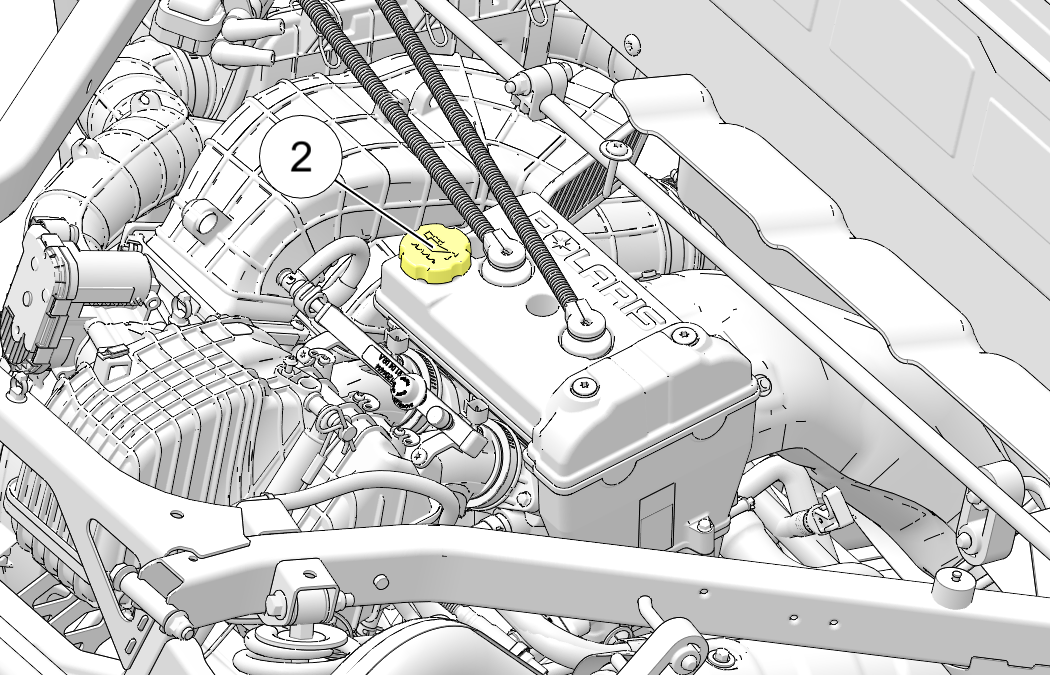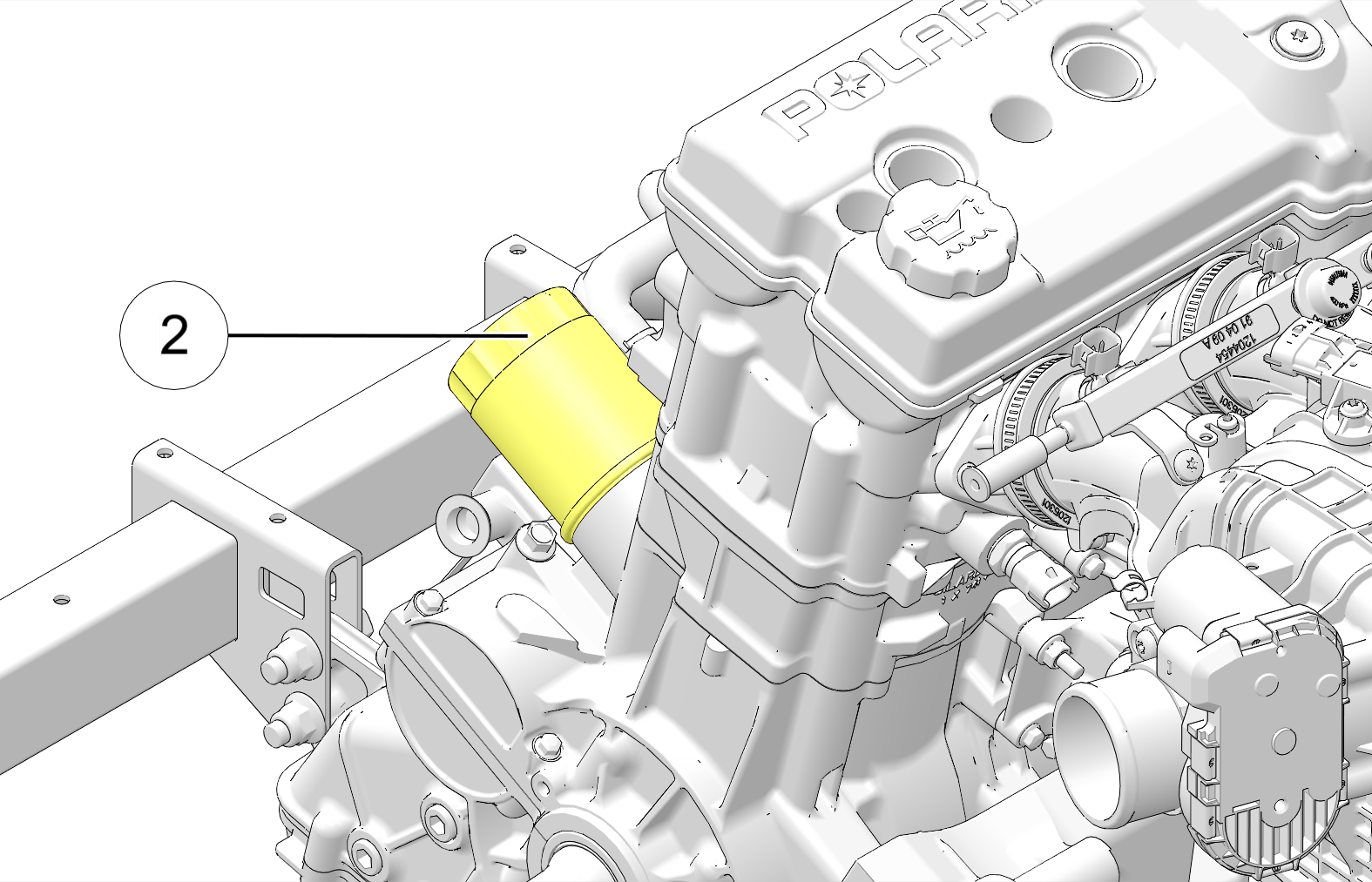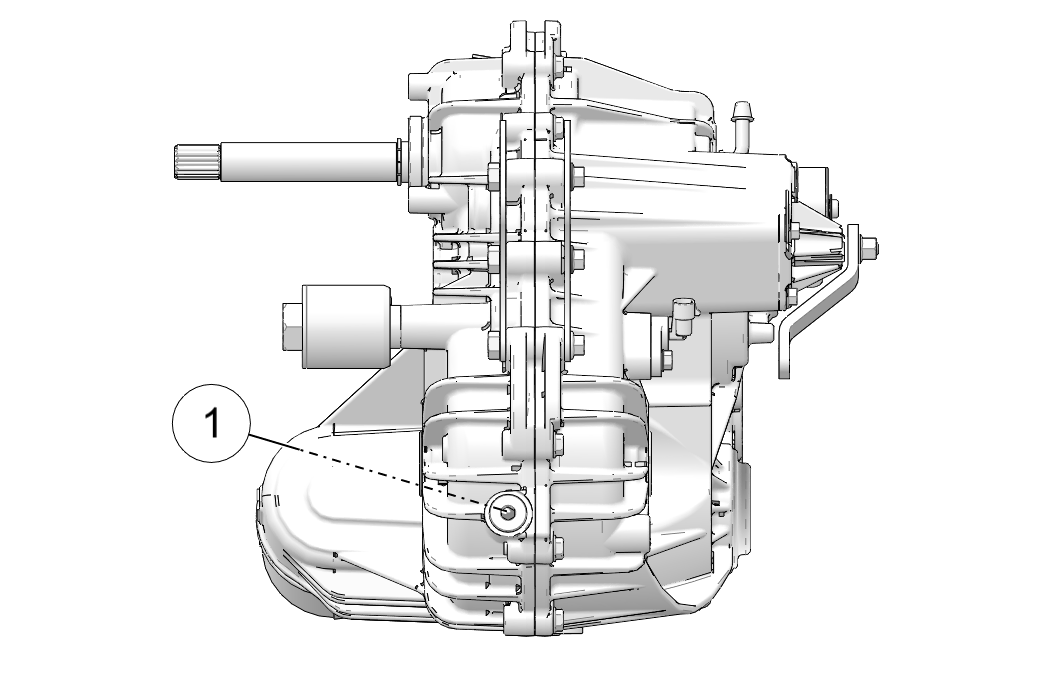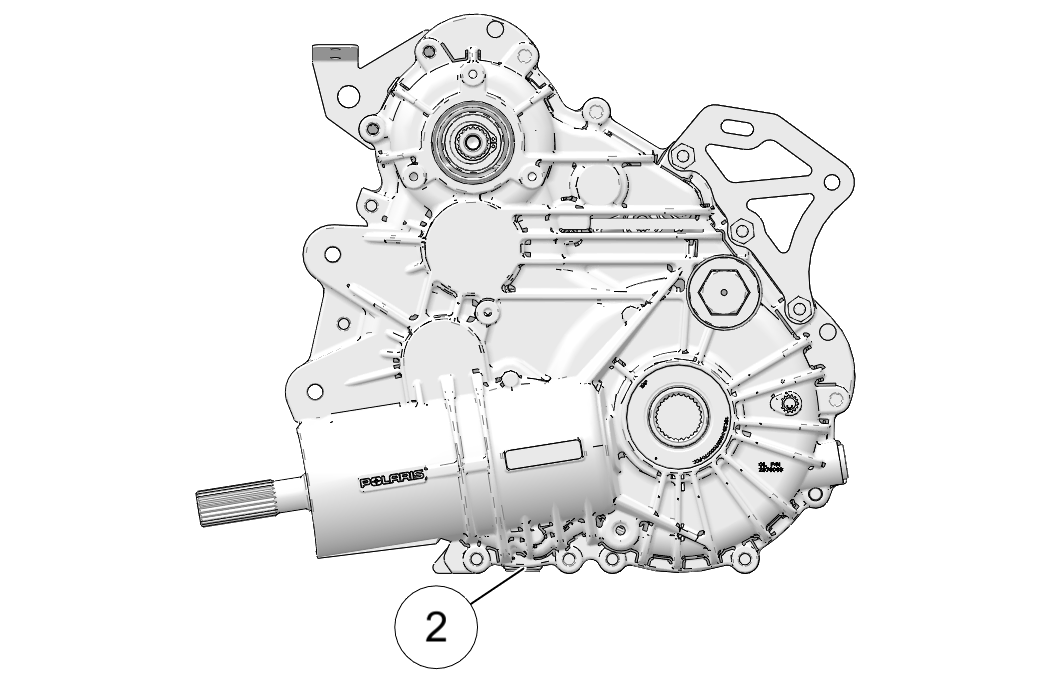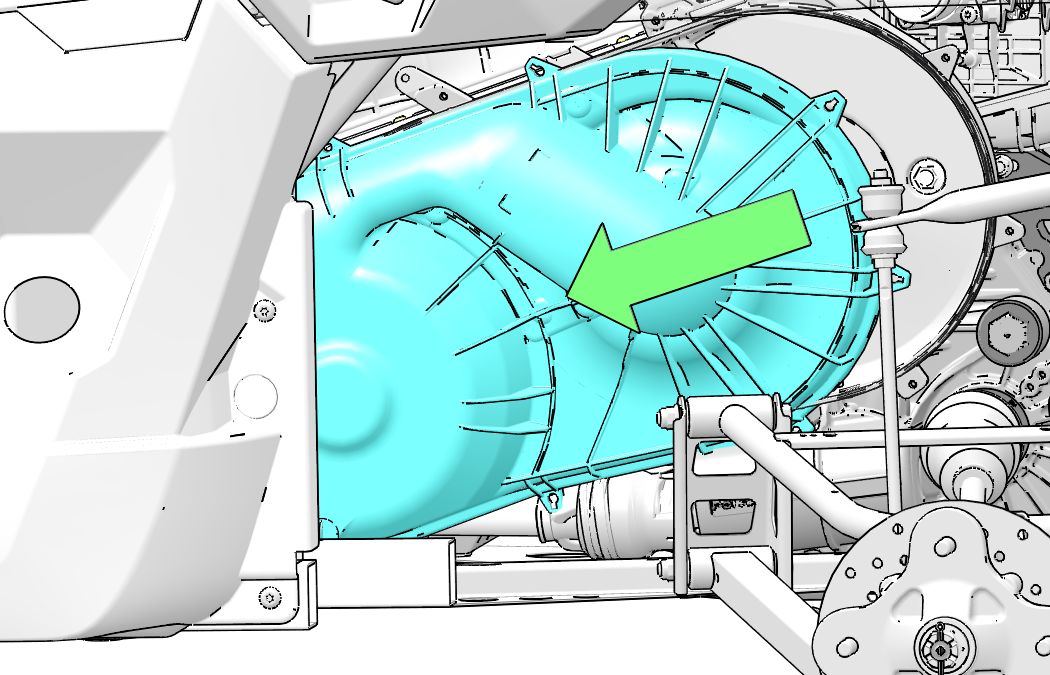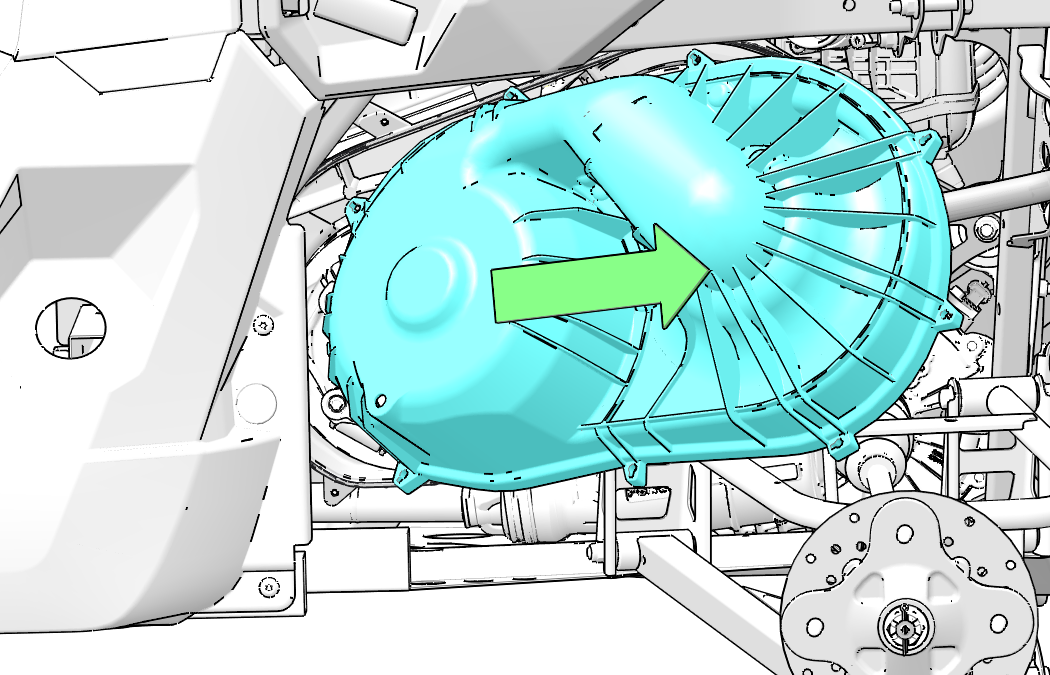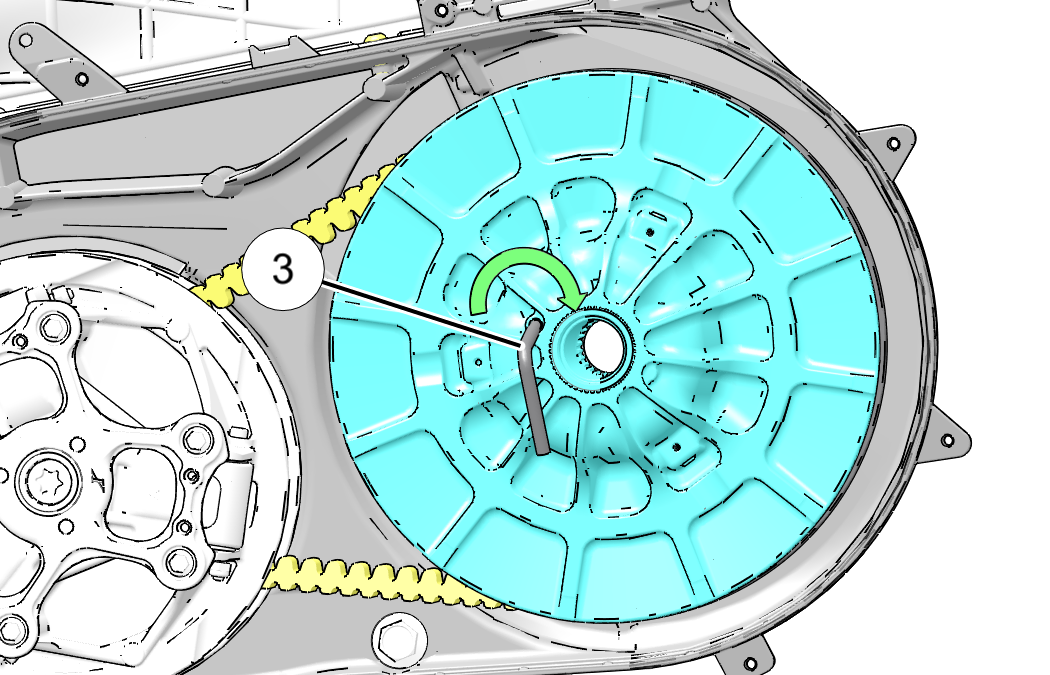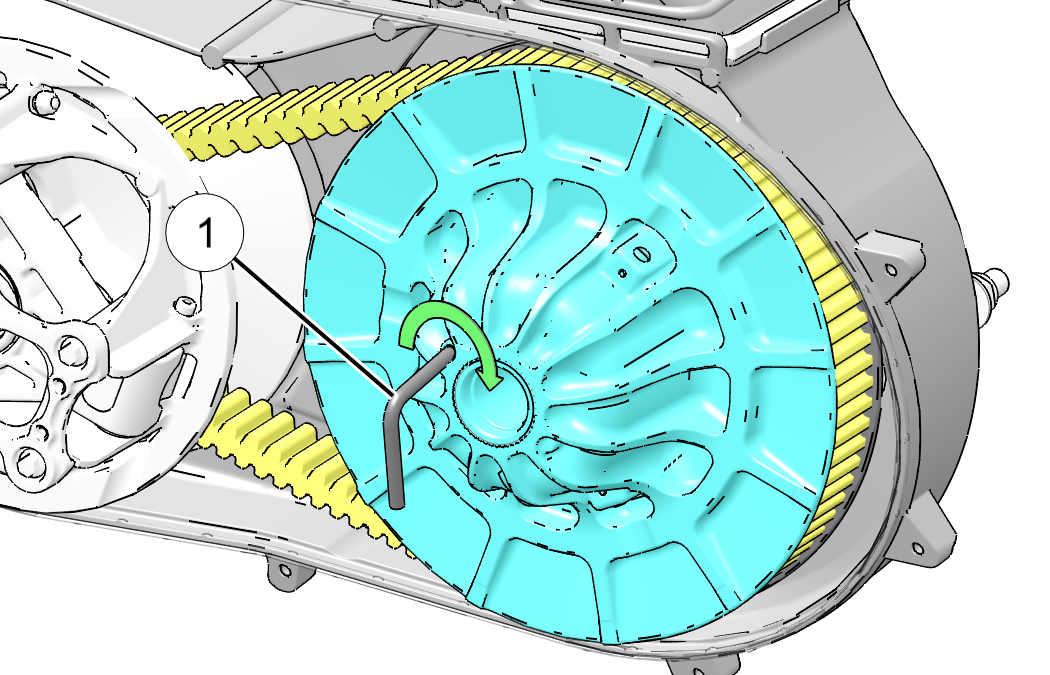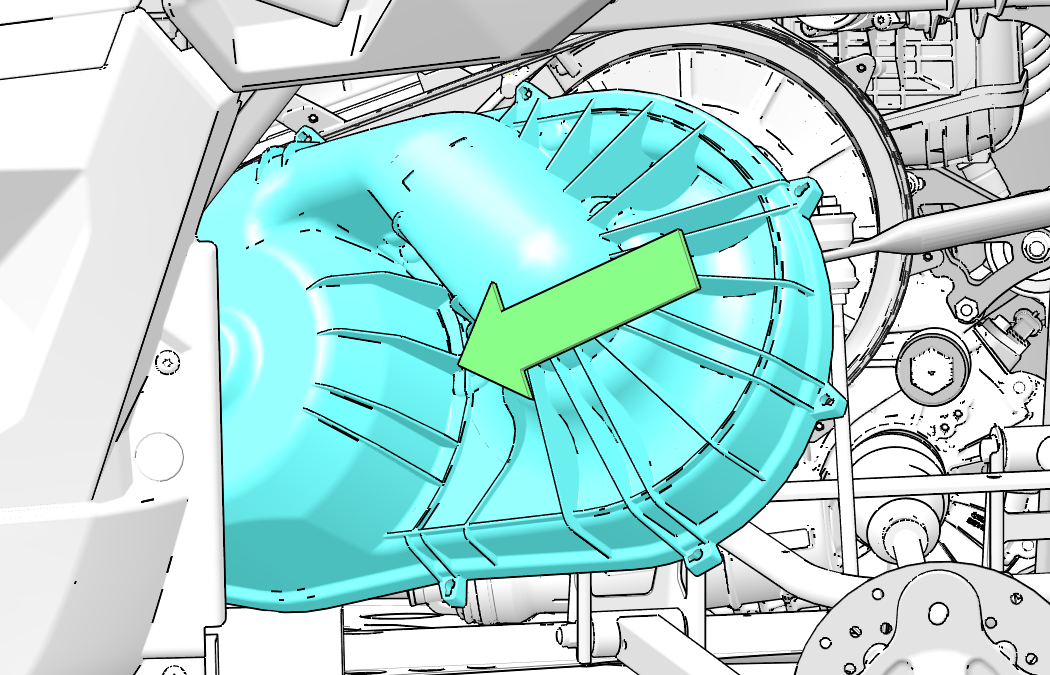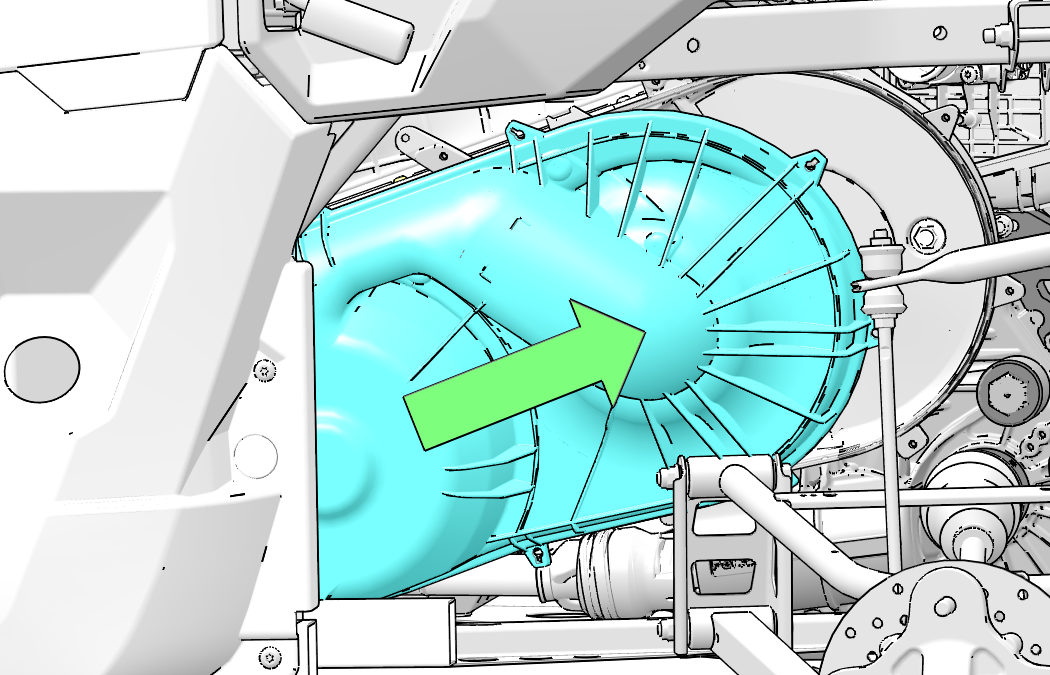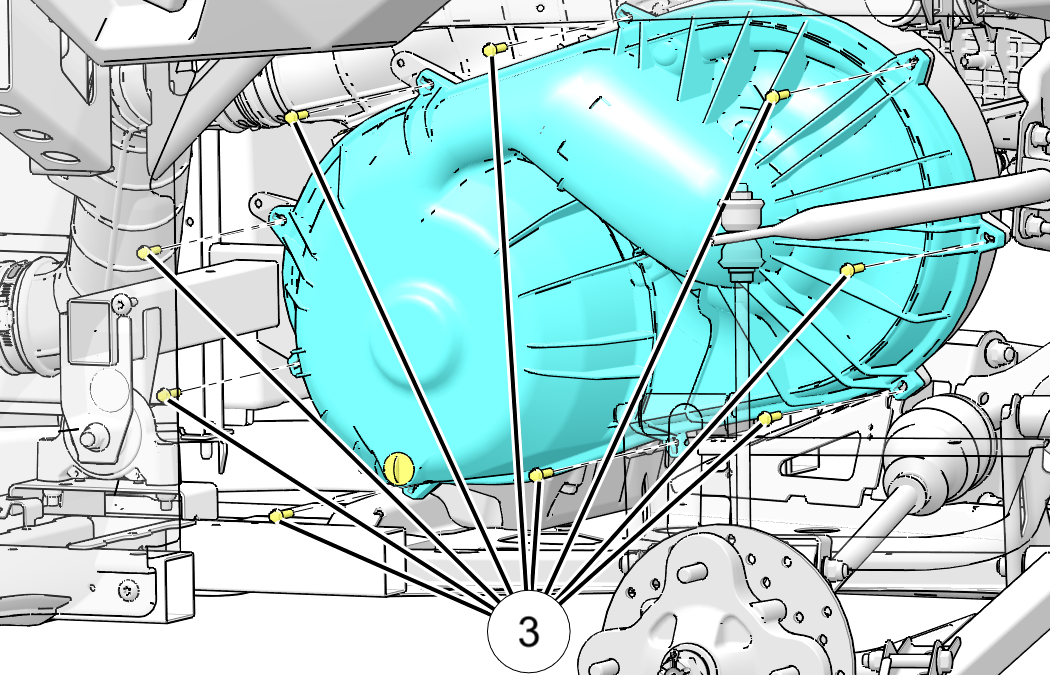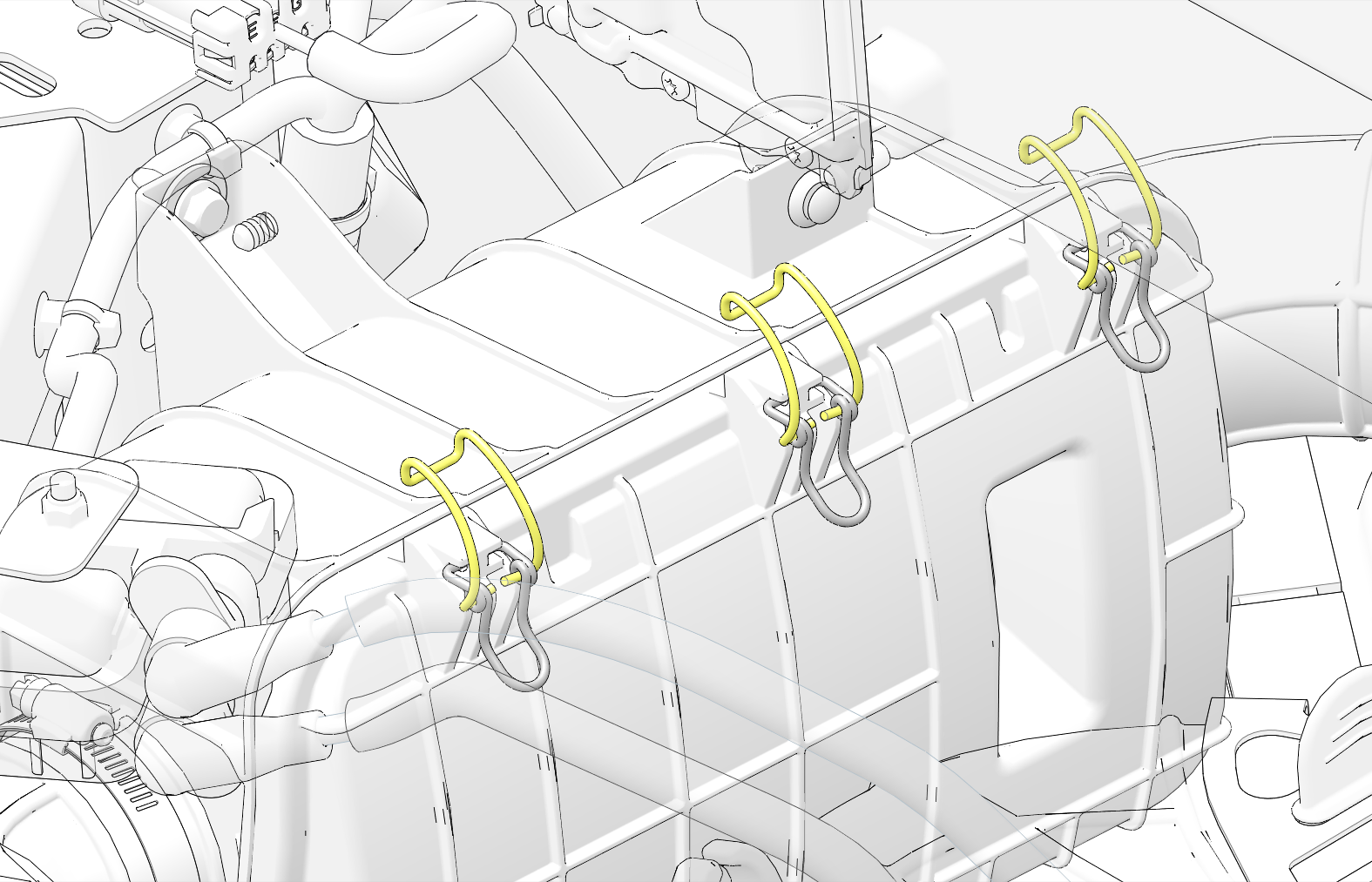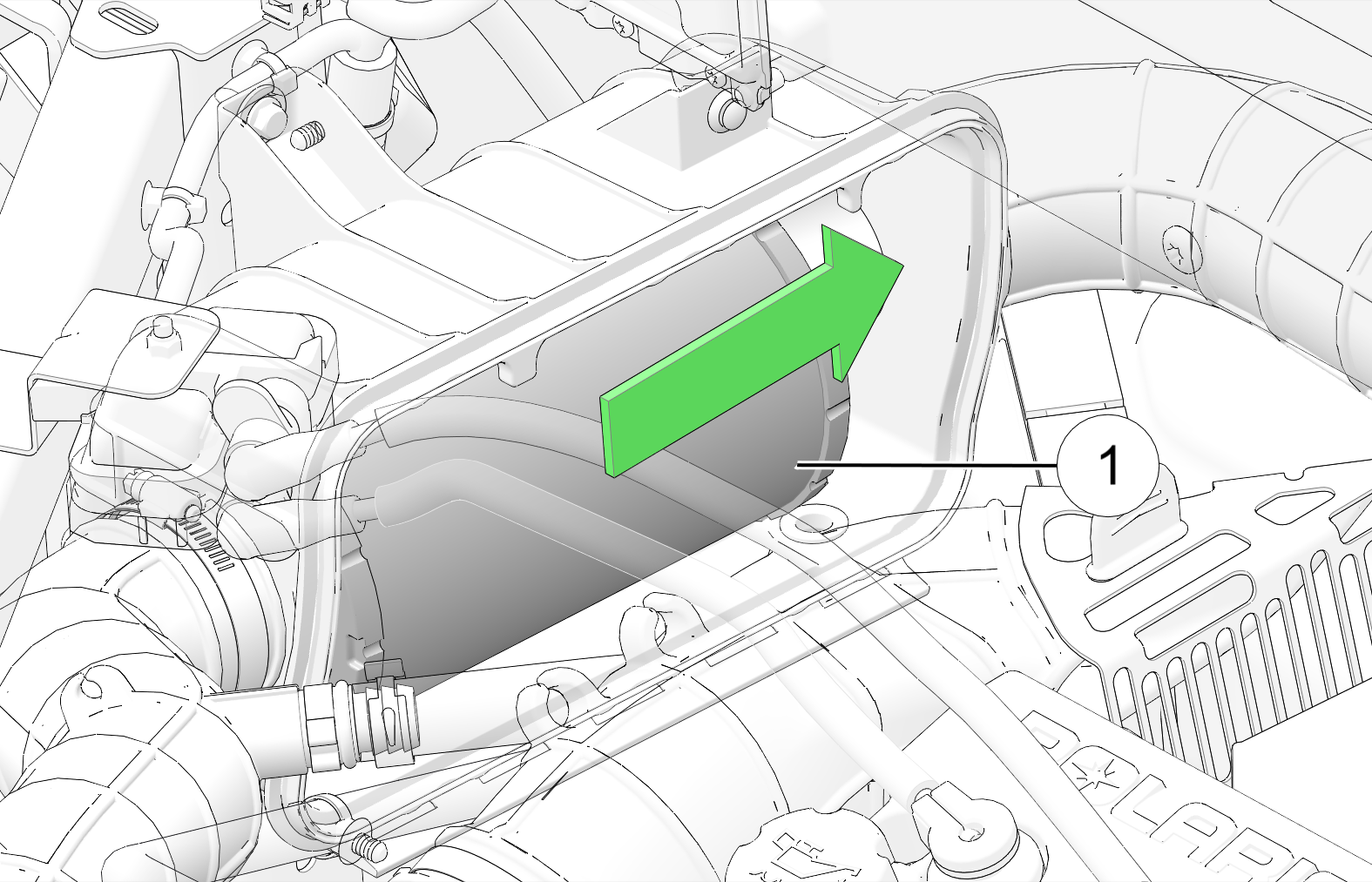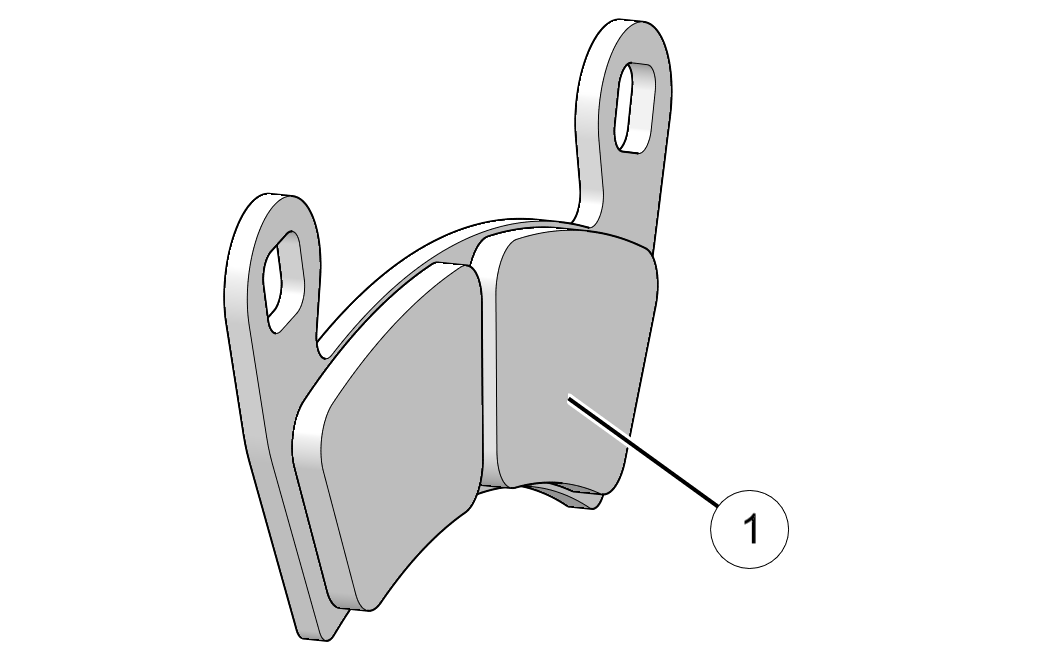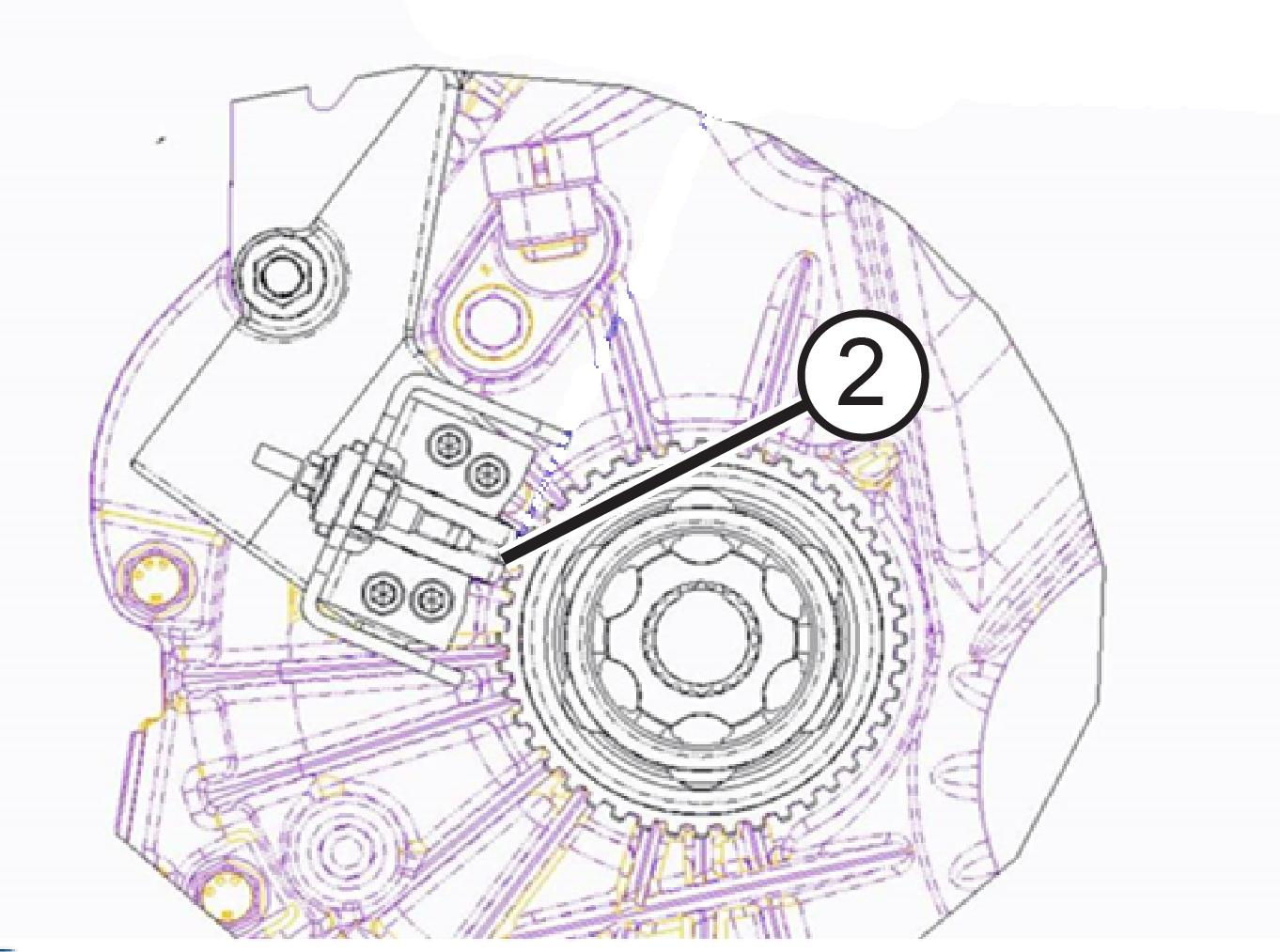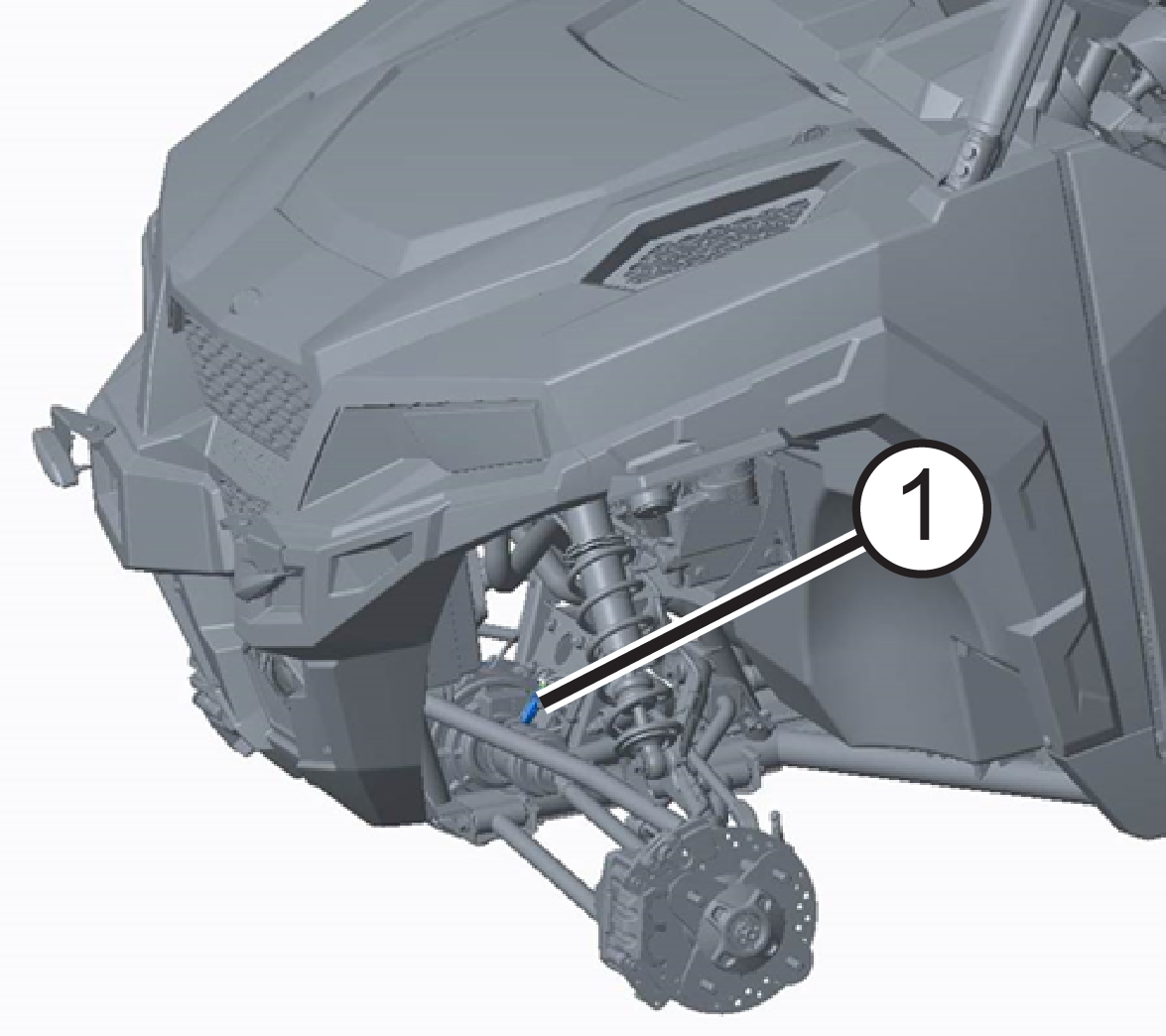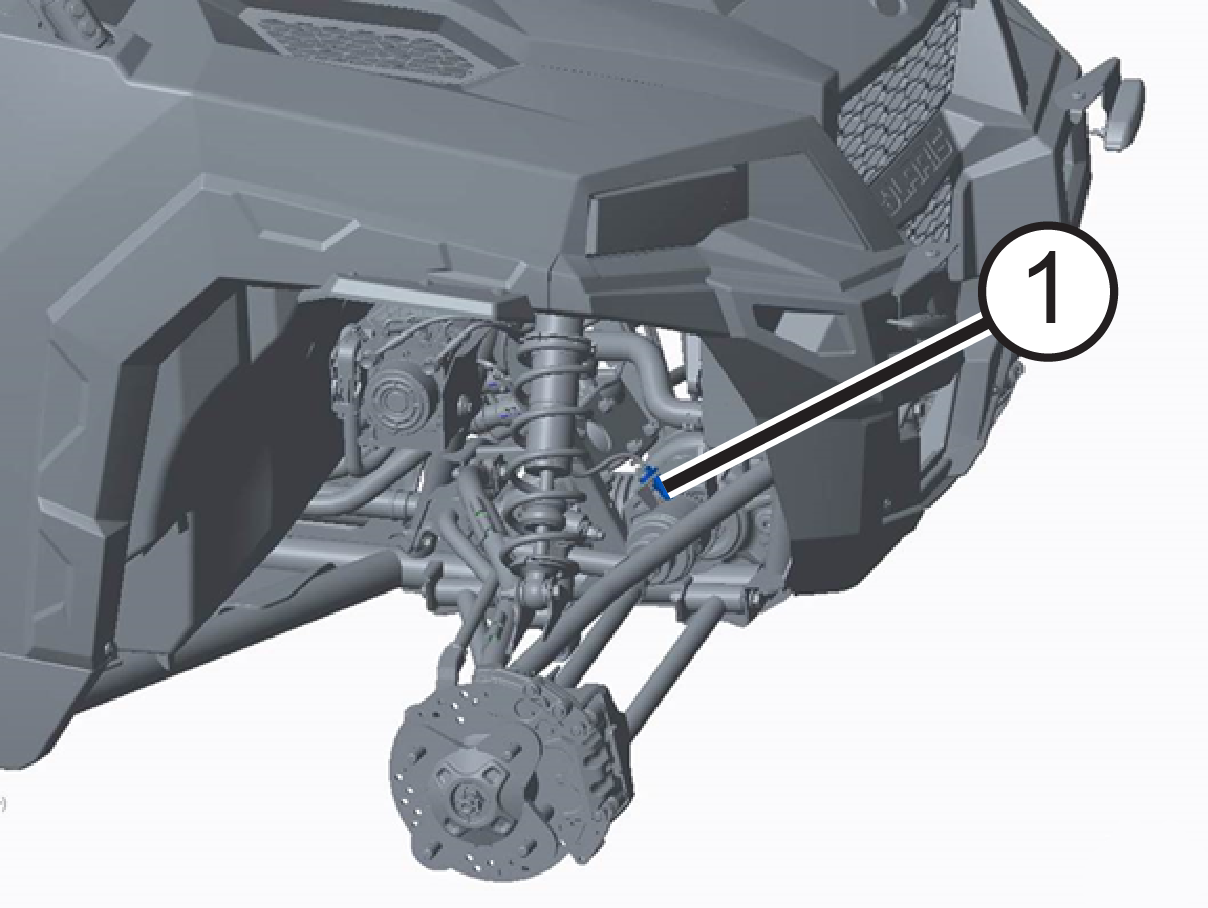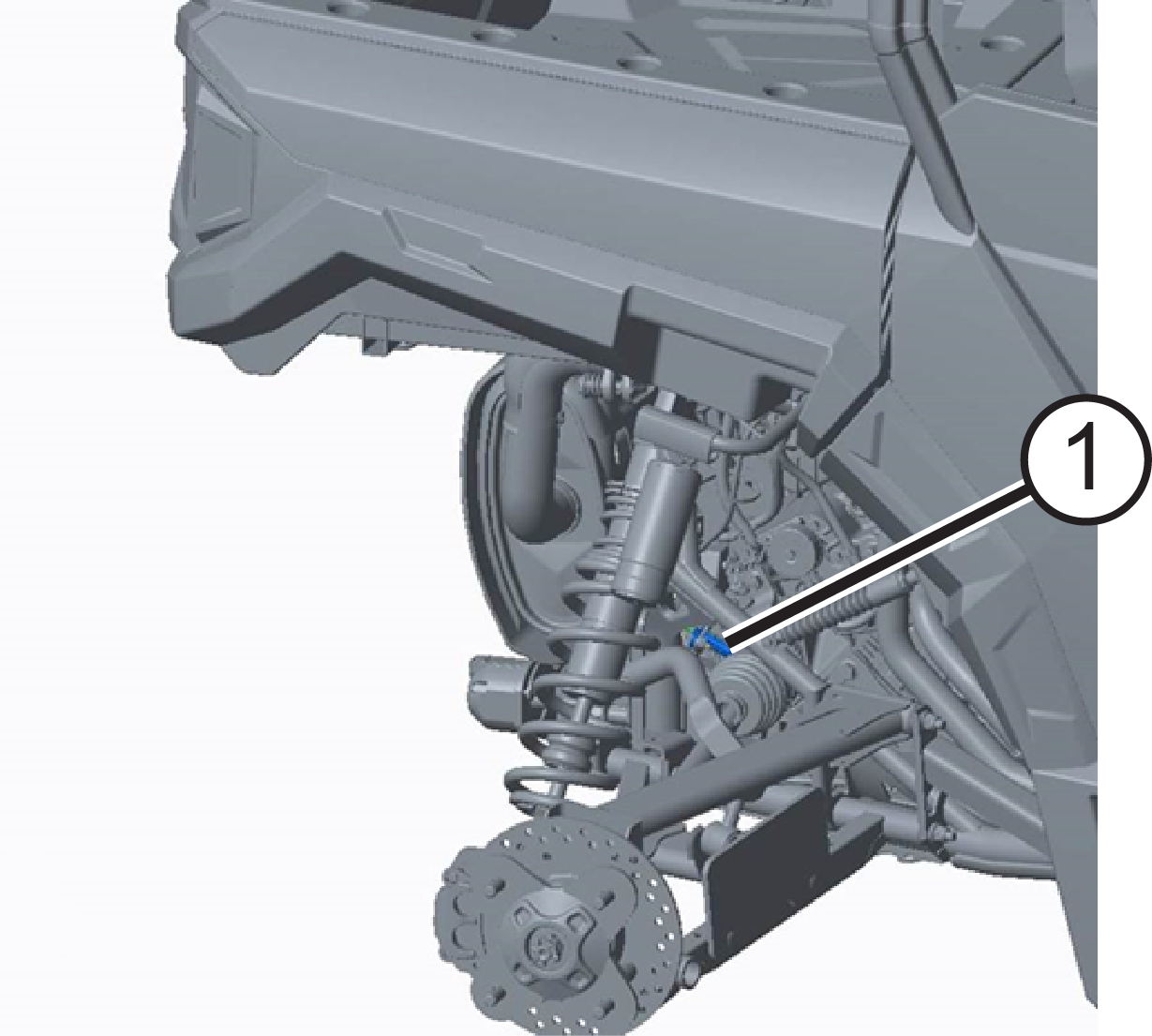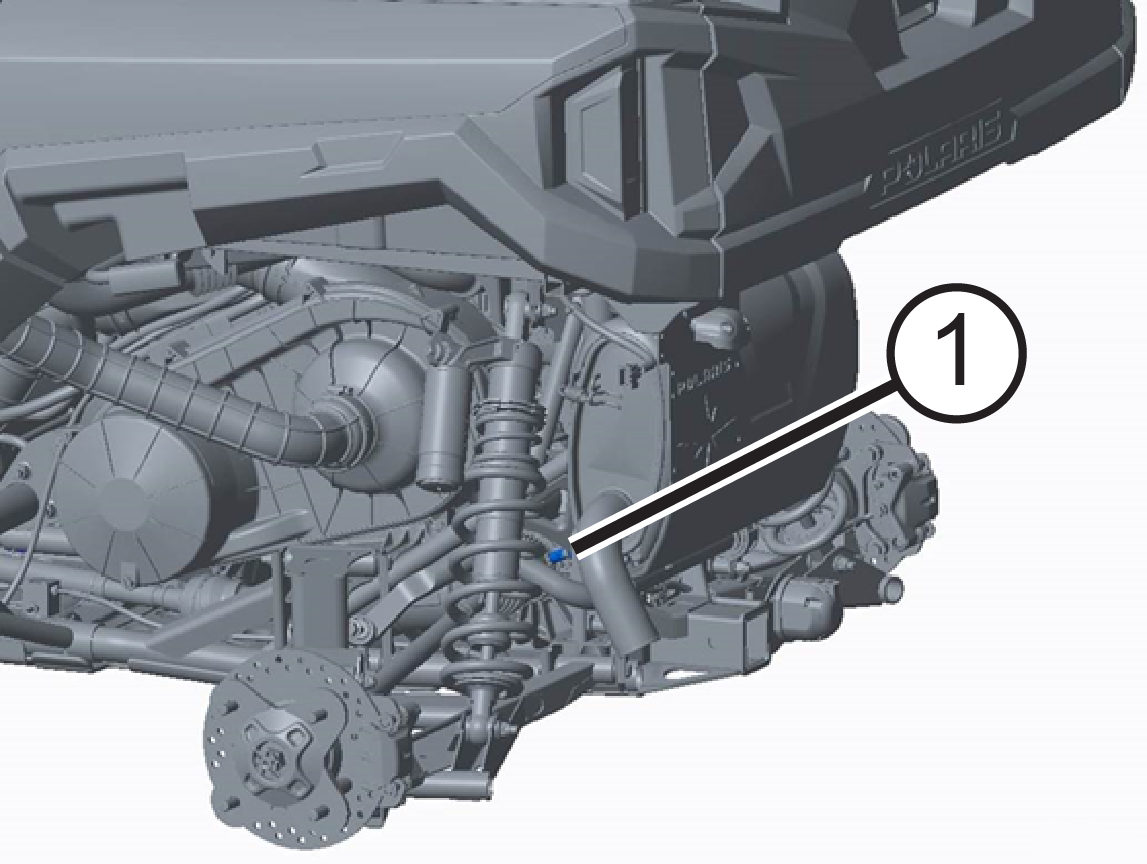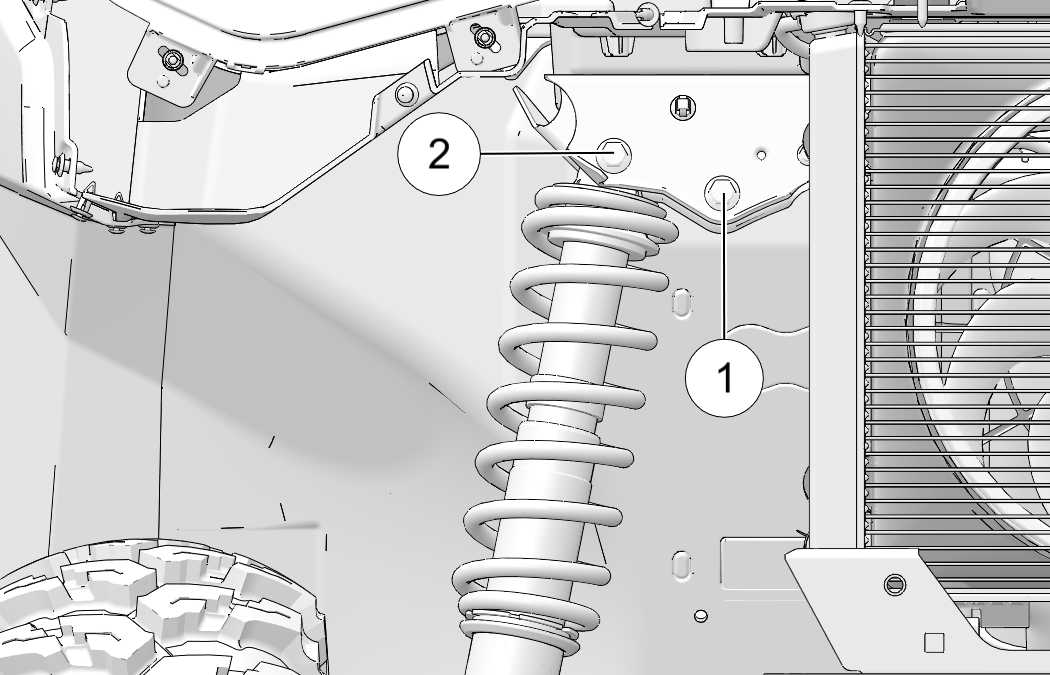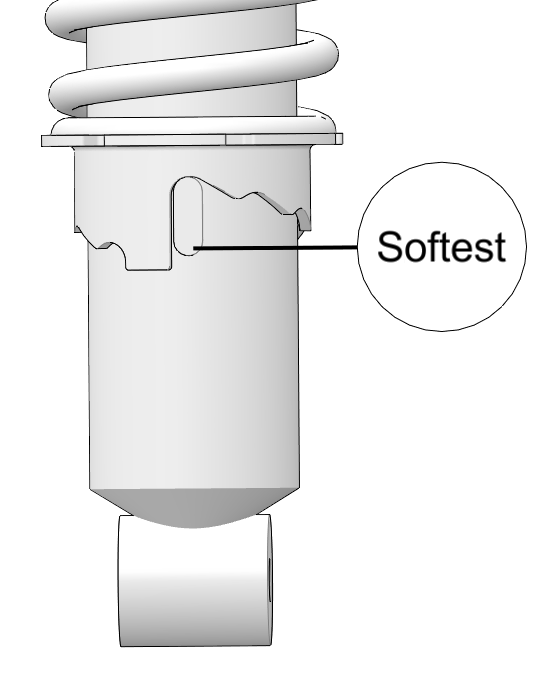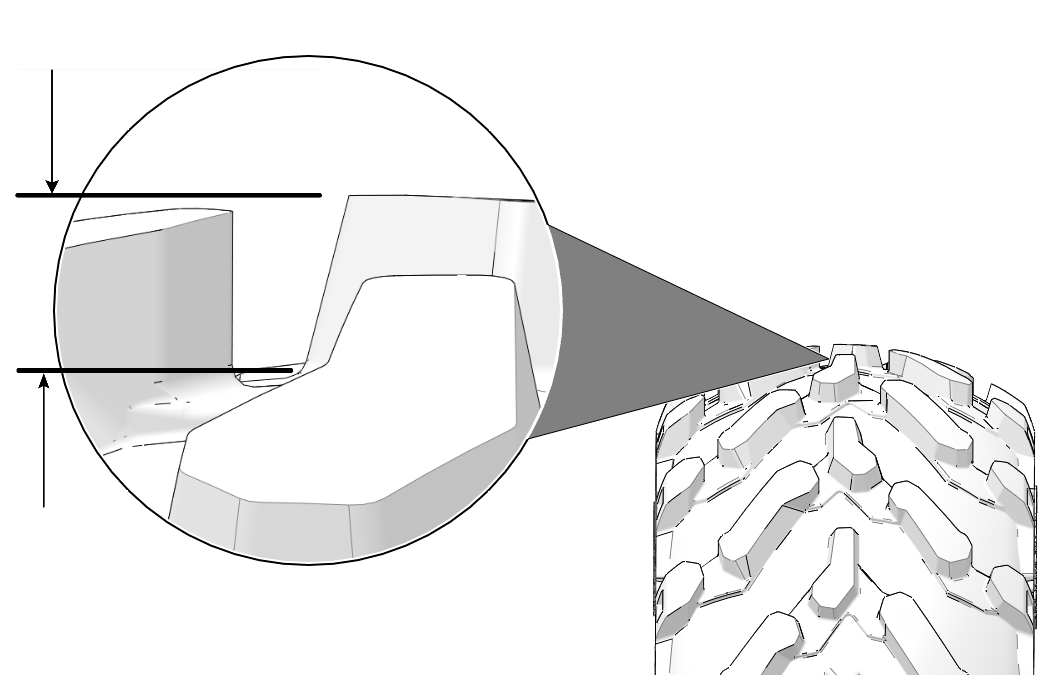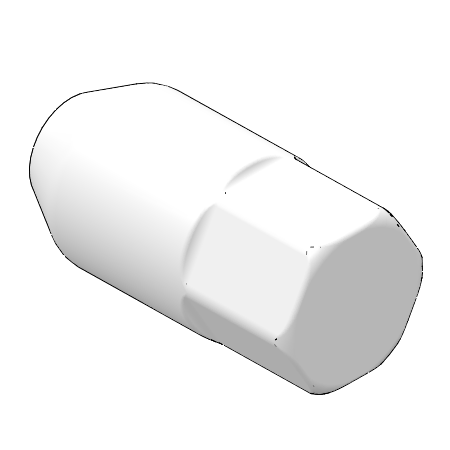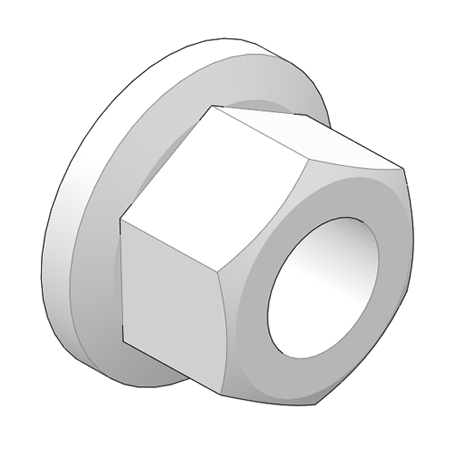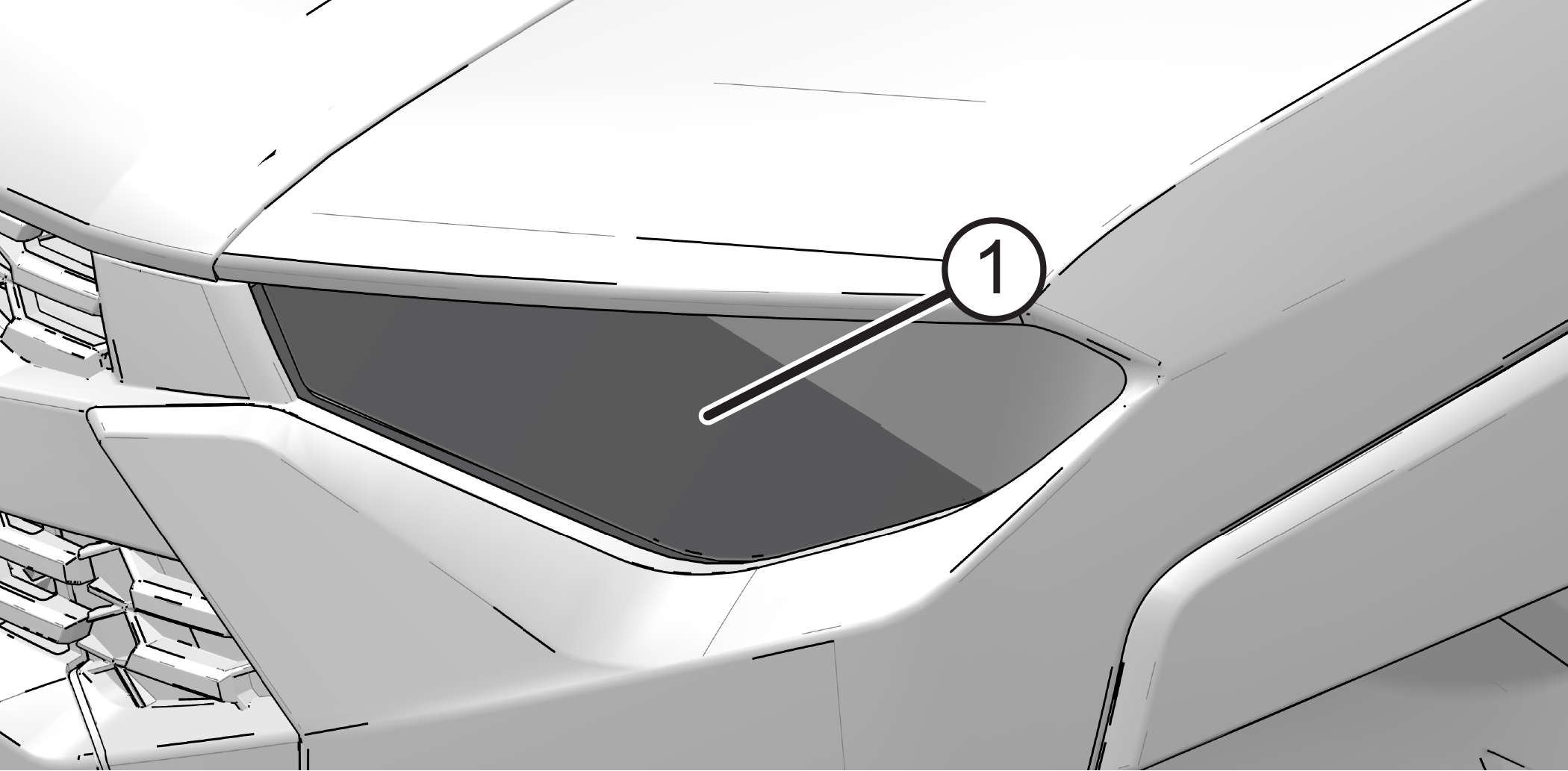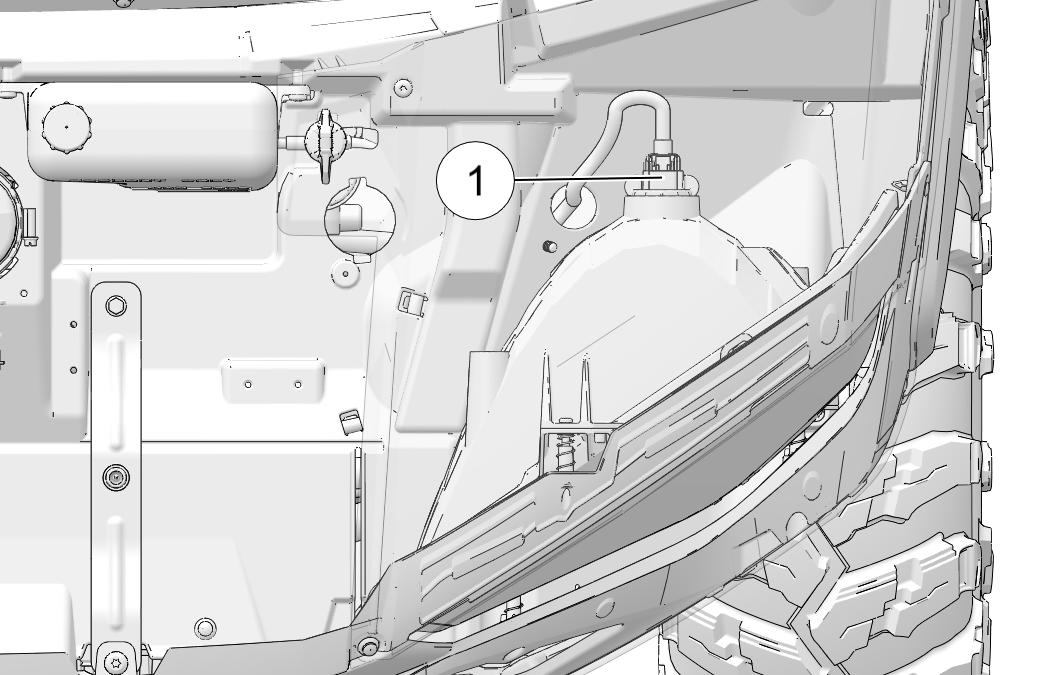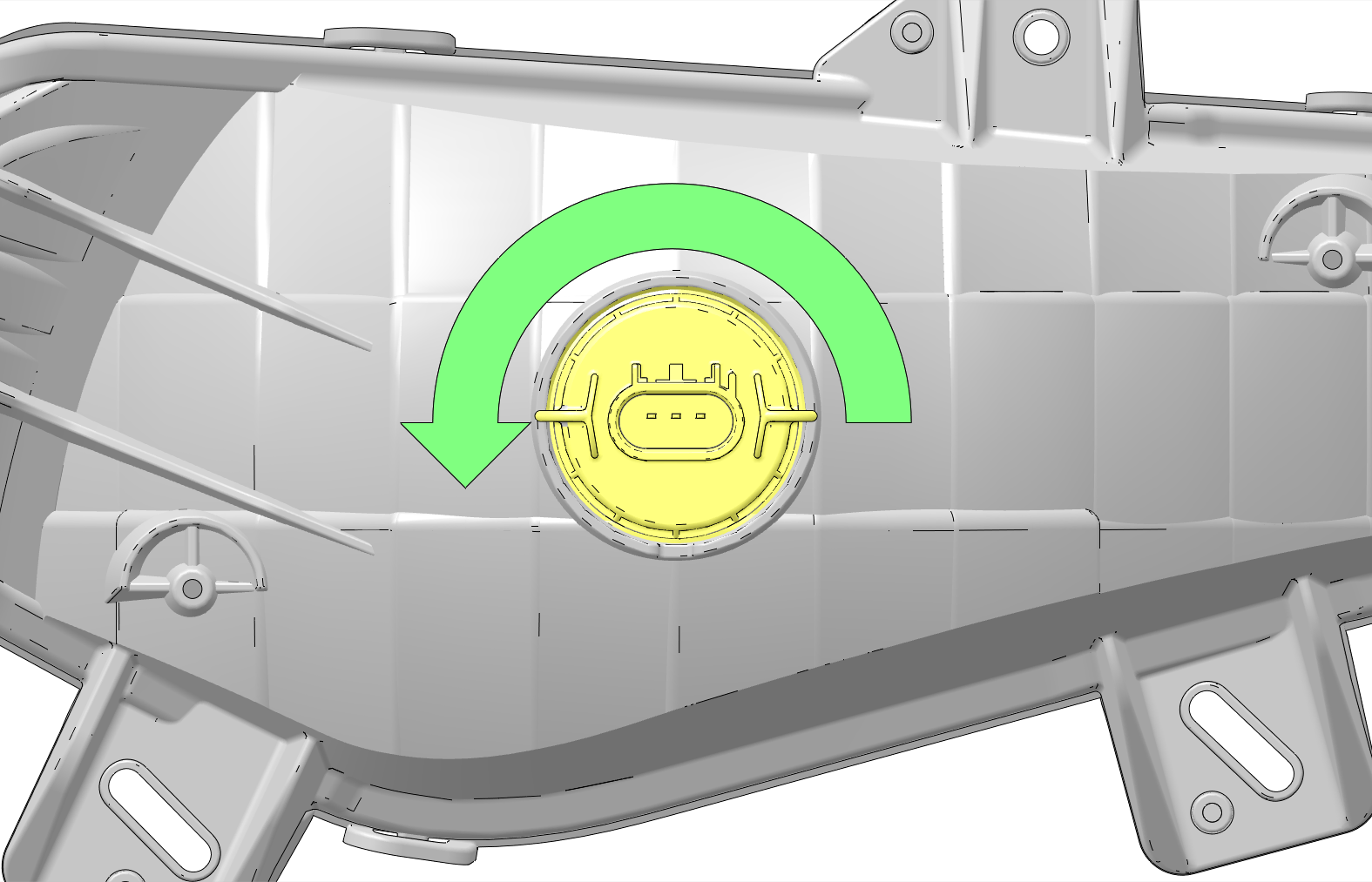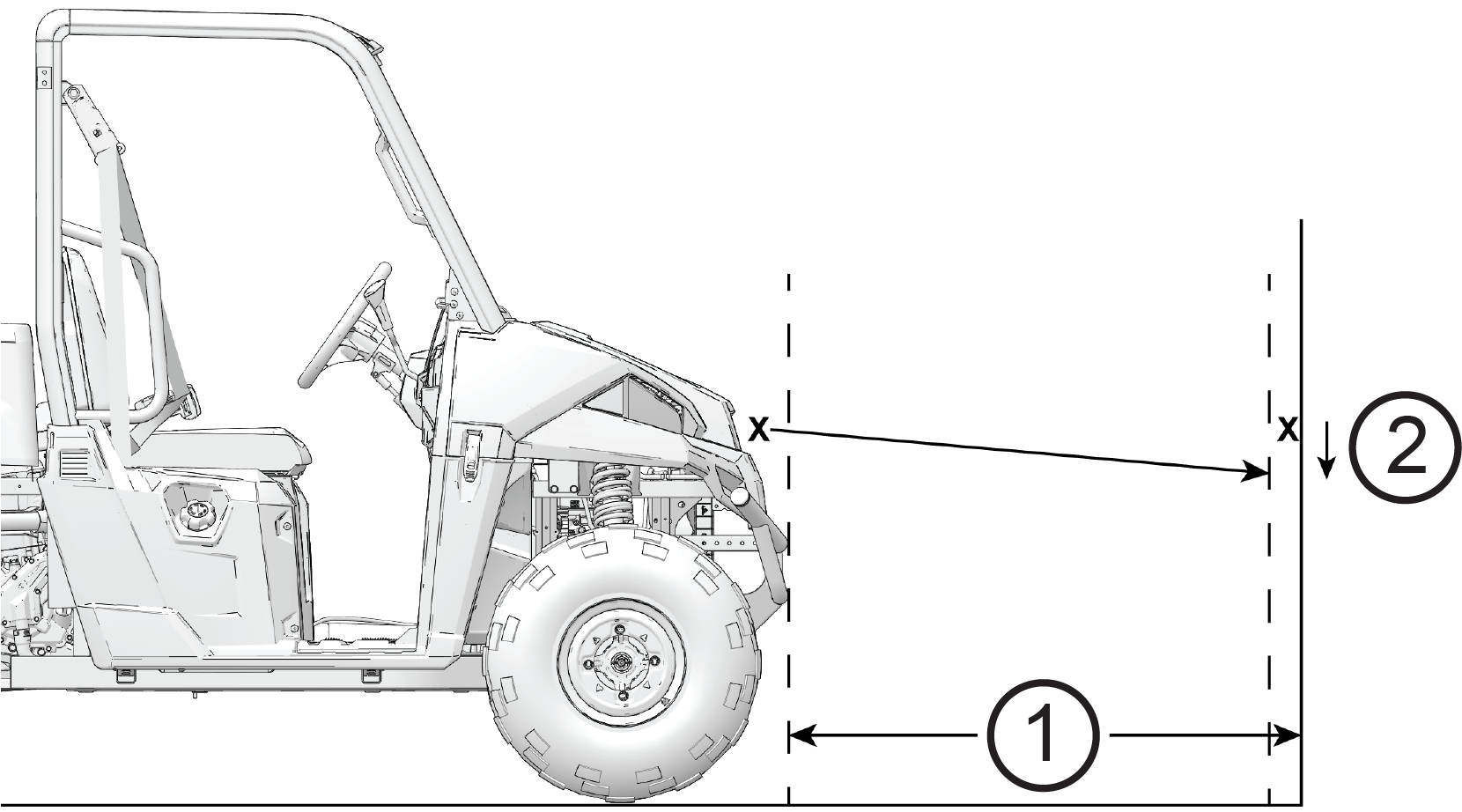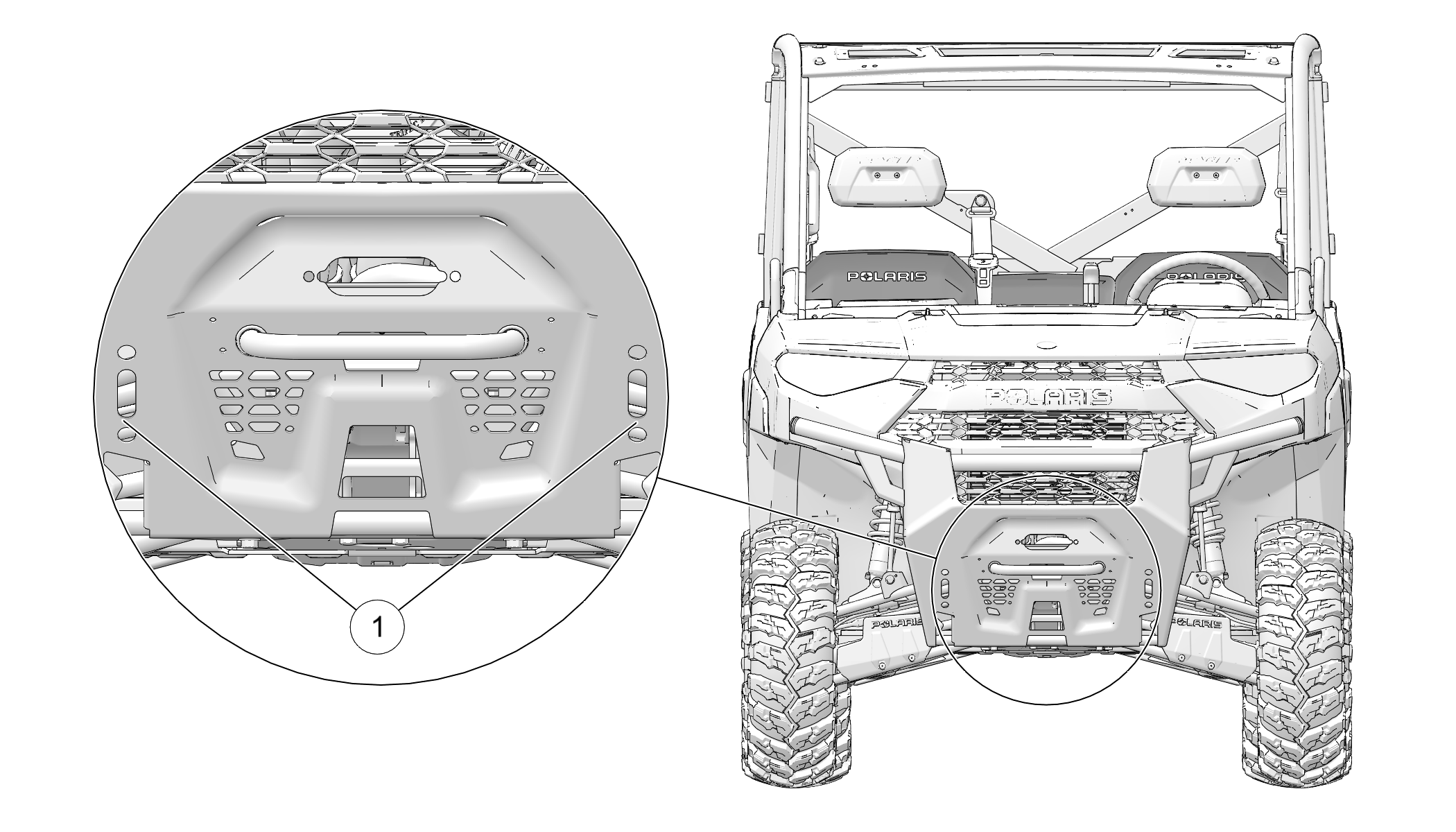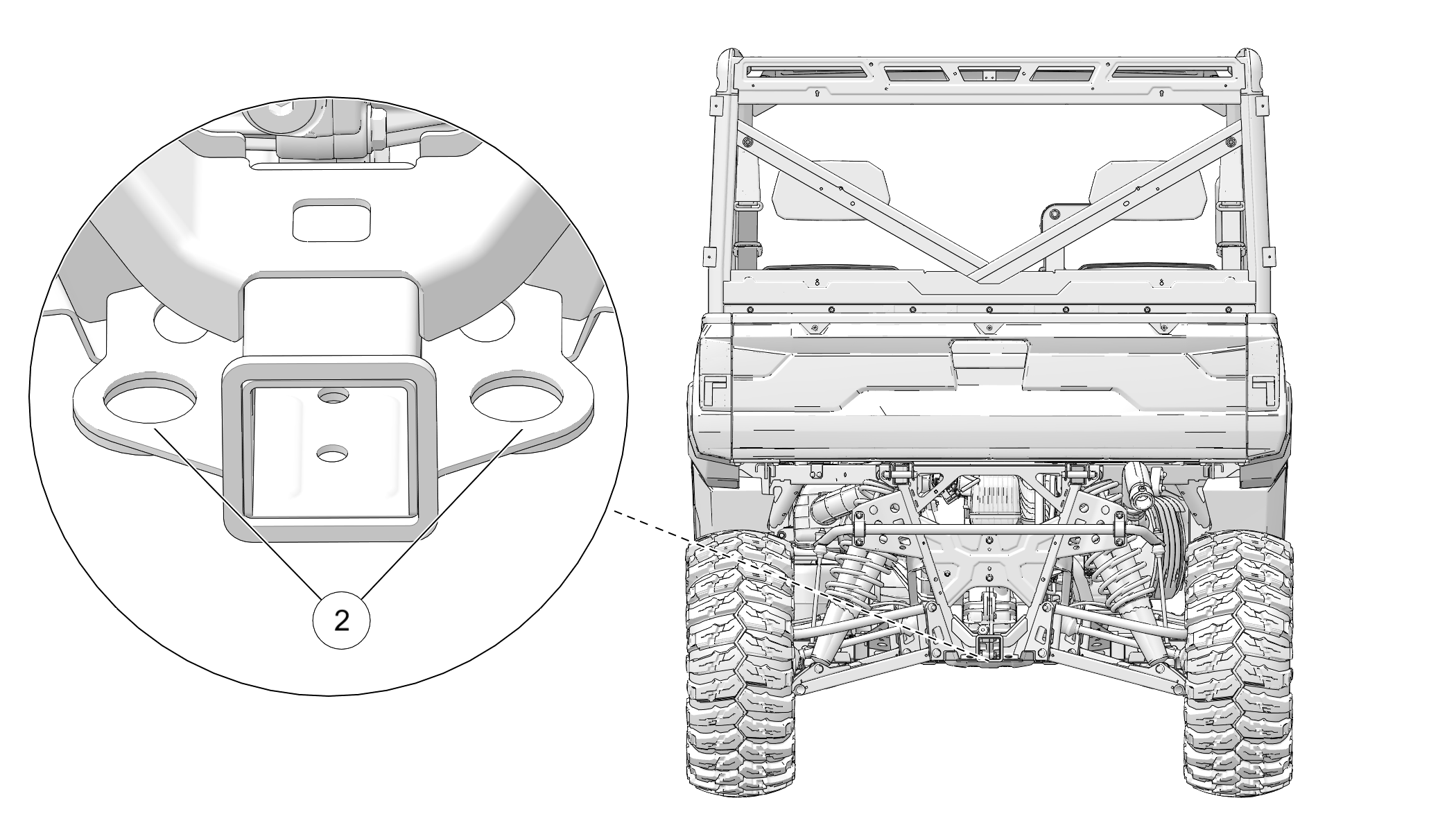-
Read this entire manual and all labels carefully. Follow the
operating procedures described.
-
Never allow anyone under the age of 16 to operate this vehicle
and never allow anyone without a valid driver's license to operate
this vehicle.
-
Do not carry a passenger until you have at least two hours
of driving experience with this vehicle.
-
No person under the age of 12 may ride as a passenger in this
vehicle. All riders must be able to sit with backs against the seat,
both feet flat on the floor and both hands on the steering wheel (if
driving) or on a passenger hand hold.
-
The driver and all passengers must wear helmet, eye protection,
gloves, long-sleeve shirt, long pants, over-the-ankle boots and seat
belt at all times.
-
Always use the cab doors while riding in this vehicle.
-
Always keep hands and feet inside the vehicle at all times.
-
Always keep both hands on the steering wheel and both feet
on the floorboards of the vehicle during operation.
-
Never permit a guest to operate this vehicle unless the guest
has read this manual and all product labels.
-
To reduce rollover risk, be especially careful when encountering
obstacles and slopes and when braking on hills or during turns.
-
Never consume alcohol or drugs before or while operating this
vehicle.
-
Never operate at excessive speeds. Always travel at a speed
proper for the terrain, visibility and operating conditions, and your
experience.
-
Never attempt jumps or other stunts.
-
Always inspect the vehicle before each use to make sure it's
in safe operating condition. Always follow the inspection procedures
described in this manual.
-
Always travel slowly and use extra caution when operating on
unfamiliar terrain. Be alert to changing terrain.
-
Never operate on excessively rough, slippery or loose terrain.
-
Always follow proper procedures for turning. Practice turning
at slow speeds before attempting to turn at faster speeds. Never turn
at excessive speeds.
-
Always have this vehicle checked by an authorized POLARIS dealer
if it has been involved in an accident.
-
Never operate this vehicle on hills too steep for the vehicle
or for your abilities. Practice on smaller hills before attempting
larger hills.
-
Always follow proper procedures for climbing hills as described
in this manual. See the Driving Uphill section for details. Check
the terrain carefully before attempting to climb a hill. Never climb
hills with excessively slippery or loose surfaces. Never apply throttle
suddenly. Never make sudden gear changes. Never go over the top of
a hill at high speed.
-
Always follow the proper procedures outlined in this manual
for traveling downhill and for braking on hills. See the Driving Downhill
section for details. Check the terrain carefully before descending
a hill. Never travel downhill at high speed. Avoid going downhill
at an angle, which would cause the vehicle to lean sharply to one
side. Travel straight down the hill where possible.
-
Always check for obstacles before operating in a new area.
Never attempt to operate over large obstacles such as large rocks
or fallen trees. Always follow the proper procedures outlined in this
manual when operating over obstacles. See the Driving Over Obstacles
section for details.
-
Always be careful of skidding or sliding. On slippery surfaces
such as ice, travel slowly and exercise caution to reduce the chance
of skidding or sliding out of control.
-
Never operate your vehicle in fast-flowing water or in water
deeper than that specified in this manual. See the Driving Through
Water section for details. Wet brakes may have reduced stopping ability.
Test your brakes after leaving water. If necessary, apply them lightly
several times to let friction dry out the pads.
-
Always be sure there are no obstacles or people behind your
vehicle when operating in reverse. When it's safe to proceed in reverse,
move slowly. Avoid turning at sharp angles in reverse.
-
Always use the proper size and type of tires specified in this
manual. Always maintain proper tire pressure as specified on safety
labels.
-
Never modify this vehicle through improper installation or
use of non-POLARIS approved accessories.
-
Never exceed the stated load capacity for this vehicle. Cargo
should be properly distributed and securely attached. Reduce speed
and follow the instructions in this manual for hauling cargo or pulling
a trailer. Allow a greater distance for braking.
-
Always place the transmission in PARK before getting out of
the vehicle.
-
Always stop the engine before refueling. Remove flammable material
containers from the box before filling them with fuel. Make sure the
refueling area is well ventilated and free of any source of flame
or sparks. Gasoline is extremely flammable. See the Refueling section
for fuel safety warnings.
-
Always remove the ignition key when the vehicle is not in use
to prevent unauthorized use by someone under the age of 16 or without
a driver’s license and proper training, or accidental starting.
-
Never exceed your vehicle’s Gross Vehicle Weight (GVW)
and never load the vehicle improperly. Be aware that stopping distance
is increased when a vehicle is loaded.
-
The driver should pay attention to the road at all times and
always consider the risk of being distracted if operating the instrument
cluster while driving.
-
Never drive the vehicle if the park brake or brake pedal is
applied.
-
An ABS vehicle is designed to operate with its original tires
and a defined pressure. Never use tires or wheels that are aftermarket,
worn, incorrectly sized, incorrectly pressurized, or not correctly
balanced when operating an ABS vehicle.
-
Never install aftermarket calibration or accessories on an
ABS vehicle.
-
ABS vehicles will have an increased stopping distance. Always
adjust vehicle speed in accordance with your abilities, weather conditions,
and surface conditions, especially when driving on surfaces such as
mud, gravel, sand, grass, slippery roads, etc.
-
Excessive braking in a short period of time (approximately
more often than once per kilometer) with ABS activation may create
high temperatures in the brake system components. New parts may be
needed if this occurs.





